The Magic Circle Atoosa Pour Hosseini
Cité internationale des Arts
April — July 2024
April — July 2024
Atoosa Pour Hosseini is the laureate of the three-month Cité Internationale des Arts x Institut Français residency, which took place from April to July 2024.
During this residency, she benefited from a studio-apartment at the Cité Internationale provided by the Institut Français, a residency grant, curatorial support and networking opportunities with art professionals from the Bétonsalon team to assist her in developing her research.
Research project
Following a residency at the Irish Cultural Centre in March 2024, Atoosa Pour Hosseini continued her research on films produced by female directors in France from the 1920s to the present day, such as Germaine Dulac, Jackie Raynal, Chantal Akerman, Maya Deren, Katerina Thomadaki and Maria Klonaris. This residency in Paris allowed her to consult the film catalogues of Lightcone and the Collectif Jeune Cinéma, as well as the archives of numerous institutions, including the Cinémathèque française and the Centre audiovisuel Simone de Beauvoir, and to make contact with experimental film production studios. This research has enabled her to deepen her knowledge of the links between performance, body politics and the emergence of expanded cinema.
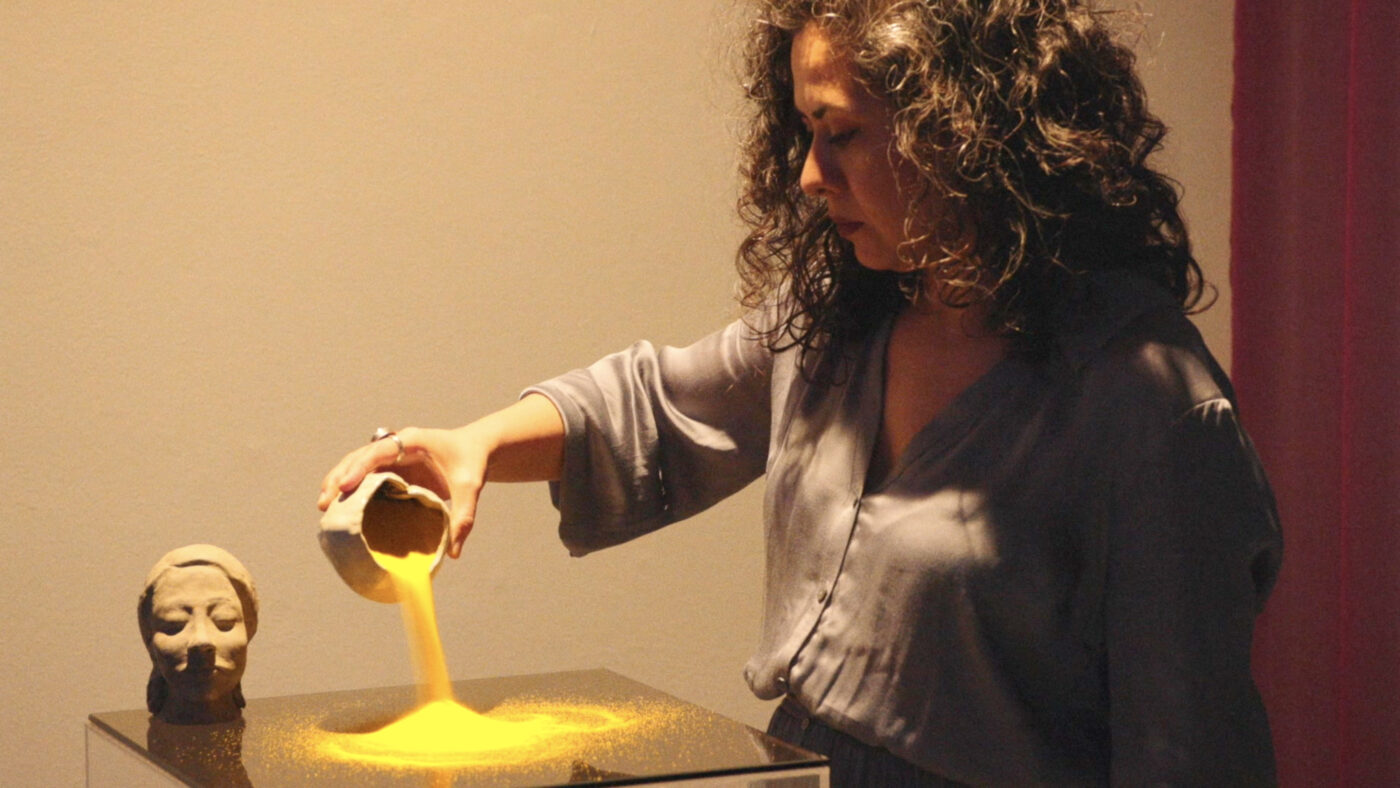
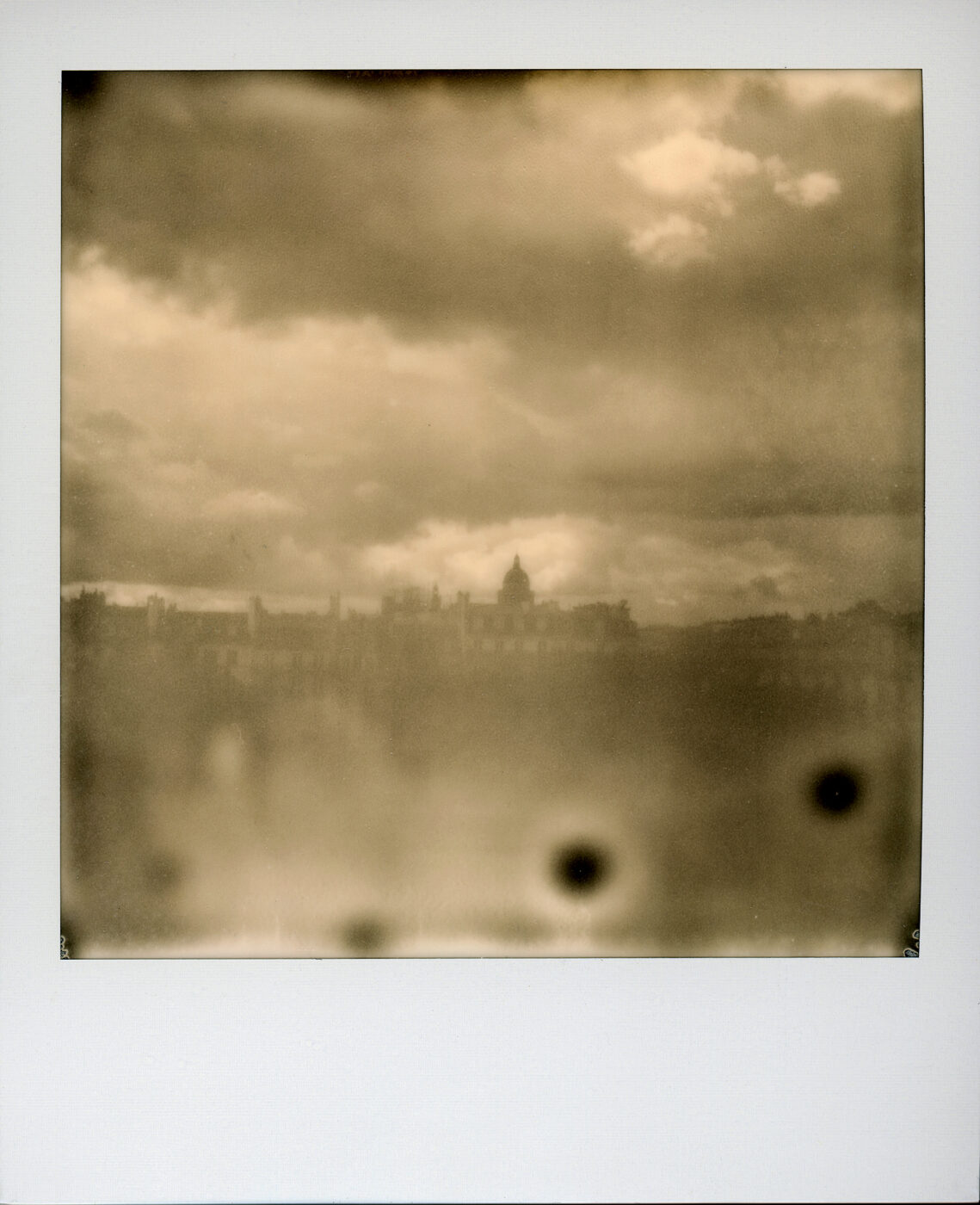
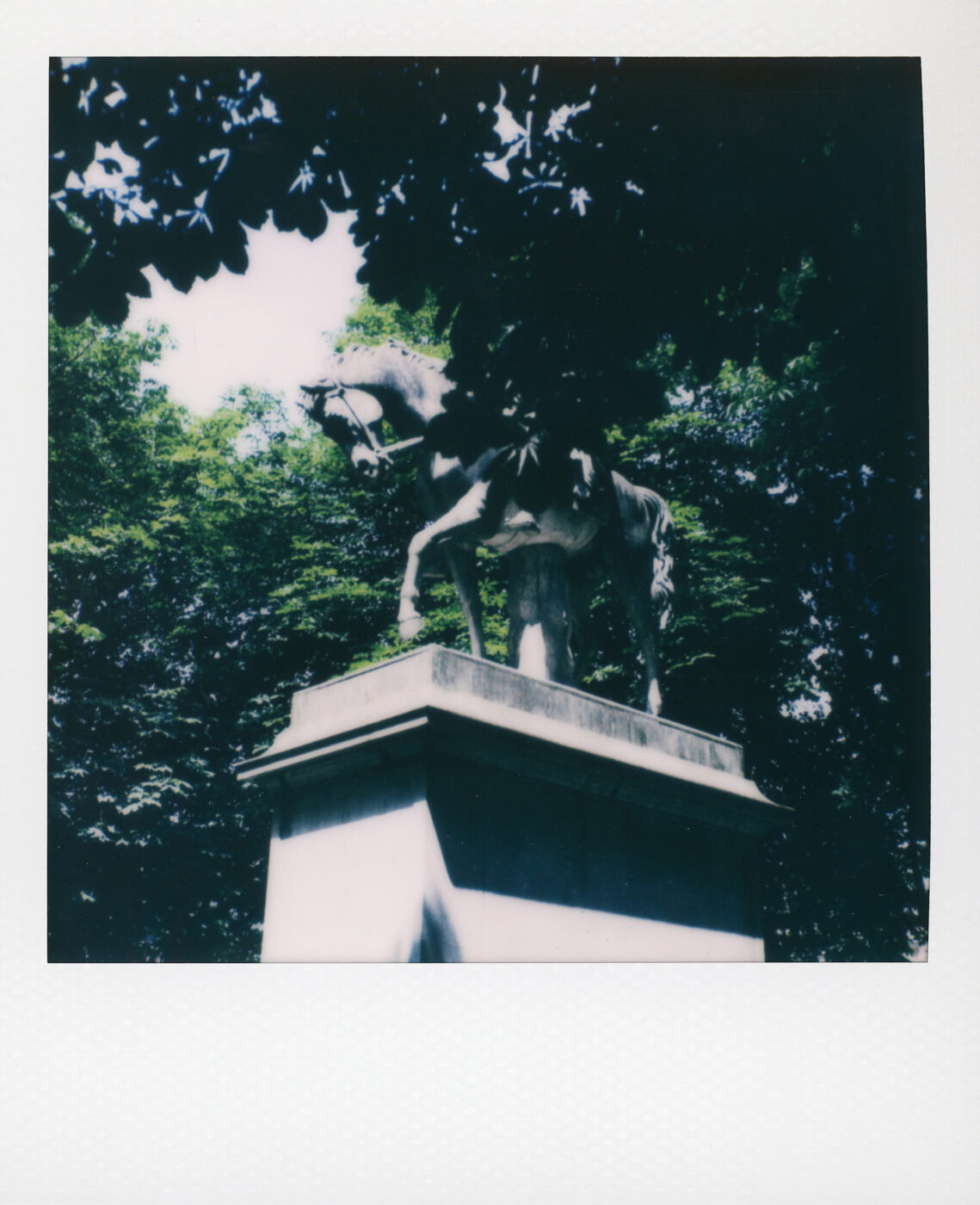
SÉCURITÉ SOCIALE PRÉLUDE – 2024 ADAGP / Bétonsalon research and production grant Florian Fouché
2024
The artistic committee of the ADAGP / Bétonsalon research grant met on 21 May 2024 and chose Florian Fouché as the 2024 laureate. He is the seventh artist to receive this grant after franck leibovici (2017), Liv Schulman (2018), Euridice Zaituna Kala (2019), Anne Le Troter (2021), Abdessamad El Montassir (2022) and artist duo Irma Name (2023).
The ADAGP / Bétonsalon grant is a an endowment of €15,000 intended to support an artist in a research project over the course of several months. Bétonsalon – centre for art and research supports the artist in the research and production process. The artist receives €4,000 in fees and €8,000 for production.
The artistic project
Titled SÉCURITÉ SOCIALE PRÉLUDE [THE PUBLIC HEALTH CARE SYSTEM: A PRELUDE], Florian Fouché’s research is a continuation of the Manifeste Assisté [Assisted Manifesto], a vast investigation on “assisted life“ that is both perceptual and documentary. Begun in 2015, this investigation originates from the care-pathway the artist’s father, Philippe Fouché, received following a stroke that rendered him hemiplegic. From then on, he was accompanied by his son in his everyday life, and became the main protagonist of “actions proches” [close actions] where care roles and assistance positions are redistributed. Over 400 “actions proches“ have been performed and recorded since, featuring about 40 “assistants-assisted actors”. Activated in March 2024 with a first set of works, SÉCURITÉ SOCIALE PRÉLUDE identifies critical links and shared failures between two systems of the French public service: health and art. From the history of the health care system to the threats to the Aide Médicale d’État [Medical State Aid] (which the artist translates as Â.M.E [SOUL]), from administrative phobia to the almost simultaneous closures of the Robert Doisneau nursing home (in the 18th district of Paris) which welcomed Philippe, and the Centre Pompidou in 2025, Florian Fouché seeks to track down the societal mutations which have a concrete effect on bodies, on the scale of individuals and collective imagination.
For the ADAGP/Bétonsalon grant, Florian Fouché’s research focuses on different archives from the Kandinsky Library which enable him to link medical and artistic institutions through the history of these places, their architecture, and their mutations. He will look into Vera Cardot and Pierre Joly’s photographic collections, Paul Nelson’s collection on the architectures of artist studios and hospitals, as well as the history of Constantin Brâncuși’s studio. Originally located on Impasse Ronsin in Paris, the studio was destroyed after the artist’s death to welcome a new wing of the Necker Sick Children’s Hospital, before it was reconstructed in 1997 by Renzo Piano in front of the Centre Pompidou, where it is currently located. By analyzing Brâncuși’s epistolary correspondence and photographs of his workplace, Florian Fouché will strive to “identify the ghosts of cared-for children and carers” who might have inhabited the sculptor’s studio and artworks in an underground and anticipatory way.
From another perspective, Florian Fouché’s reseach will also focus on the “oblique function”, a concept developed in 1963 by Claude Parent (in collaboration with Paul Virilio) which challenges the orthogonality of urban planning with a new relationship to the inclined plane based on a dynamic of imbalance. This function is echoed in a functional aspect by the PRM (Person with Reduced Mobility) access ramp. This analysis will focus on documents from the Parent collection, relating to his architectural projects such as theatre risers, hospital facilities and nuclear power stations, as well as the derivative use of this ‘function’ proposed by Nicole Parent with the “gymnastics for living” method also known as “inclipan”. Florian Fouché will develop a script for a series of videos in which actors will experiment with the ‘de-functionalisation’ of a PRM ramp and its transformation into an urban public theatre performance space: the “Pèremère [Fathermother] ramp”. All of this research will be used to update the SÉCURITÉ SOCIALE PRÉLUDE project for an exhibition at Bétonsalon in 2025.
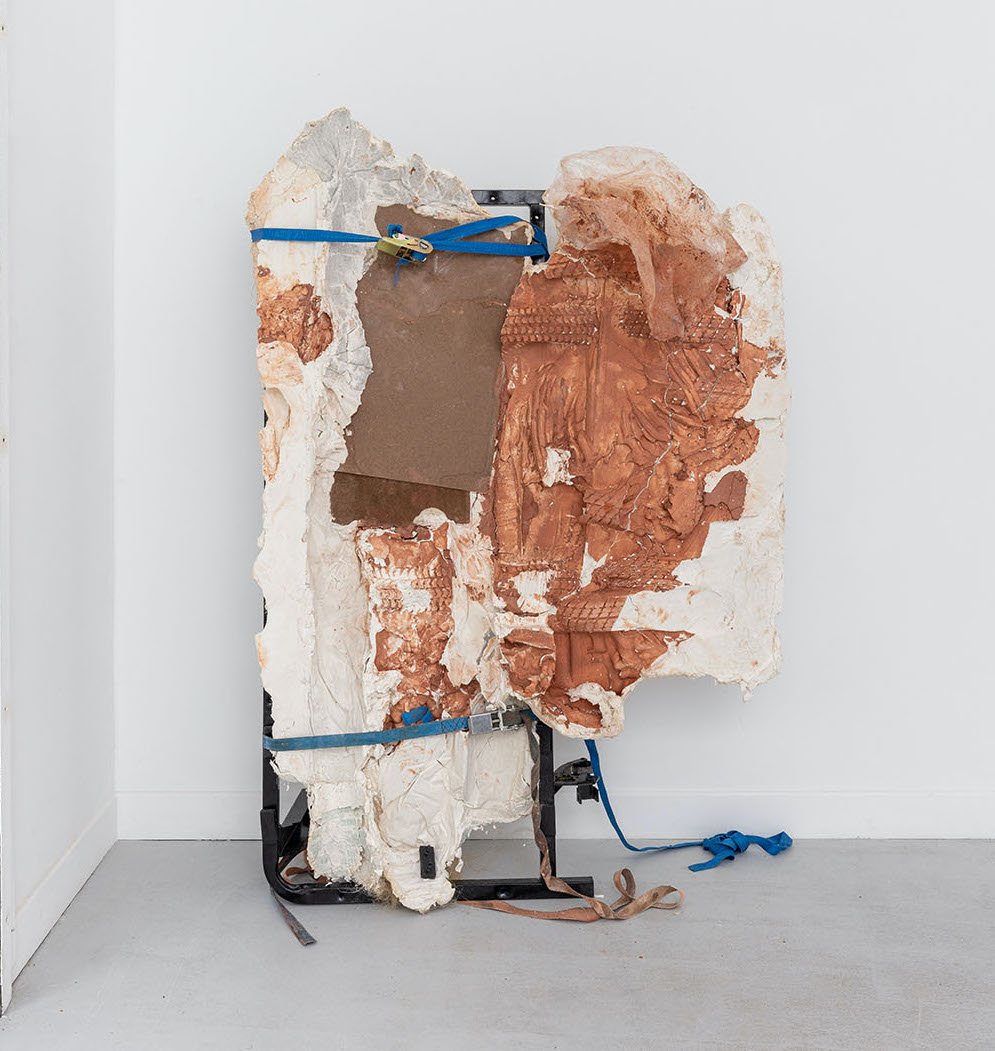
Trajectories. An exhibition from the ArTeC’s master’s programme With Nina Chiron, Paola Mendoza Osorio, Bruno Pace, Laureen V.V., Lena Karson, Dan Zhu, Zeineb Ghorbel, Hong Qu, Nina Blagojevic, Assia Chabane, Diane-Line Farré, Emilio Sánchez Galán, Matteo Michelini, Alissa Sylla, Lucile Hujeux, Kahina At Amrouche, Younès Guilmot, Tsu-Wei Lu, Maxence Bossé, Pauline Lida Robert, Han Du
17 — 18 June 2024
The 2nd-year students of the ArTeC’s master’s programme invite you to their graduates’ exhibition, a vibrant celebration of research and creation in all its forms. This unique moment stands out thanks to the multiplicity of media and approaches, which reflect deeply personal artistic gestures inscribed in intimate paths of reflection and research. Each exhibited project traces singular trajectories through research-creation, making this exhibition impossible to define beyond its conceptual umbrella.
Research and creation can take many forms here: plastic, motionless, performed, visual, spiritual, written or danced. The devices on display shift our gaze and invite us to explore a subtle theory, everywhere yet often invisible. How do we combine research and creation? What role does theory play in an exhibition?
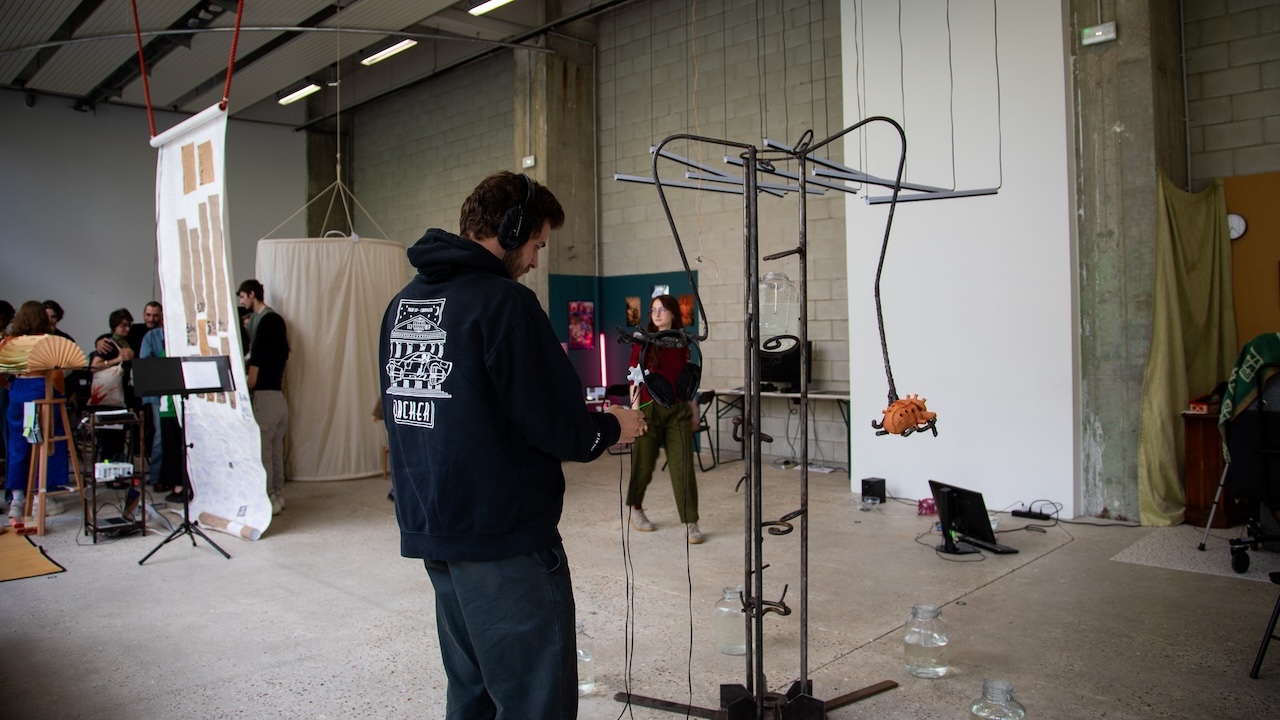
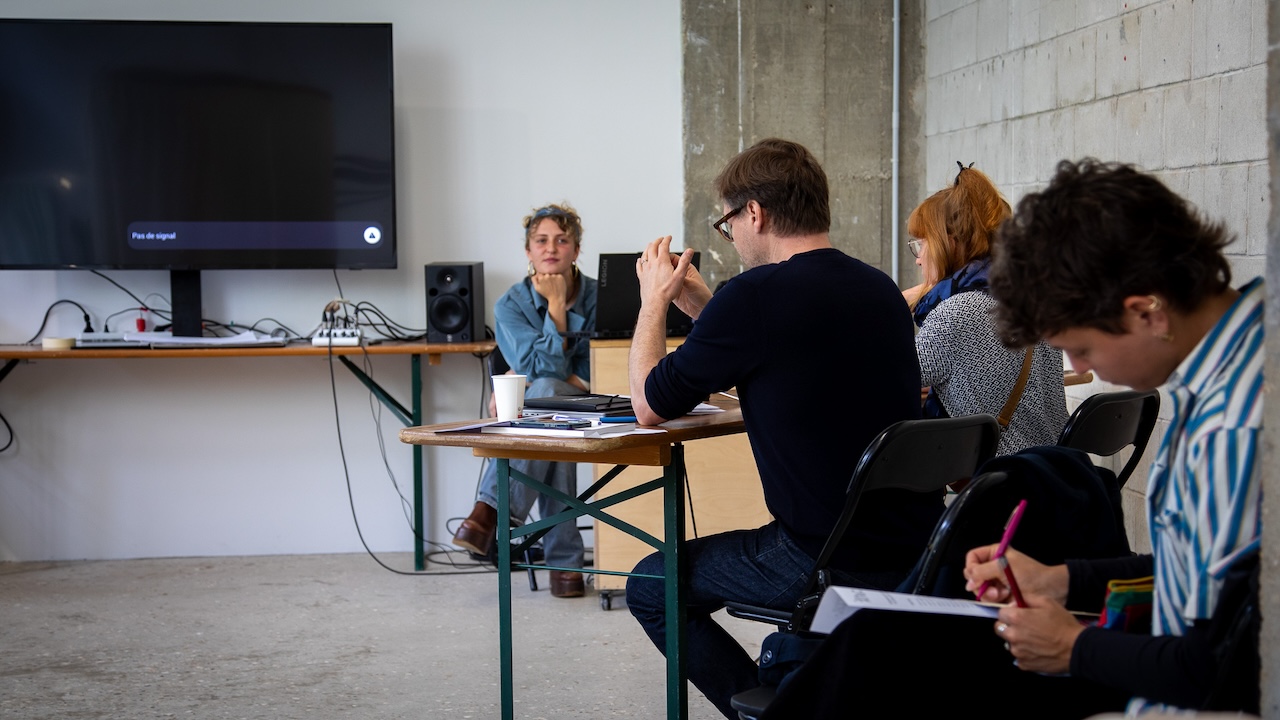
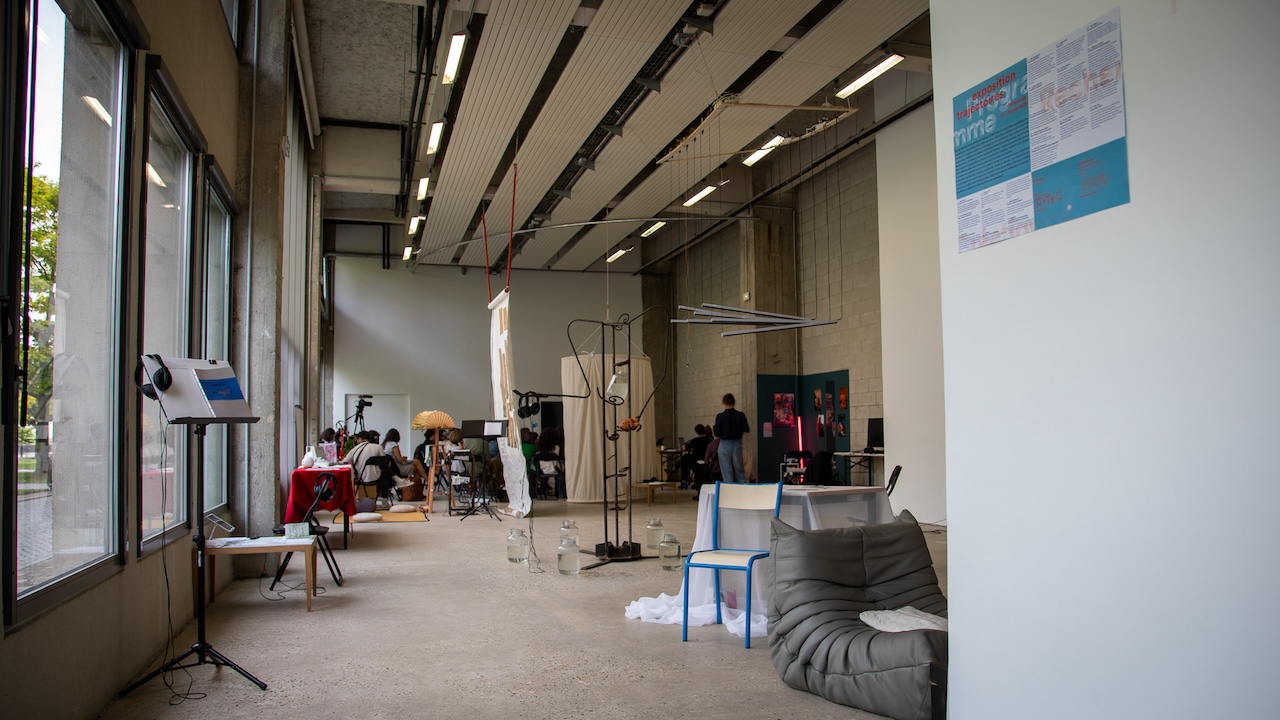
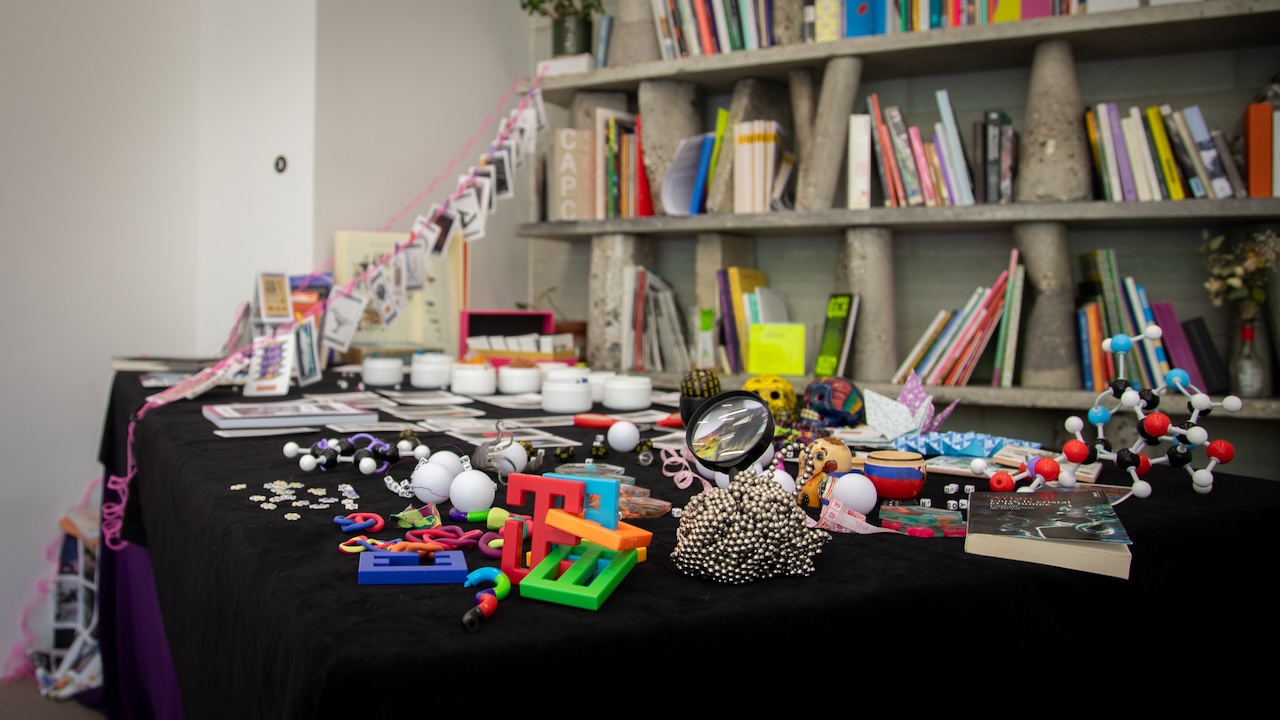
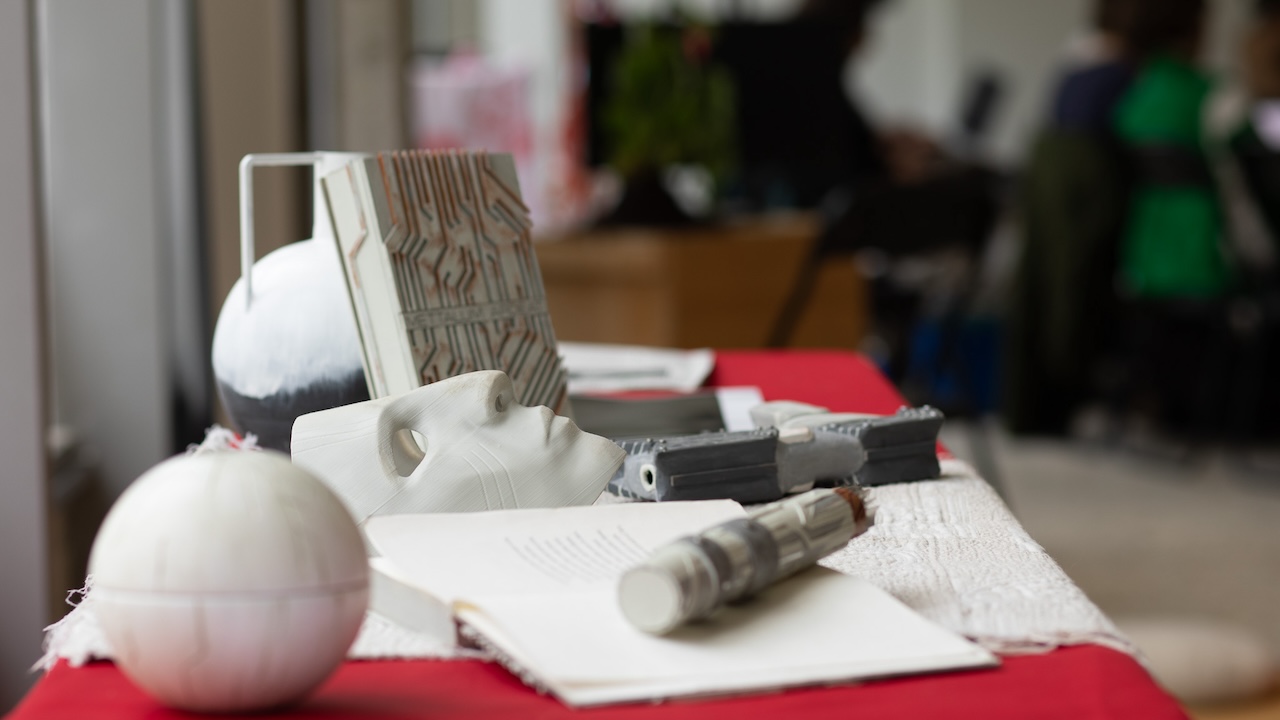
KEEPYOURSPIRITSUP! With Clément Courgeon, Louise Siffert, Gwendal Coulon, Costa Badía, and the Ostensible collective (No Anger & Lucie Camous)
June — July 2024
In today’s Western societies, sport has taken such an important role in our daily lives that it has become more than a form of individual or collective leisure, or a determined regular physical activity. It now permeates our everyday, its wordage impregnating our speech, from “how are you doing, champ ?” as hellos to “it’s a marathon, not a sprint, keep going !” as words of encouragement clearly borrowed from racing. Even in the workplace, it has become synonymous with success. A company will insist on “performance”, “personal records” and “team victories”. If sport is first strictly defined as all the types of physical activity that people do to keep healthy or for enjoyment (Cambridge dictionary), it also conveys a culture of heroism, of surpassing yourself, but also others. However, it is clear that its agonistic tendencies have also invaded our lives. German economist and sociologist Max Weber already highlighted in his writings how passions for wealth had all the characteristics of a sport, as they were inhabited by the logic of combat, competition and performance. Sport has become a widespread part of existence, and is now present outside sport : ‘used as a referent, metaphor or principle of action in ever wider areas of our contemporary reality, sport has left the stadiums and gymnasiums, it has left the restricted framework of sporting practices and shows : it is a system of self-management that consists of involving the individual in the formation of his autonomy and responsibility.¹”
Idiom taken from English, “Keep your spirits up” perfectly fits into this idea of sporting incentive turned into a life mantra. Borrowed from one of Sylvie Fanchon’s paintings – whose exhibition “SOFARSOGOOD” will be used as the framework of this project which brings together artistic performance and sports -, this expression conveys both the driving force of enthusiastic momentum, for oneself but also for others, and the paradoxical injunction to do well at all costs, to be in shape only.
Keep Your Spirits Up! brings together a group of artists who all practice performance and share a desire to explore through their work the notions of effort, limitation, fatigue, but also of rest, retreat, exertion and strike, as well as the societal injunctions to stay optimistic and on course.
Each in their own way, they summon, divert and question this culture of heroism inherited from sport. And while in the contemporary visual arts, performance art generally refers to an action being performed in the presence of an audience, the word also designates a form of accomplishment, of success, in short a kind of victory… But what about artistic performances that resist and offer an alternative to performance, to the ordeal?
This is what this programme proposes to explore by inviting artists to exchange with athletes to better question wellness culture and its capitalistic spiral. What place is there for out-of-time, non-performing, inefficient bodies? How can an exhausted body that refuses to perform and resists injunctions to surpass itself also offer new possibilities for thinking about the collective, interdependence and attention to oneself and others?
Elena Lespes Muñoz
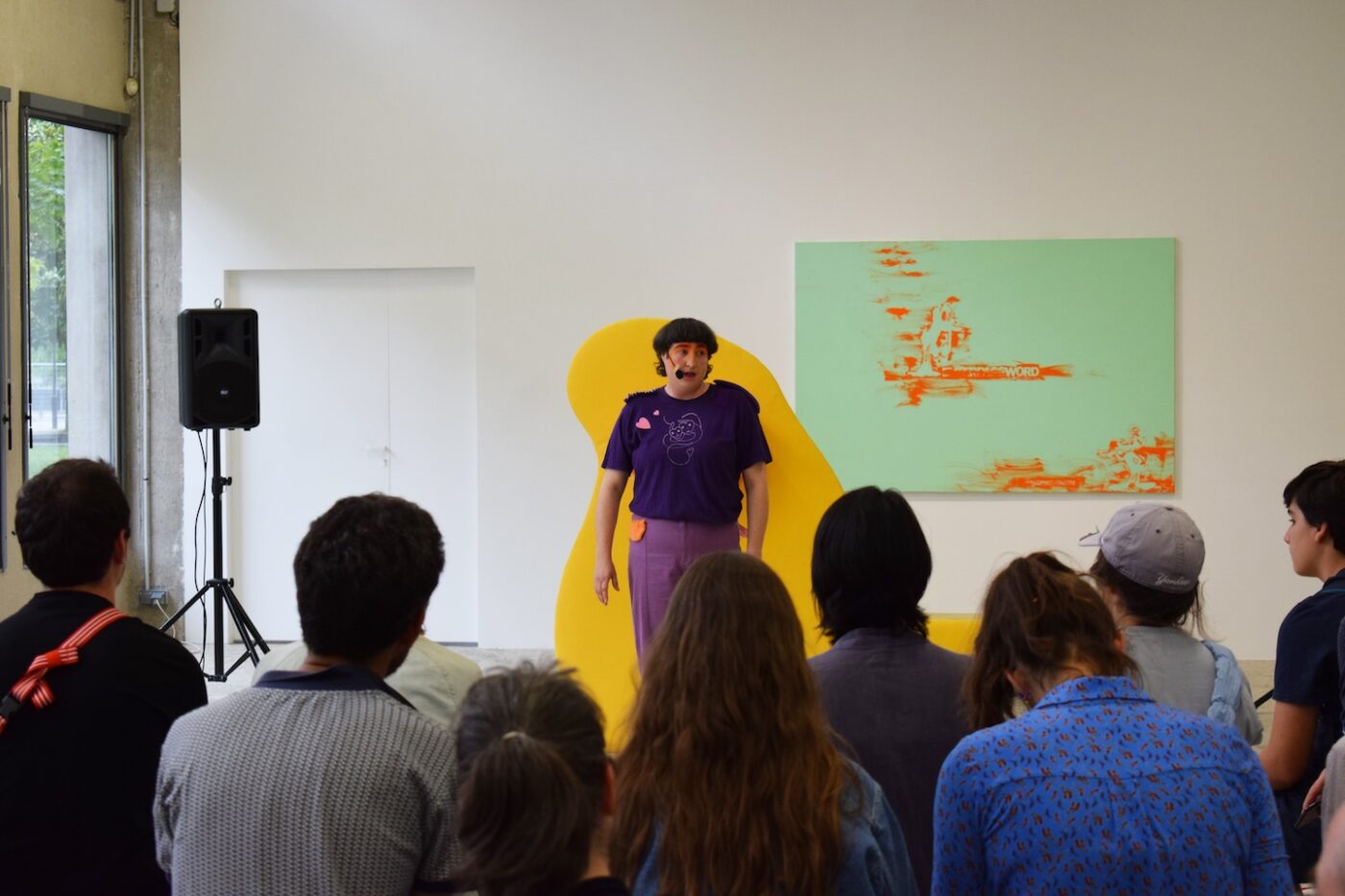
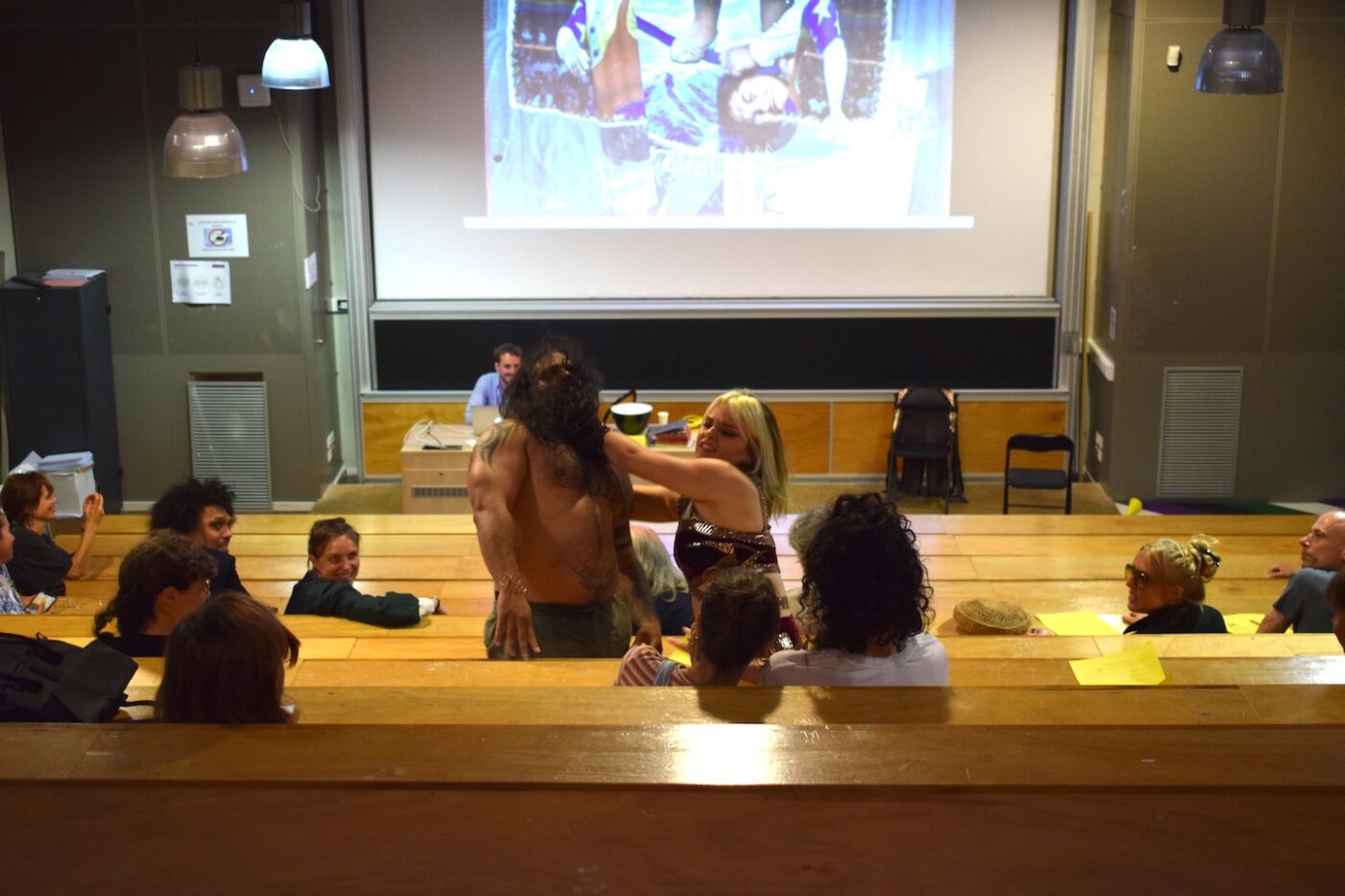
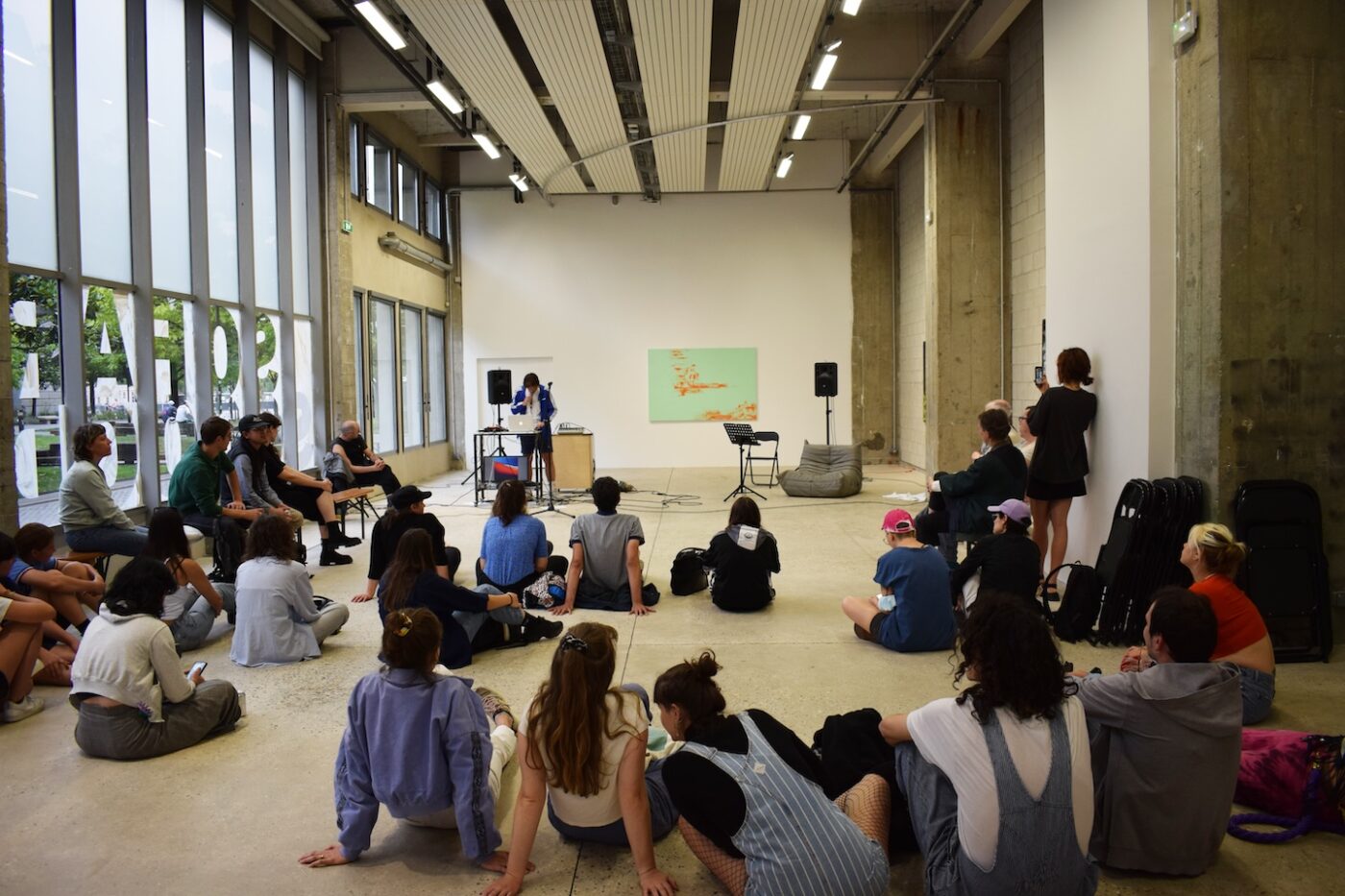
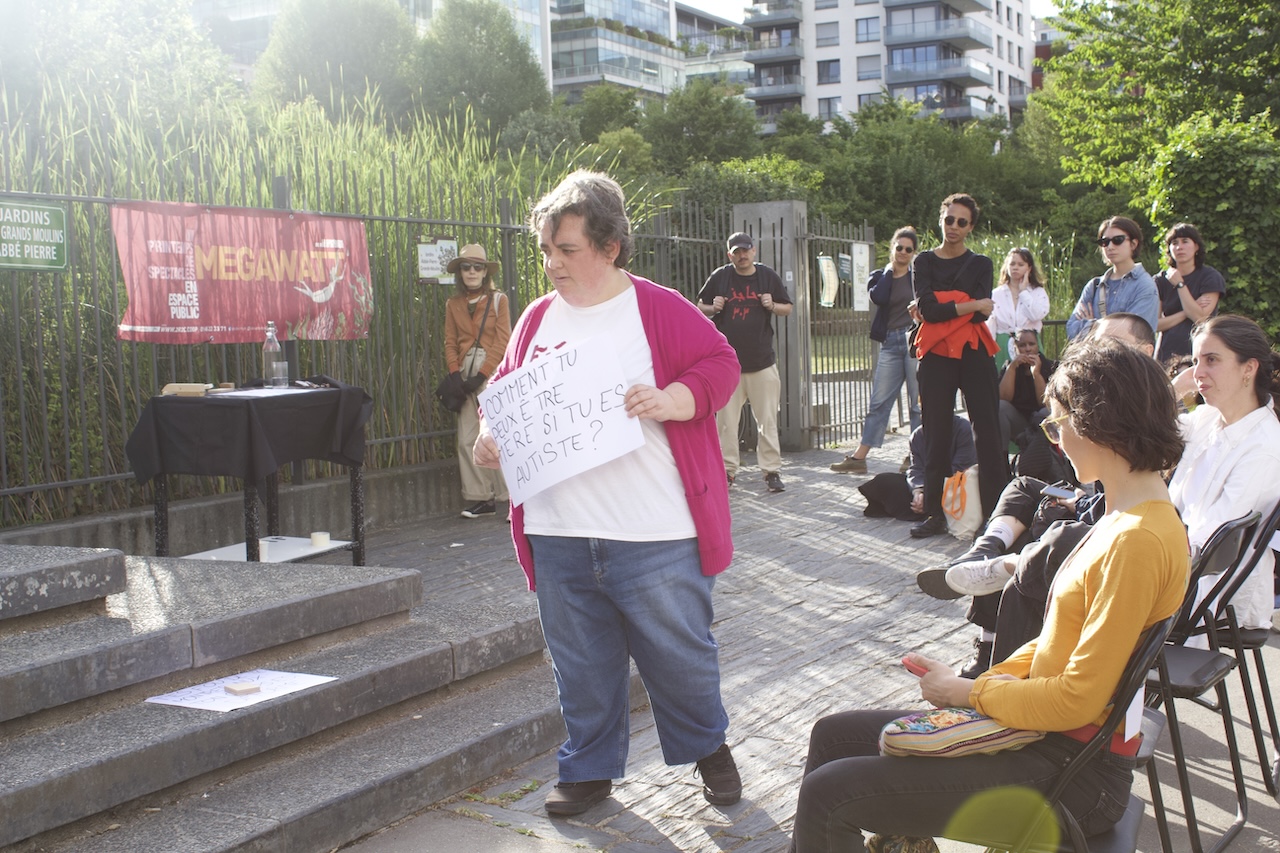
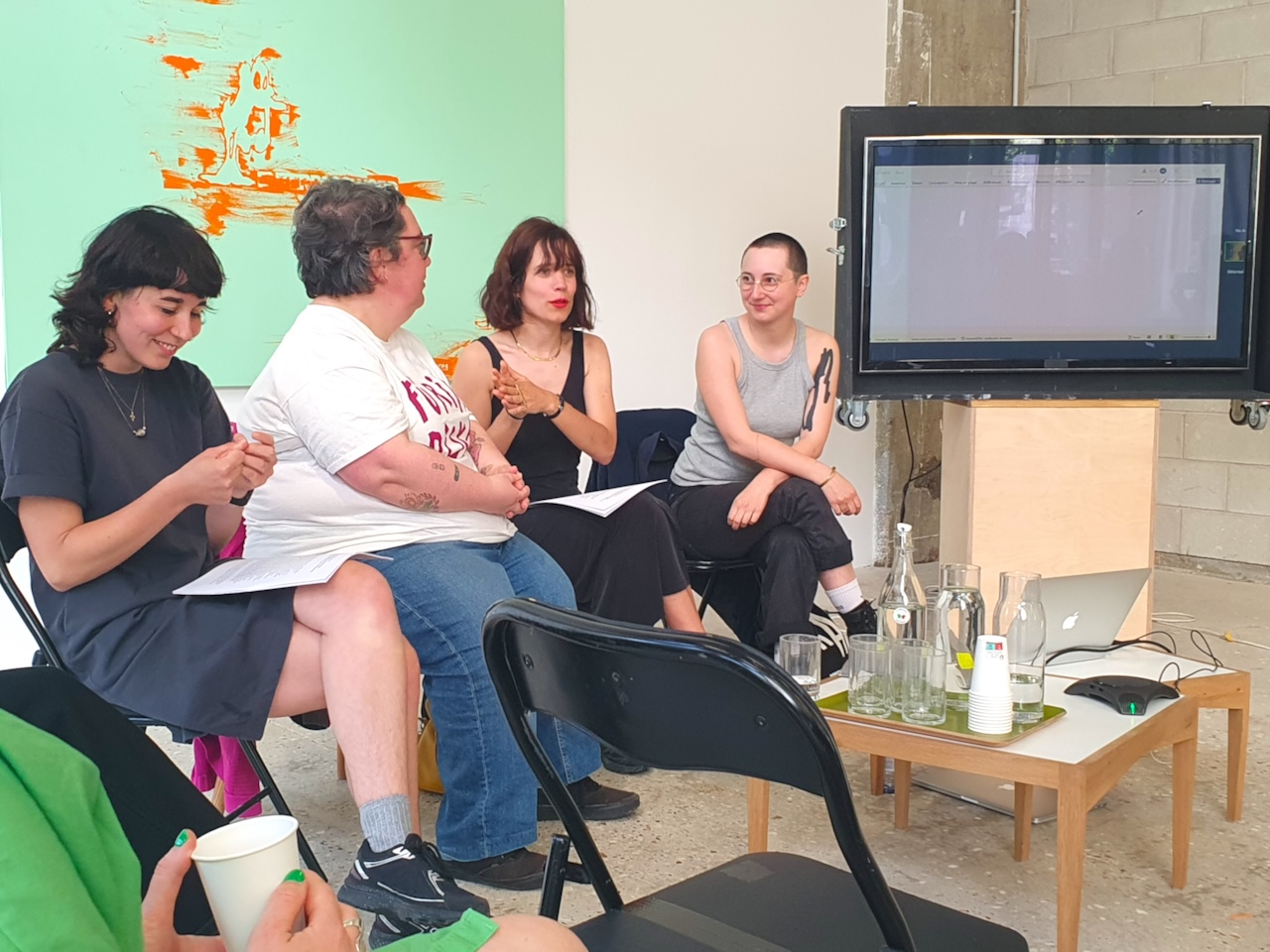
Copy & Paste – Artistic residency Art pour Grandir (Art for Growth) Manon Michèle
September 2024 — June 2025
What kind of world do we dream of when we grow up? How can we dream it together? How do we write it down?
The “Copier-Coller“ project invites schoolchildren from the Thomas Mann school (Paris) to take hold of the immediate and familiar world, the better to get rid of it, by cutting it up, tearing it apart and putting certain pieces back together again.
By introducing the students to the notions of originality, cut-up and pseudonym in literature, and the sample technique in music, the artist invites them to reconsider the way they perceive themselves and others, and themselves in relation to others. Imagining that each of us is made up of a sum of influences all our own, the project invites us to draw inspiration from figures near and far, to assert our own specificity, while at the same time putting our differences into perspective. Carrying a plural and composite voice, the young people will develop – through writing workshops followed by sound and vocal experimentation – a universe populated by dreamed-up versions of themselves, where everything has to be collectively reinvented. By defining the parameters of this ecosystem so that their alter-egos can flourish, they will project a reality determined by their desires, and not the other way around.
For this project, artist Manon Michèle invites musician and producer Emilien Point Afana to contribute to the making of this textual and sonic world.
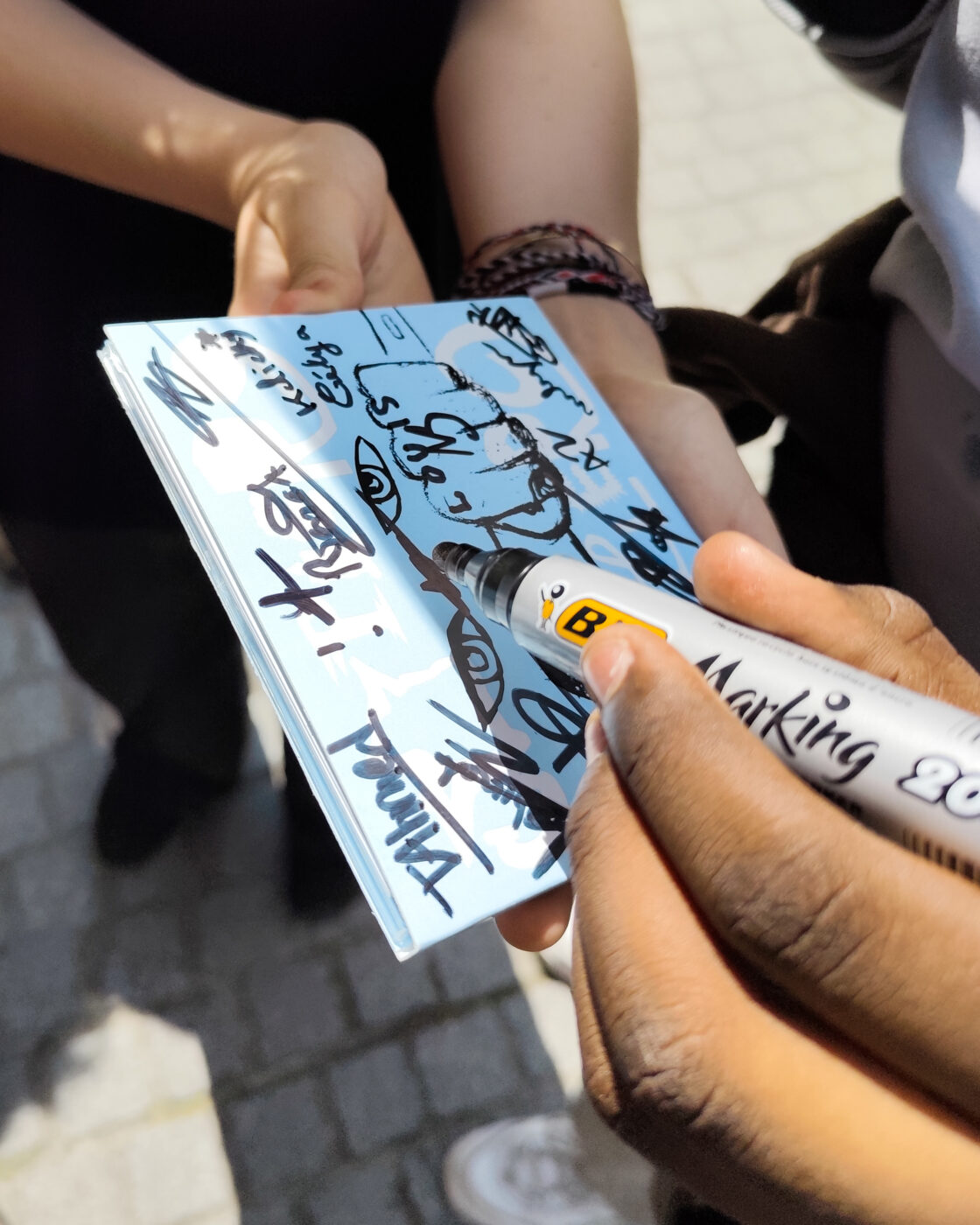
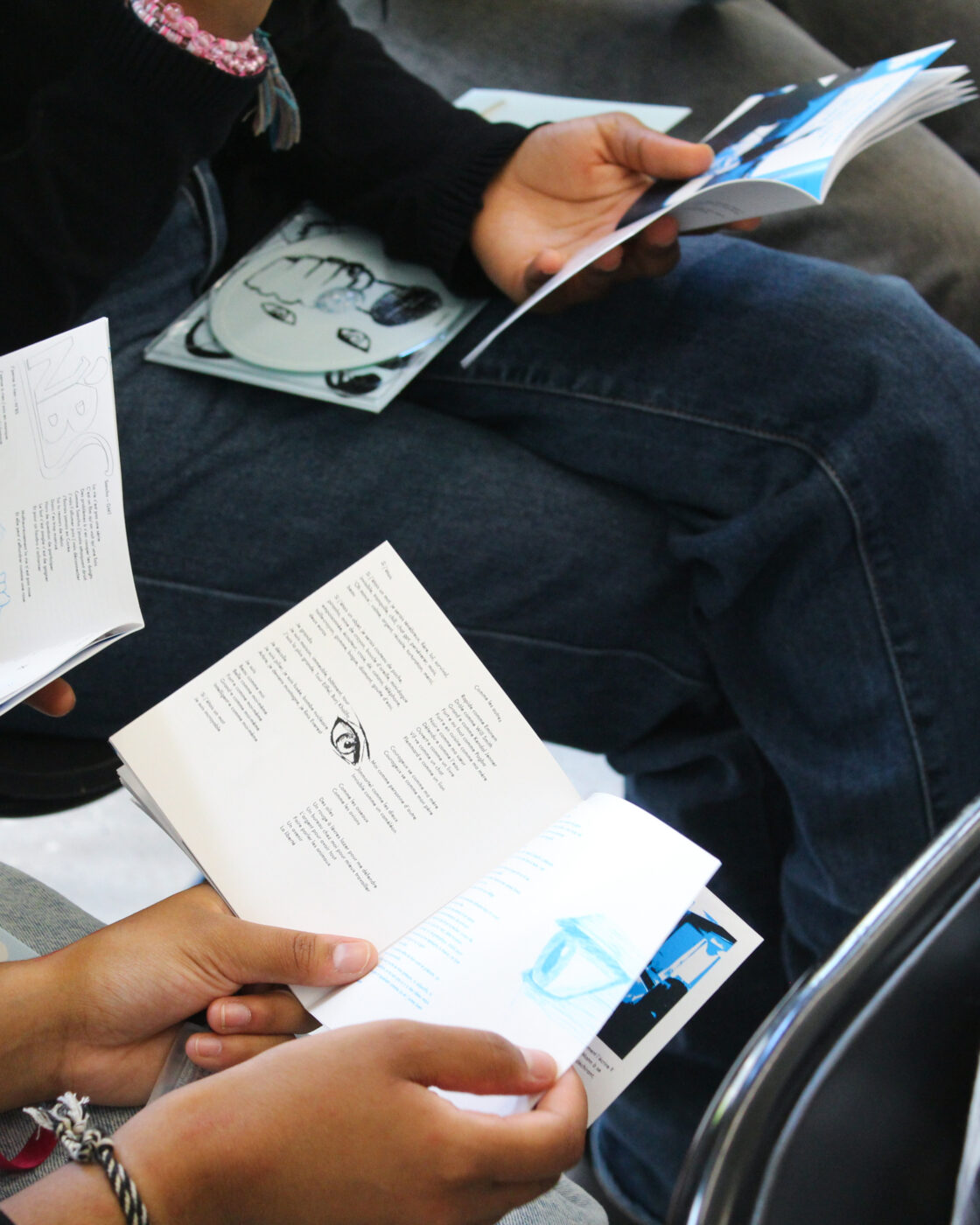
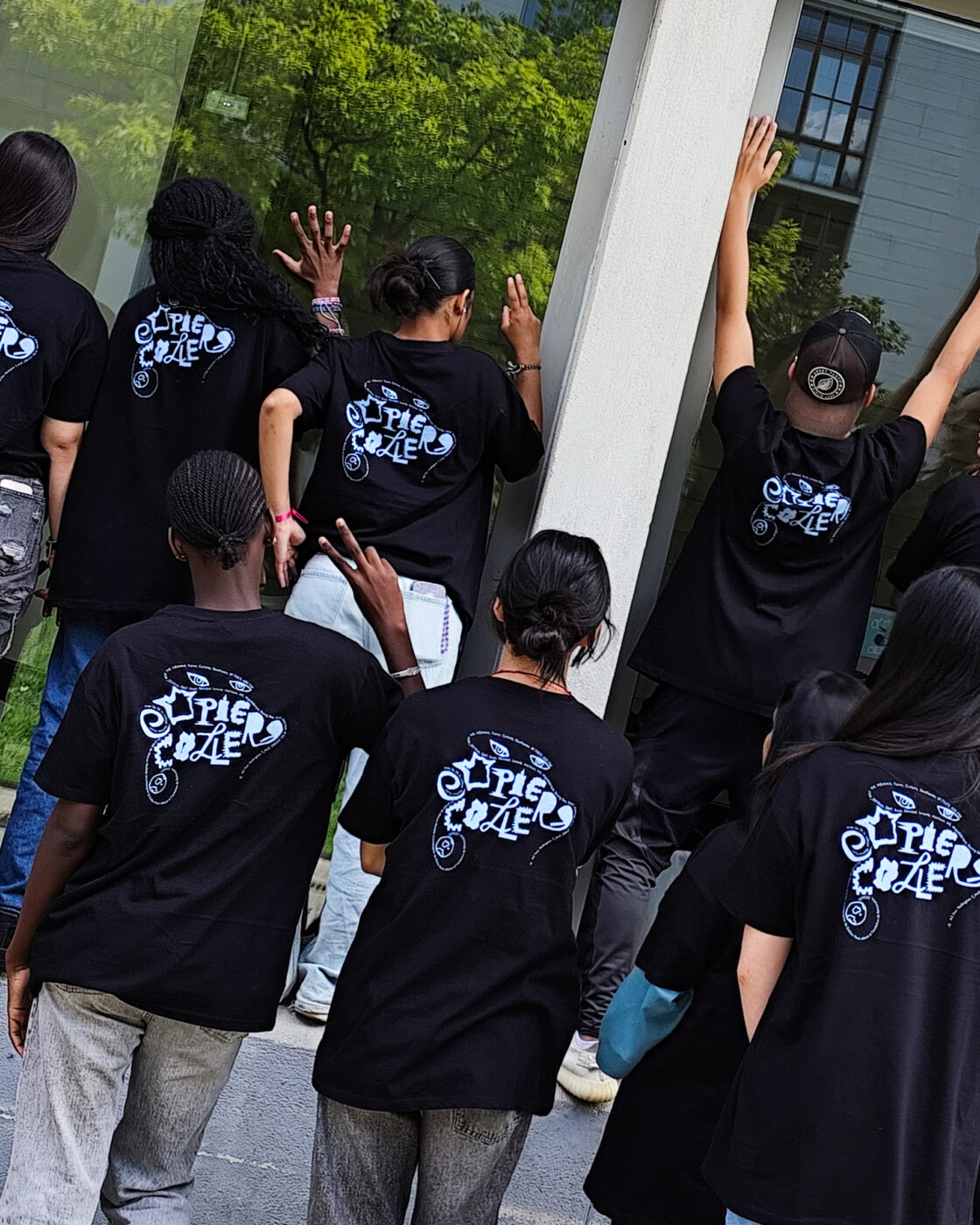
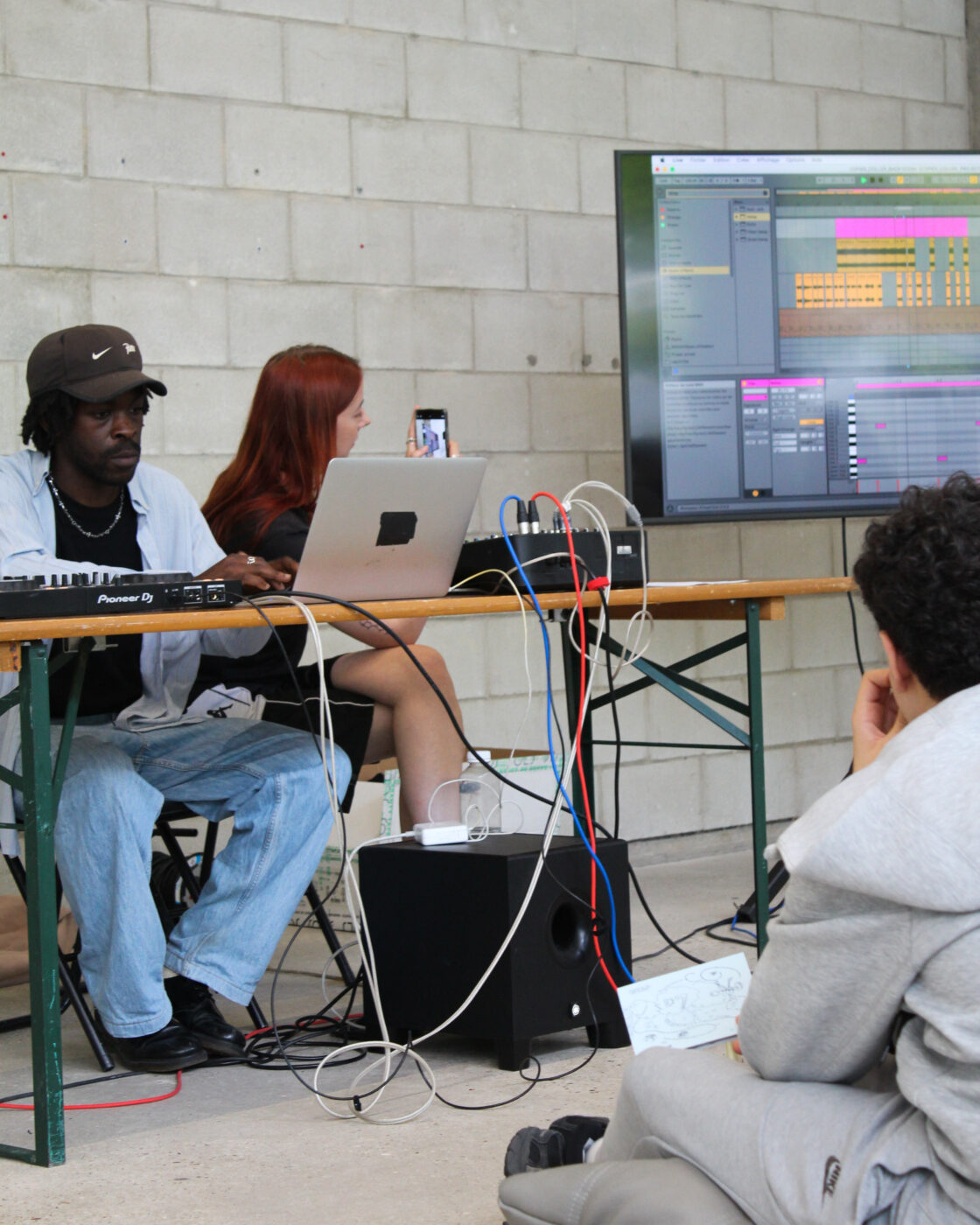
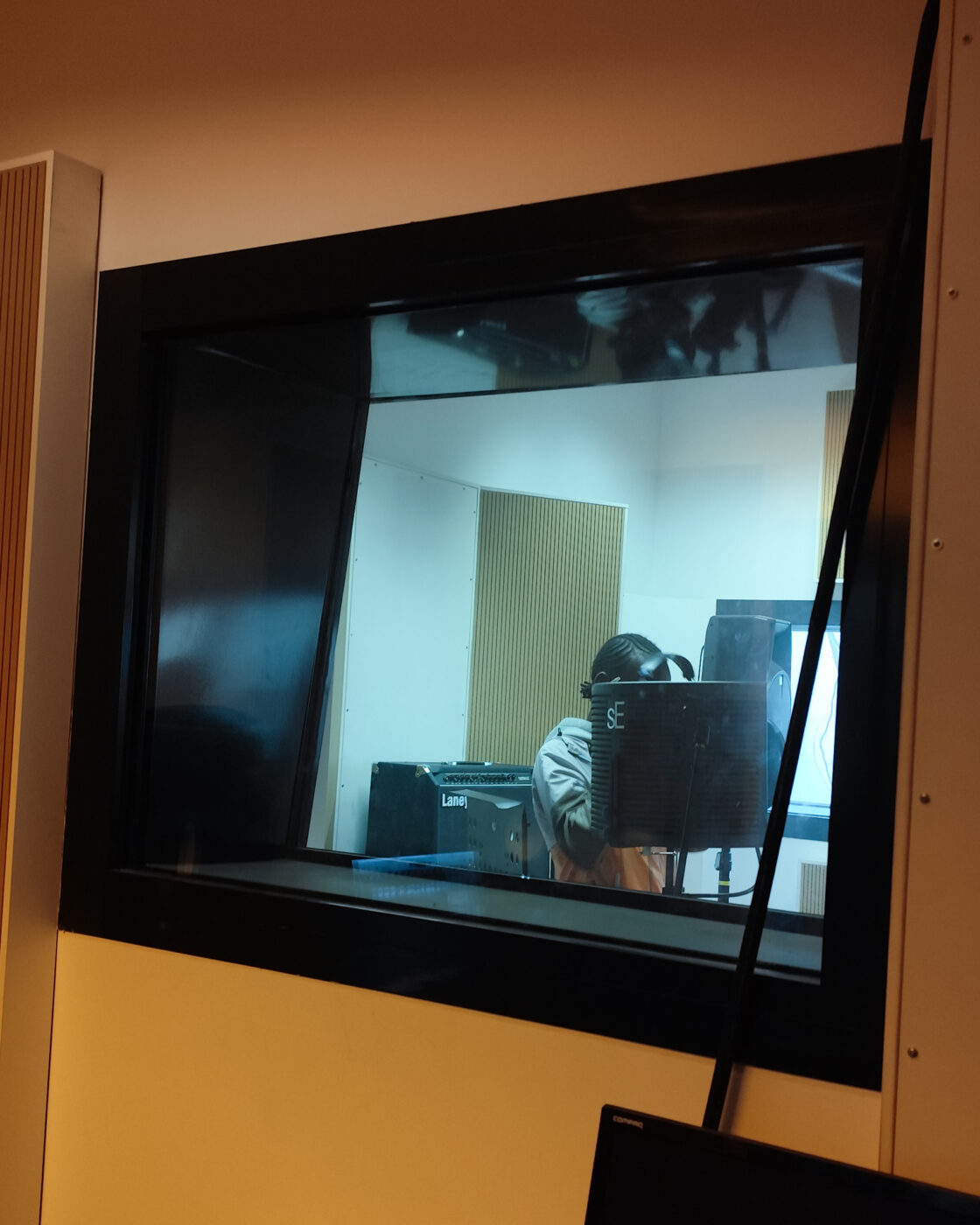
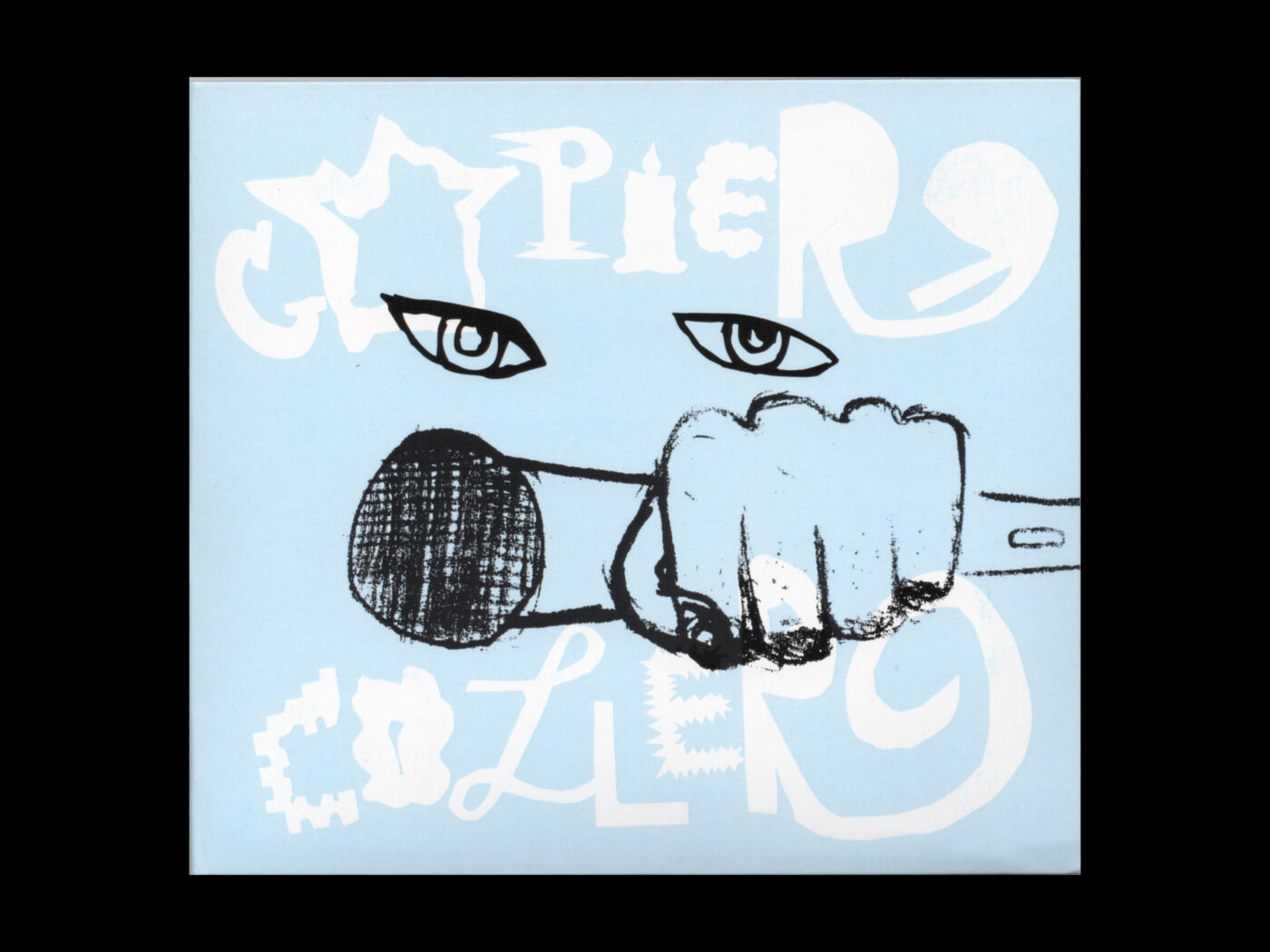
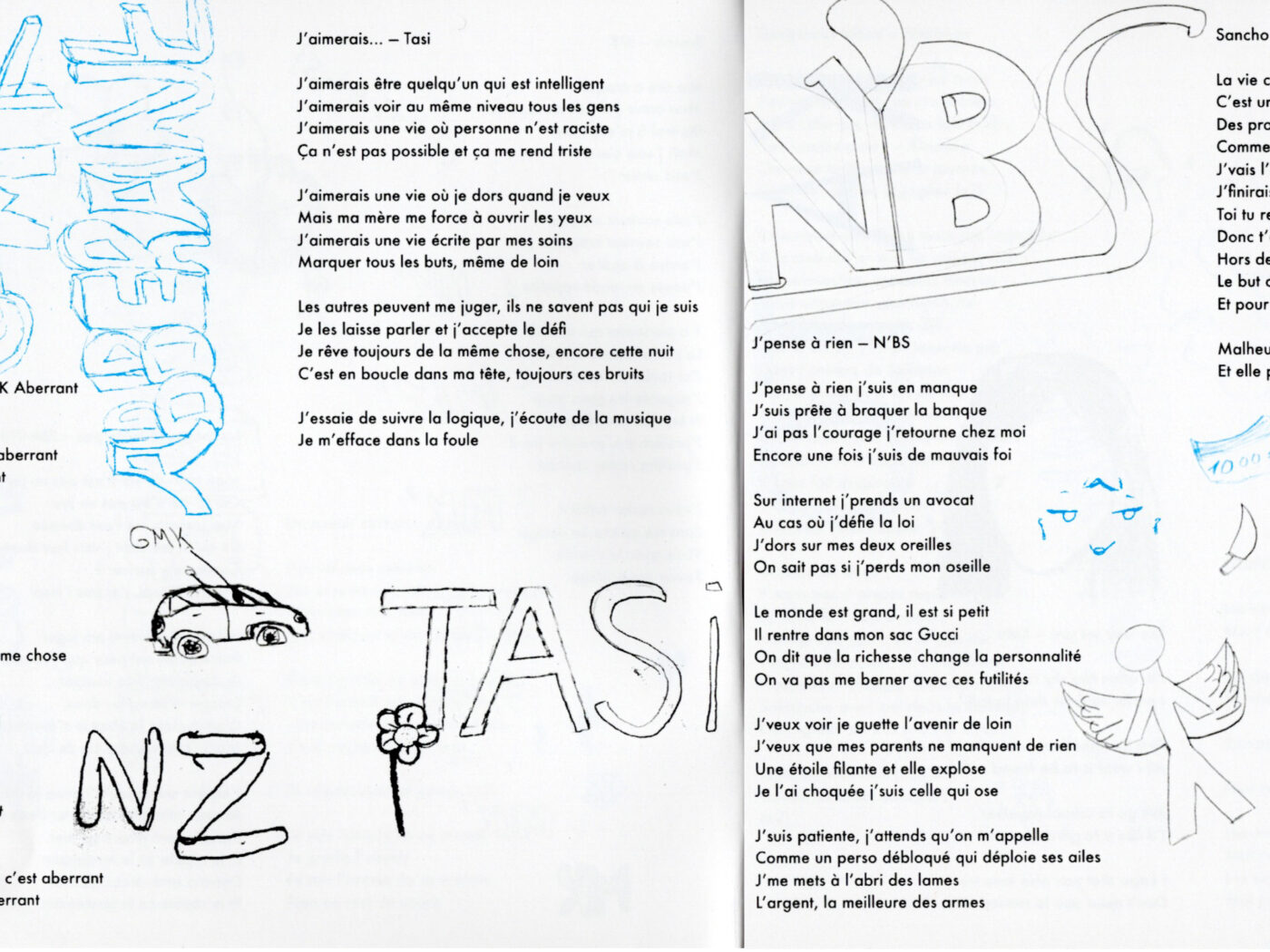
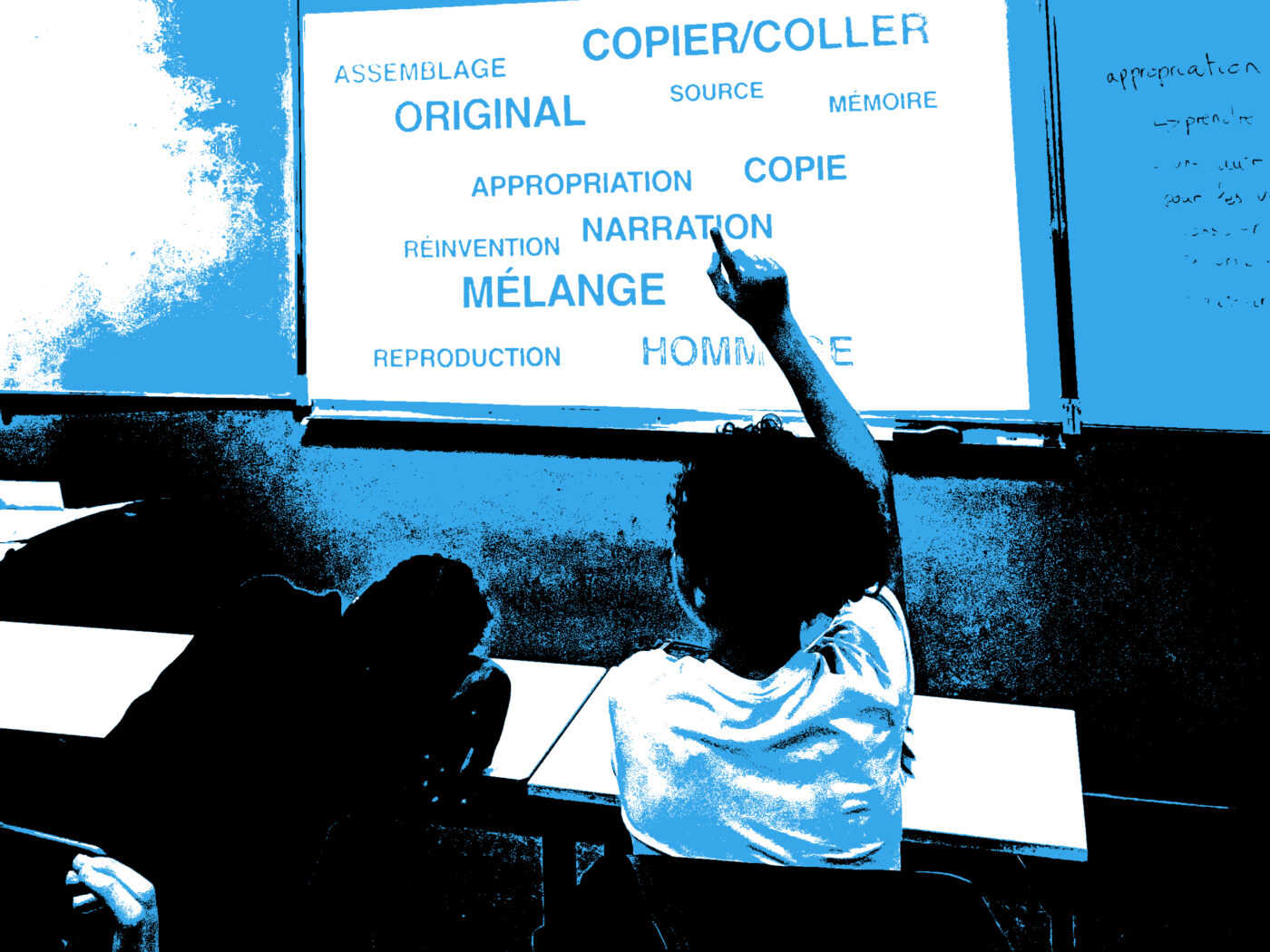
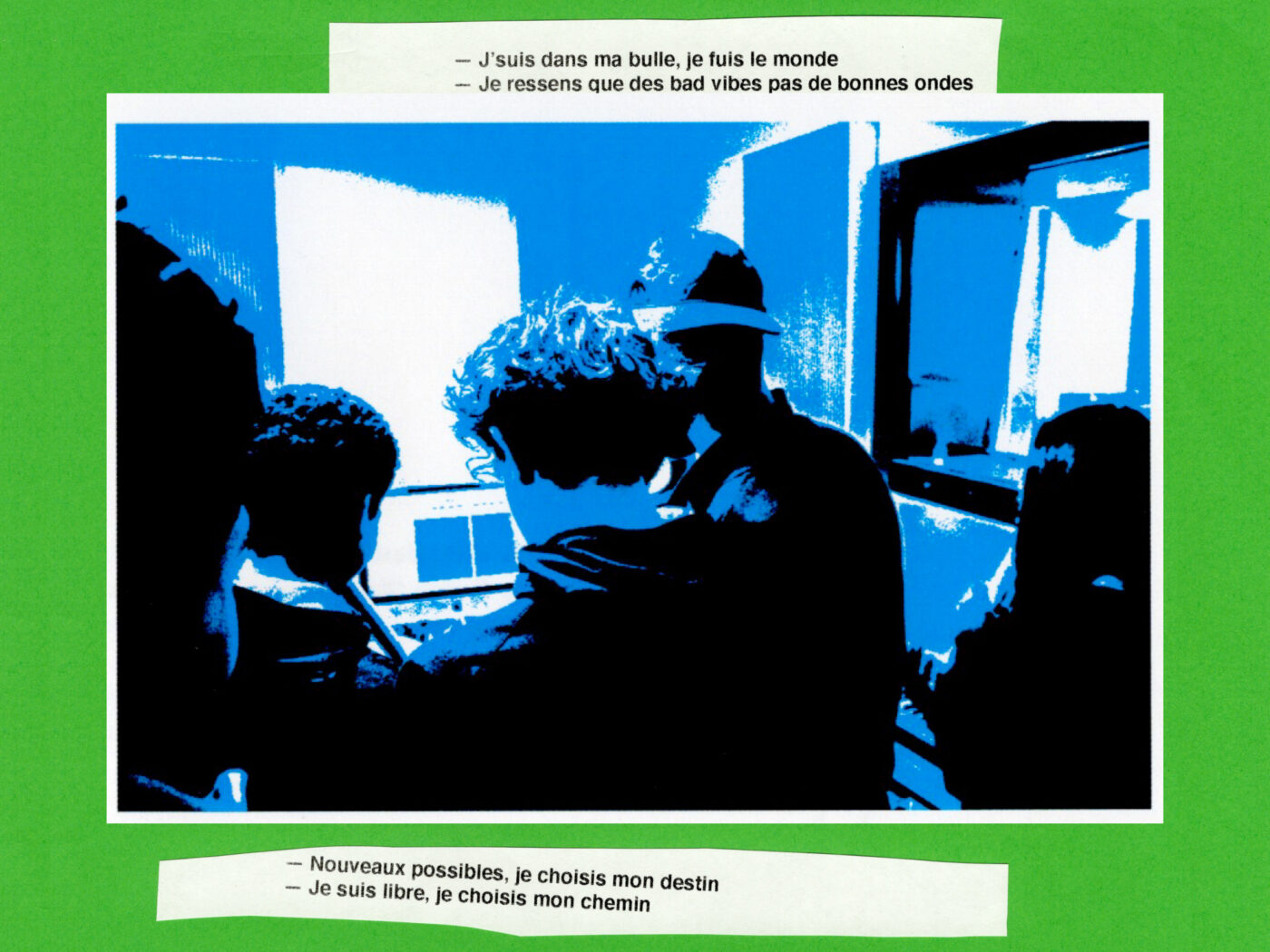
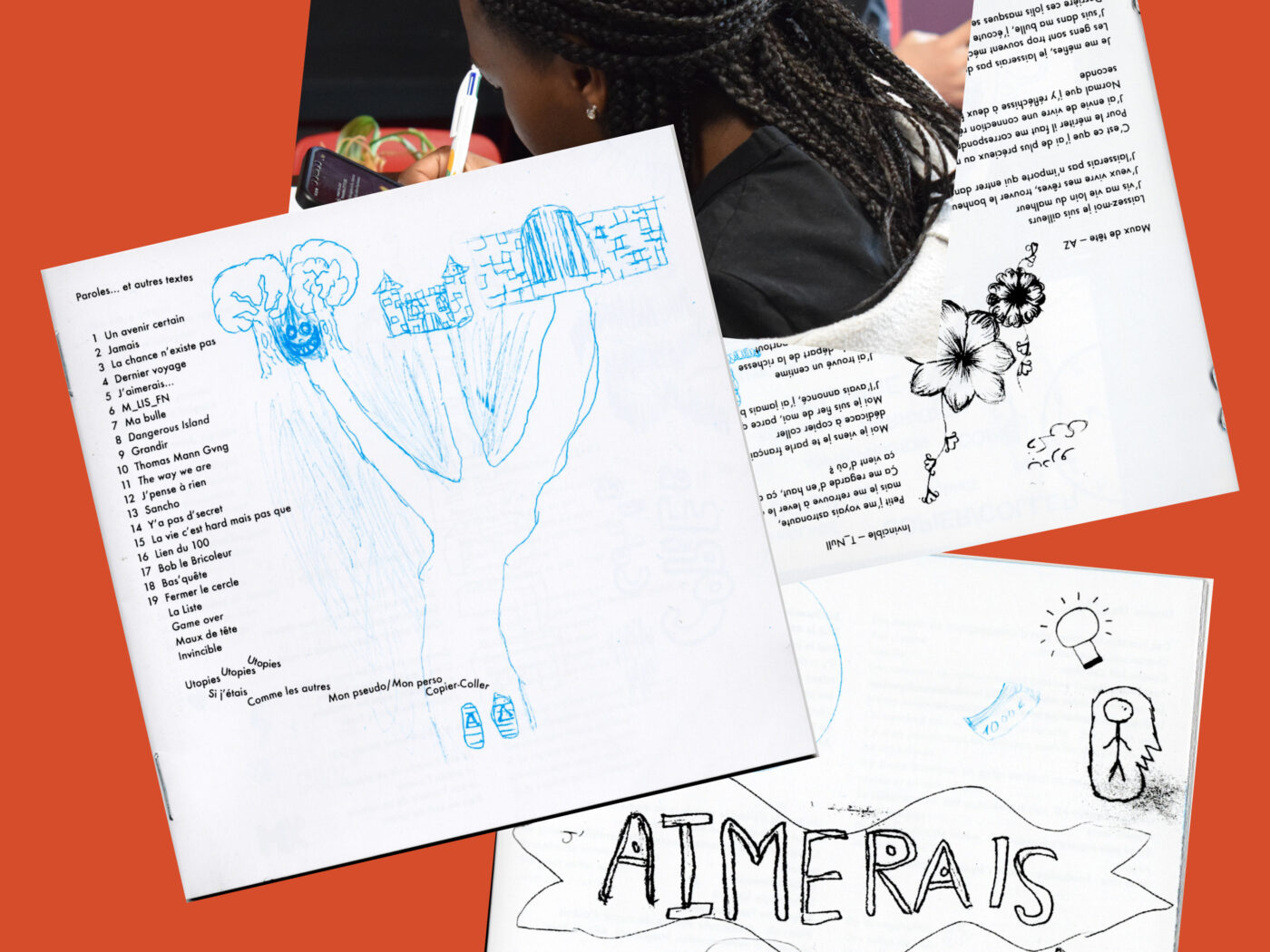
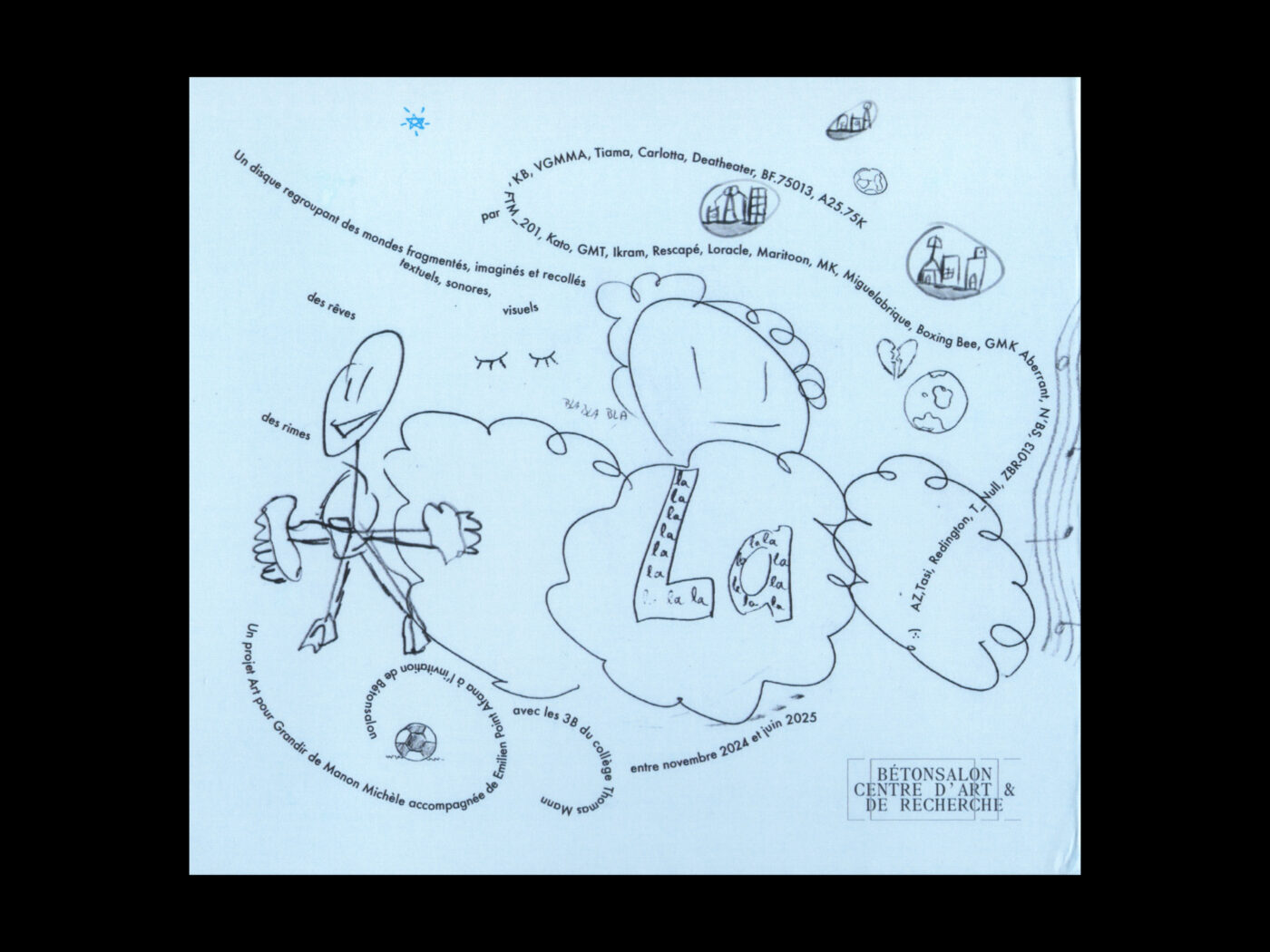
“A year in the life of an art center”
Bétonsalon – centre for art and research
September 2024 — May 2025
September 2024 — May 2025
In collaboration with the Master 1 Arts plastiques – Médiation, Exposition, Critique program at Université Paris VIII Vincennes Saint-Denis.
Conceived by professors Clélia Barbut and Nathalie Desmet and the art center team, this course is designed as a kind of experimental investigation or radioscopy, during which students from the Master 1 Arts plastiques, Médiation, Exposition, Critique at Université Paris VIII Vincennes Saint-Denis, are accompanied by the Bétonsalon team to experience, through collective participative observation, “a year in the life of an art center”. Management, administration, audiences, mediation, curating, production, publishing… What knowledge and skills are deployed by the members of an art center team? Around what rhythms and in what spaces is the work organized? What are the narratives and interactions? How does a code of ethics fit in with the production of an exhibition, the organization of artist residencies, the creation of forms of mediation?
Over the course of the year, the students will be asked to find ways of presenting the results of the survey, which may range from qualitative studies and mediation tools to art criticism and even fiction: the production of a sound or visual piece to a round table and other original forms. The format of the presentation, which will take place at the end of the academic year, will be defined over the course of the project, which will be structured by the collective work.
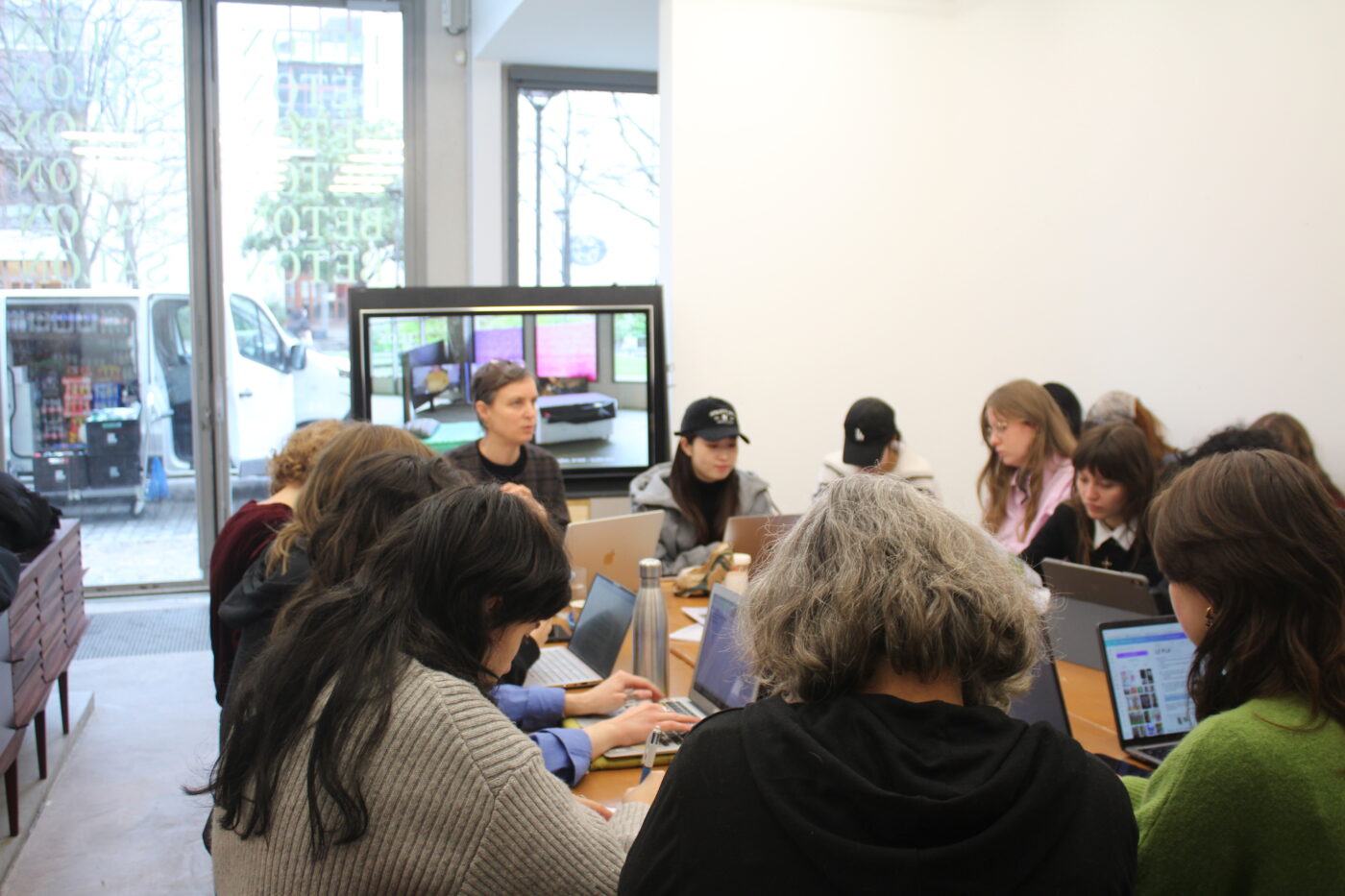
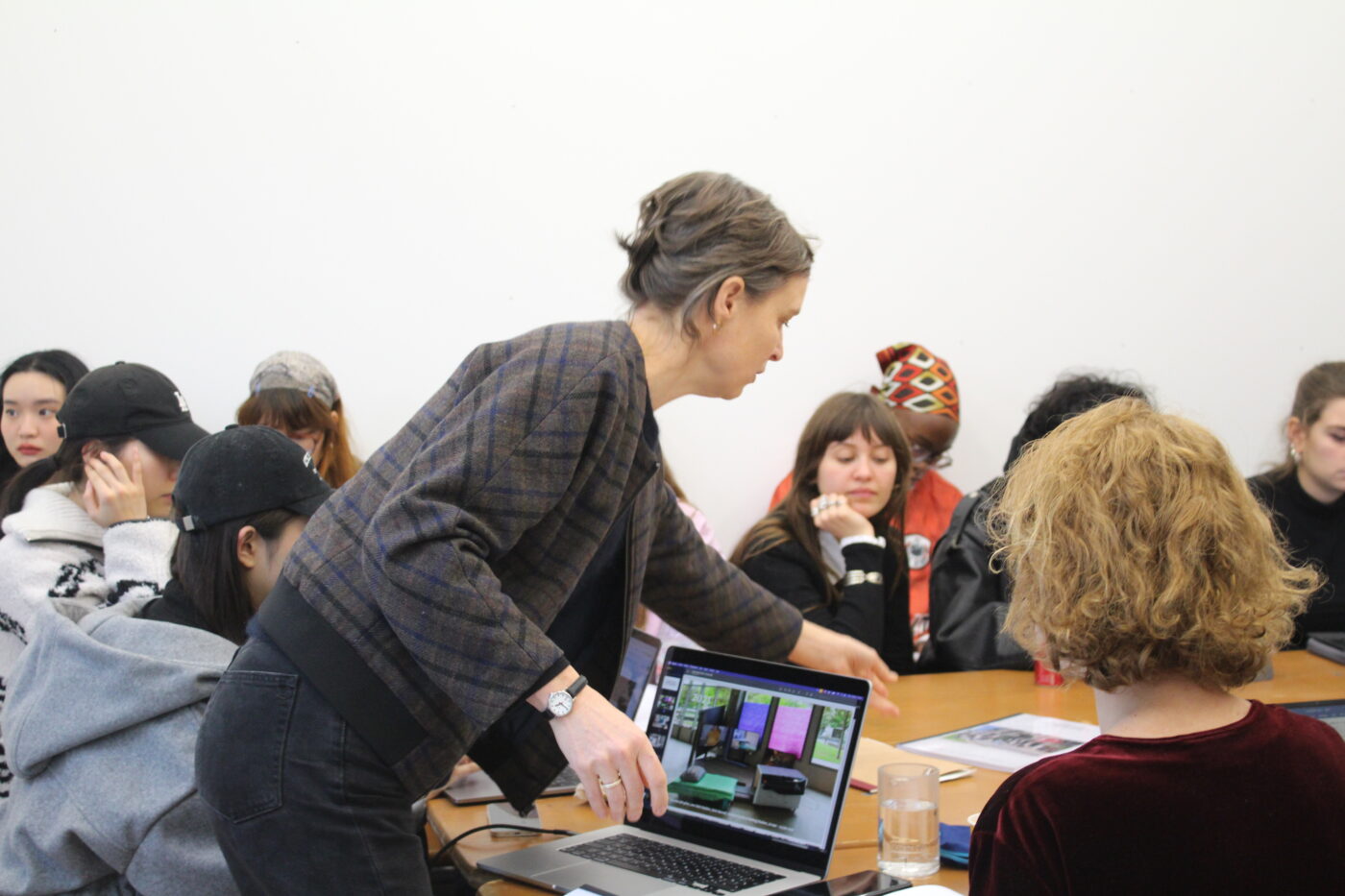
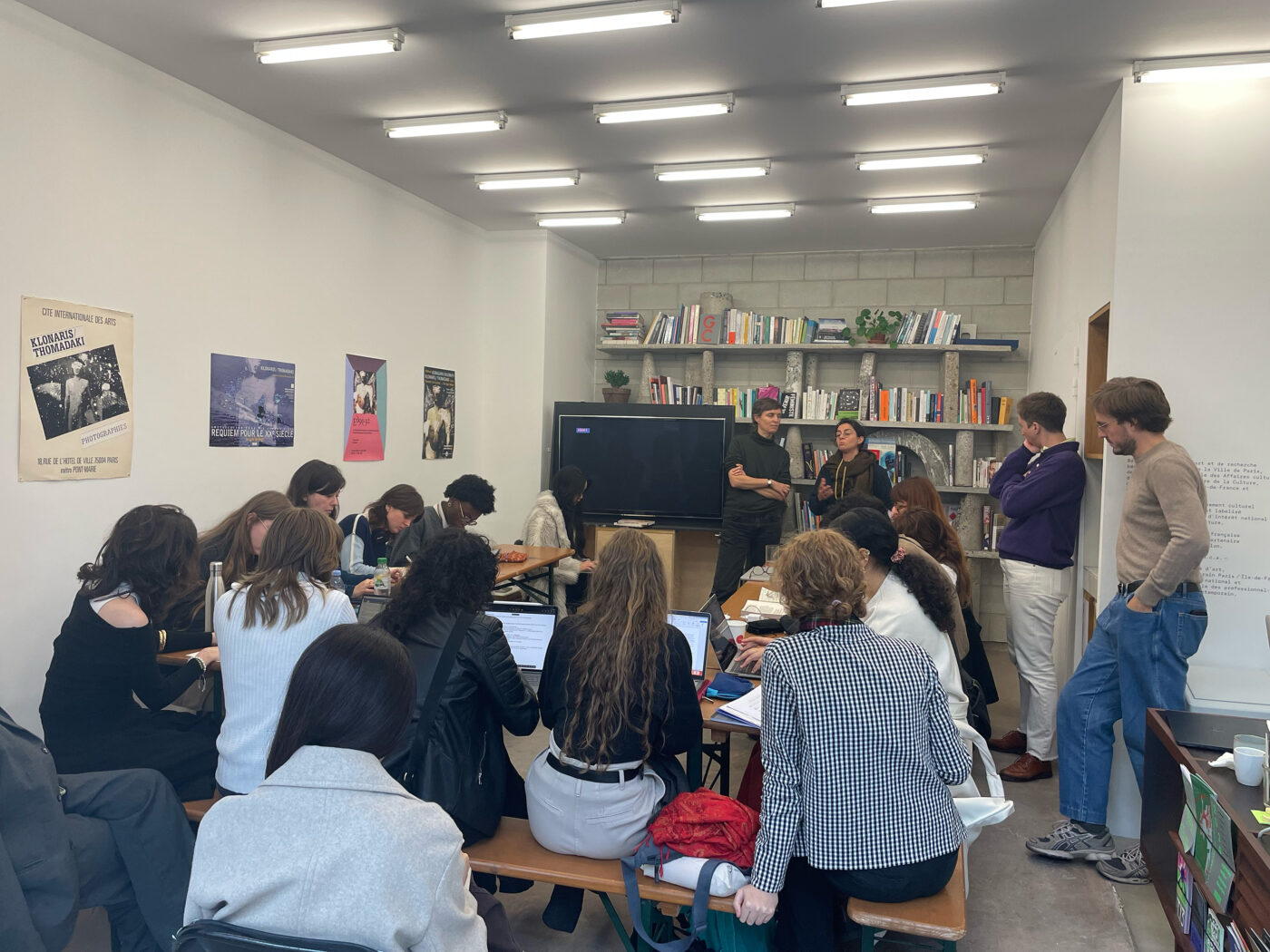
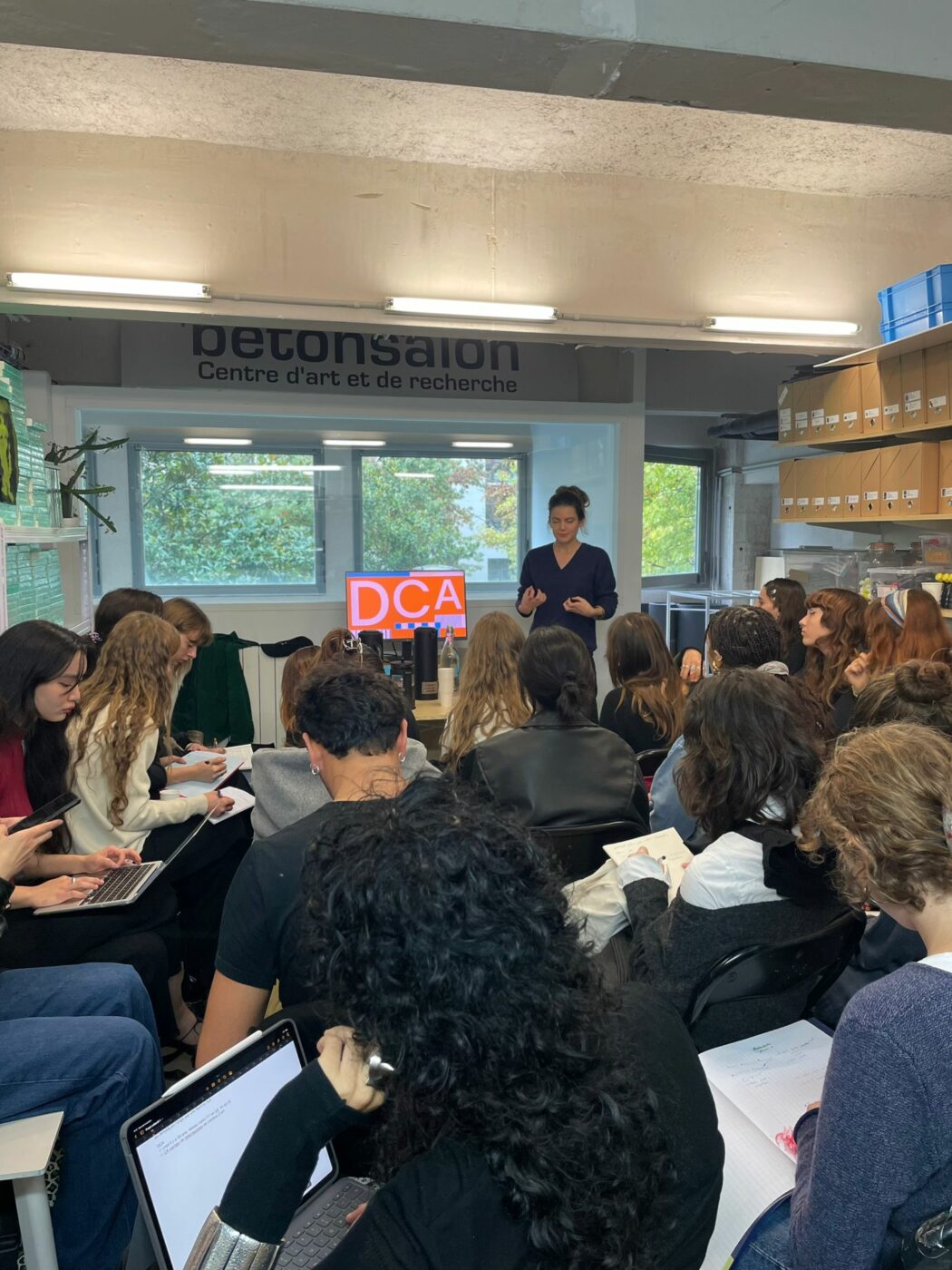
“How do you do it ?” – Culture – Health Program With Jeanne Bouillard, Sabine Teyssonneyre, and Jéméry Piningre
October 2024 — October 2025
Building on the connections established between Les Ailes Déployées, a mental health support association, and Bétonsalon since 2024 through the “Young Mediators Program” in Sylvie Fanchon’s exhibition “SOFARSOGOOD”, the project “How Do You Do It?” supports several groups of teenagers and young adults—attending the day units of Espace Ados (for teenagers), Espace Jeunes Adultes (EJA), and Espace Mogador (for adults)—in writing, designing, and producing an editorial mediation tool aimed at young audiences. The Bétonpapier is a playful illustrated publication for children aged 6–11 that helps youngs people discover exhibitions. Each issue is created in collaboration with an invited young illustrator and the graphic design studio Catalogue Général :
• For the exhibition “UNIVERSAL HEALTHCARE PRELUDE – Institutional Lives” by Florian Fouché, teenagers from Espace Ados collaborated with illustrator Jeanne Bouillard and offered a guided tour for users of Espace Jeunes Adultes.
• For the exhibition “The Untamable Hand” by Hedwig Houben, young adults from EJA collaborated with illustrator Sabine Teyssonneyre and offered a guided tour for users of Espace Ados.
• For the exhibition “Sherperd Heart” by Orla Barry, adults of Espace Mogador collaborated with illustrator Jérémy Piningre and offered a guided tour for users of Espace Ados and EJA.
By placing at the heart of the project the participants’ appropriation of the art center space and the practices of invited artists, “How Do You Do It?” brings participants’ voices into the narratives shared with audiences throughout the exhibitions. It questions institutional discourse and so-called legitimate knowledge about artworks, as well as the expected roles and functions of art professionals and visitors.
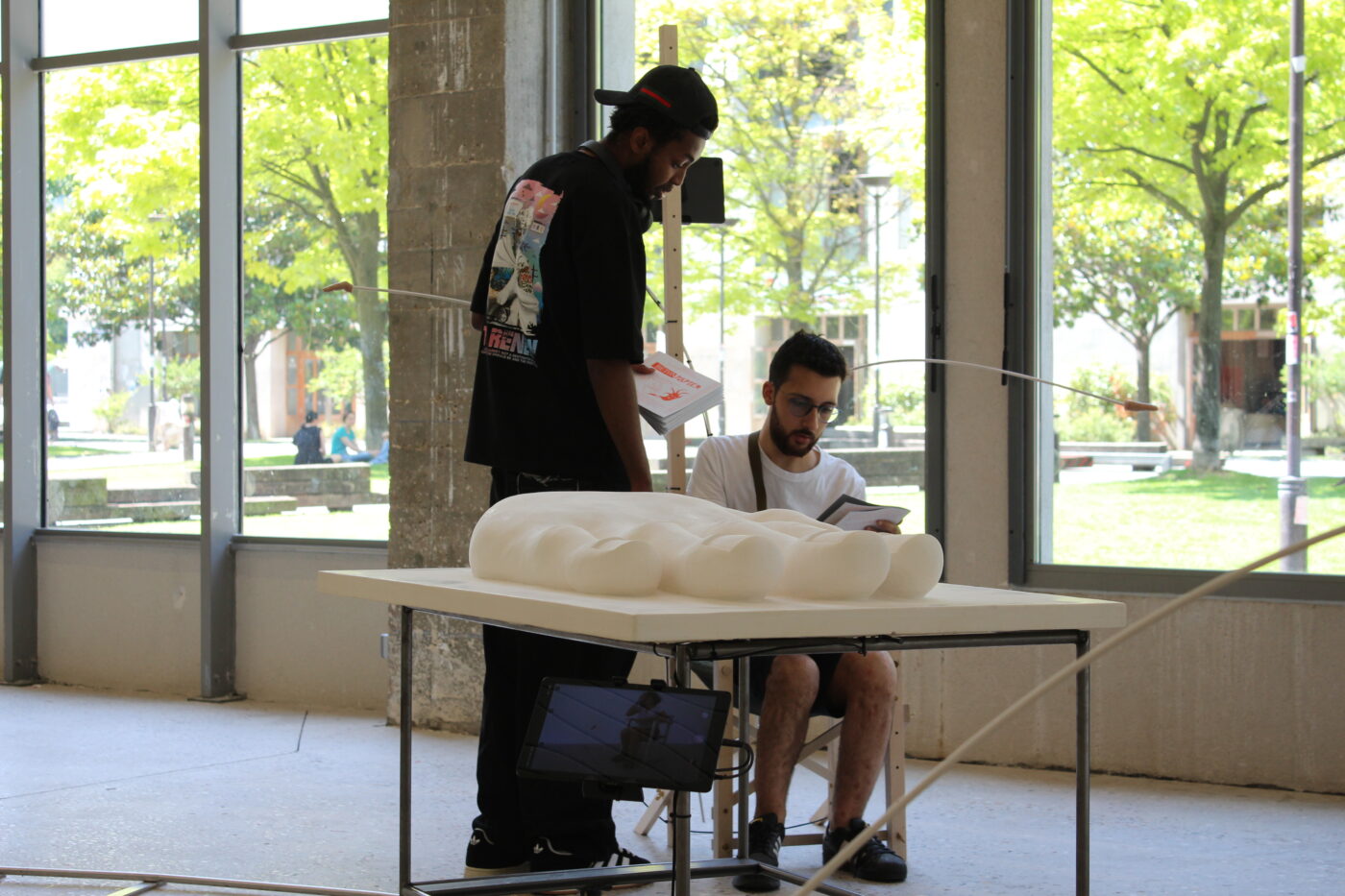
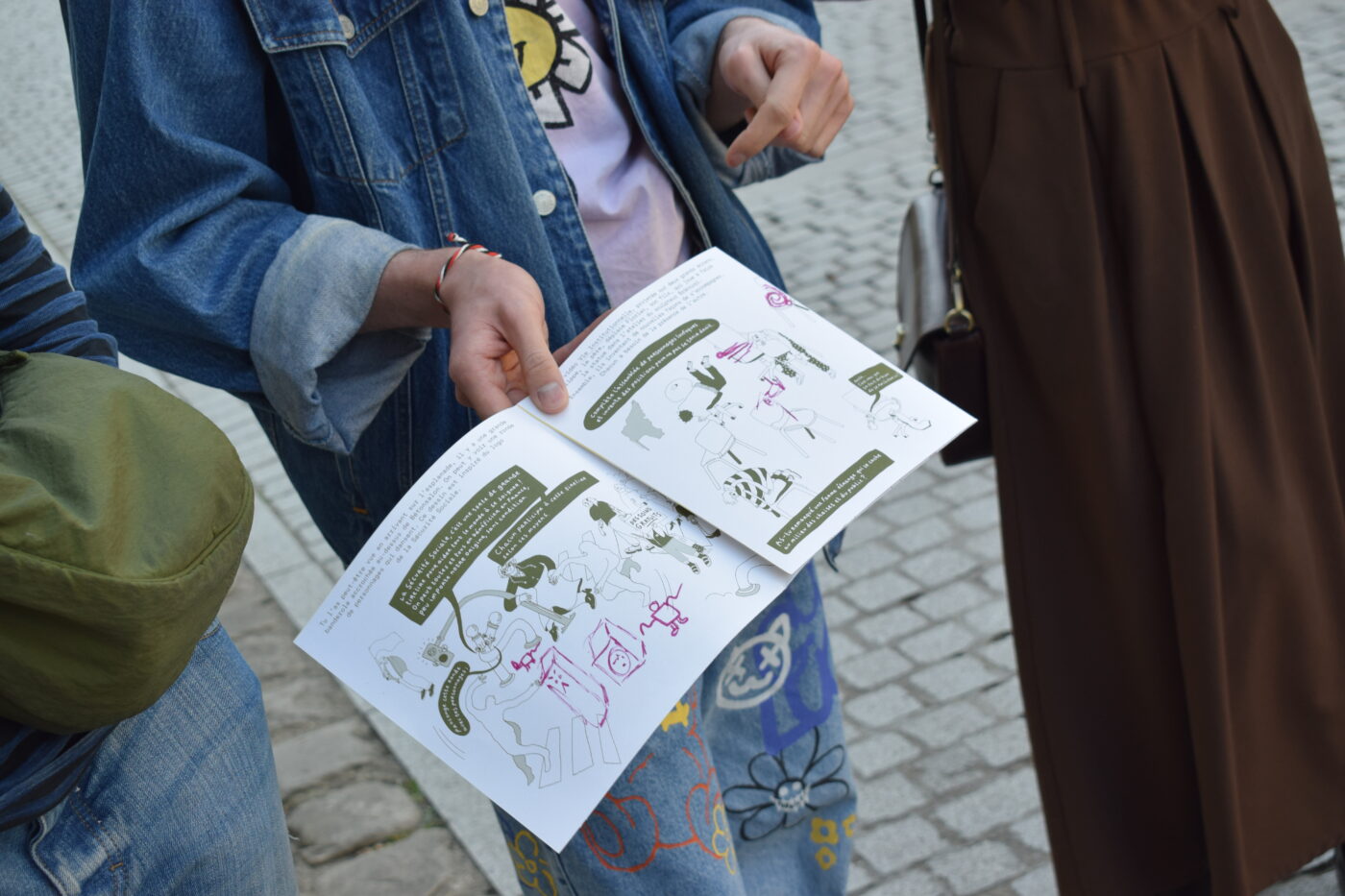
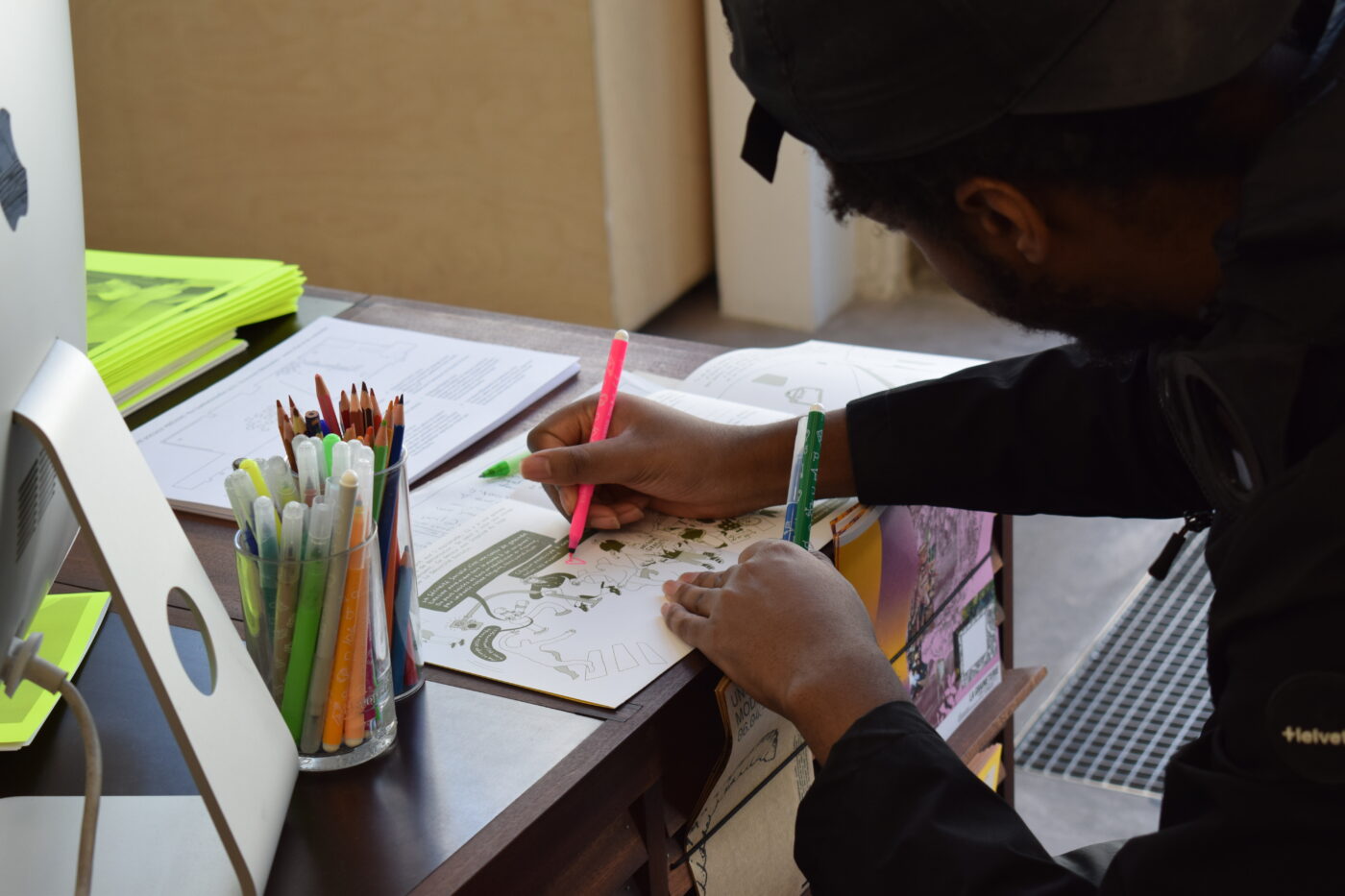
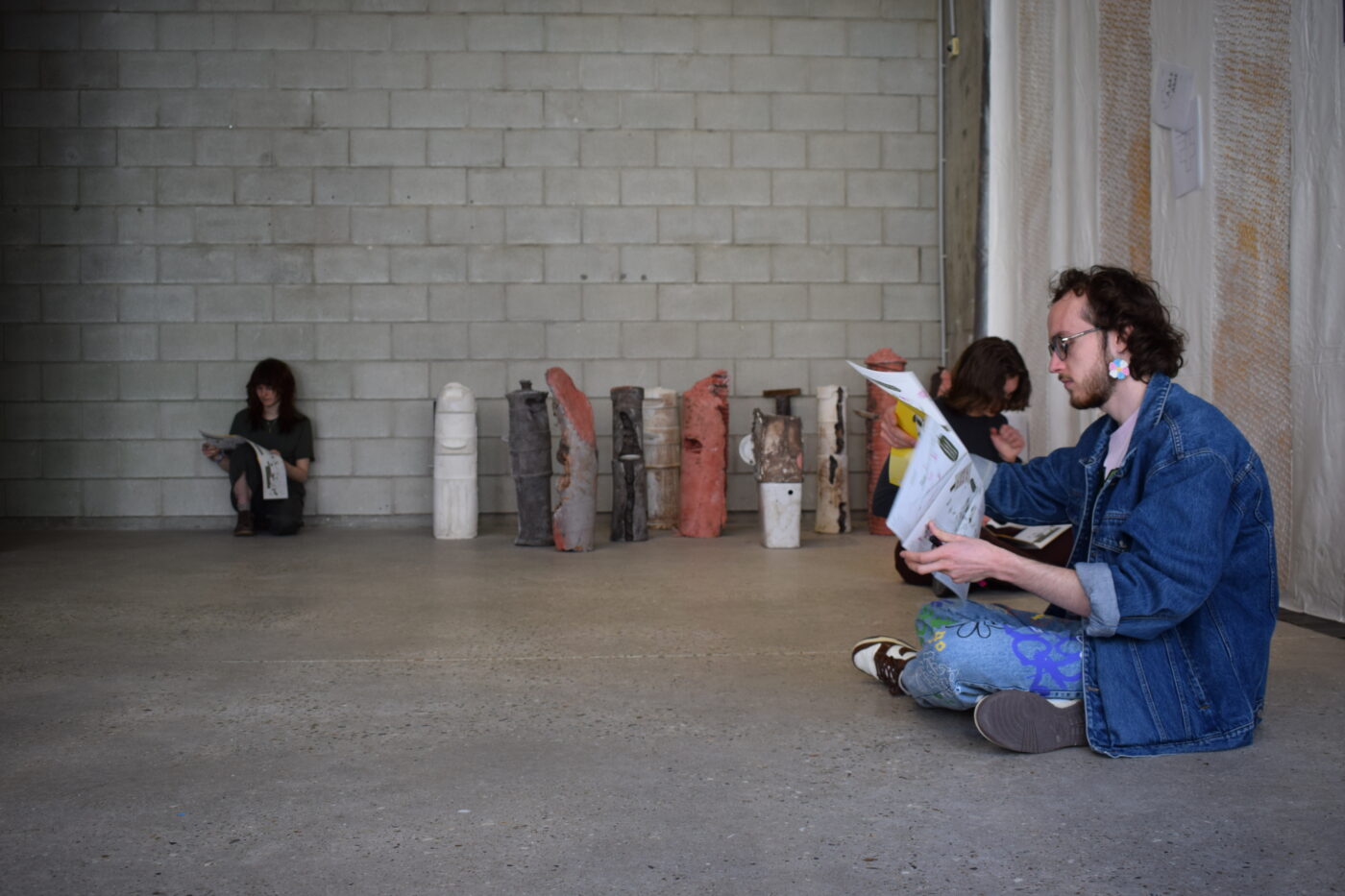
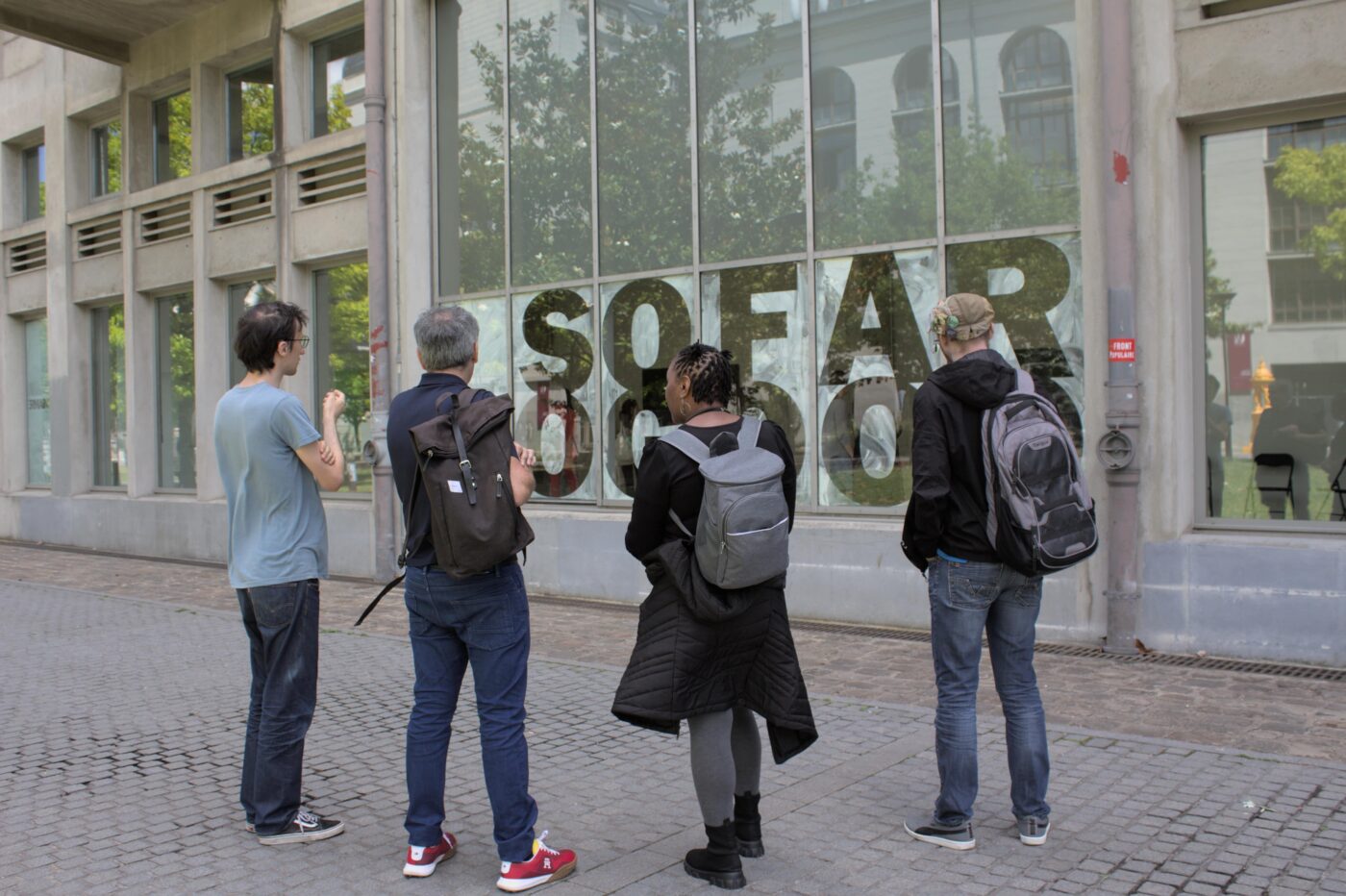
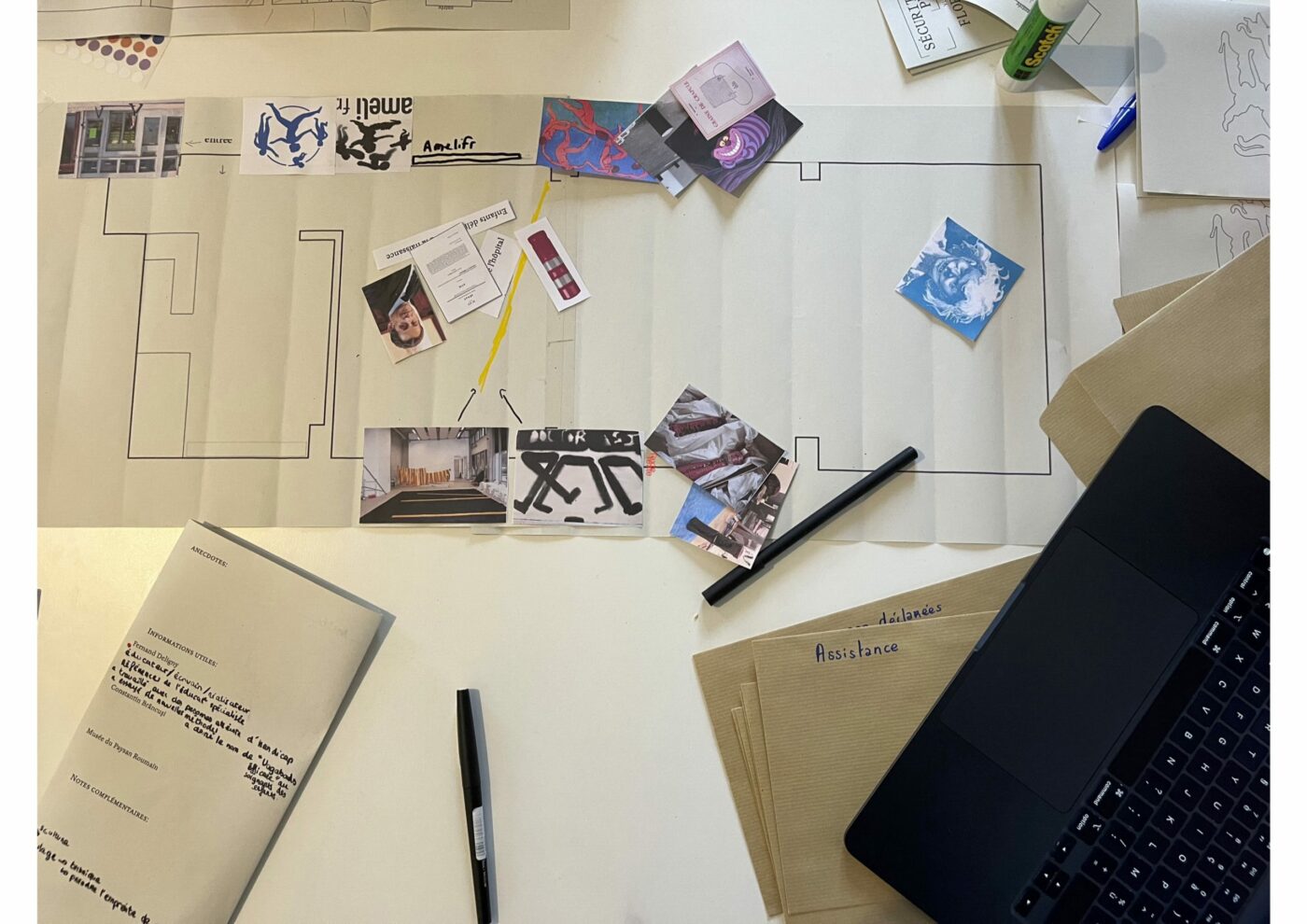
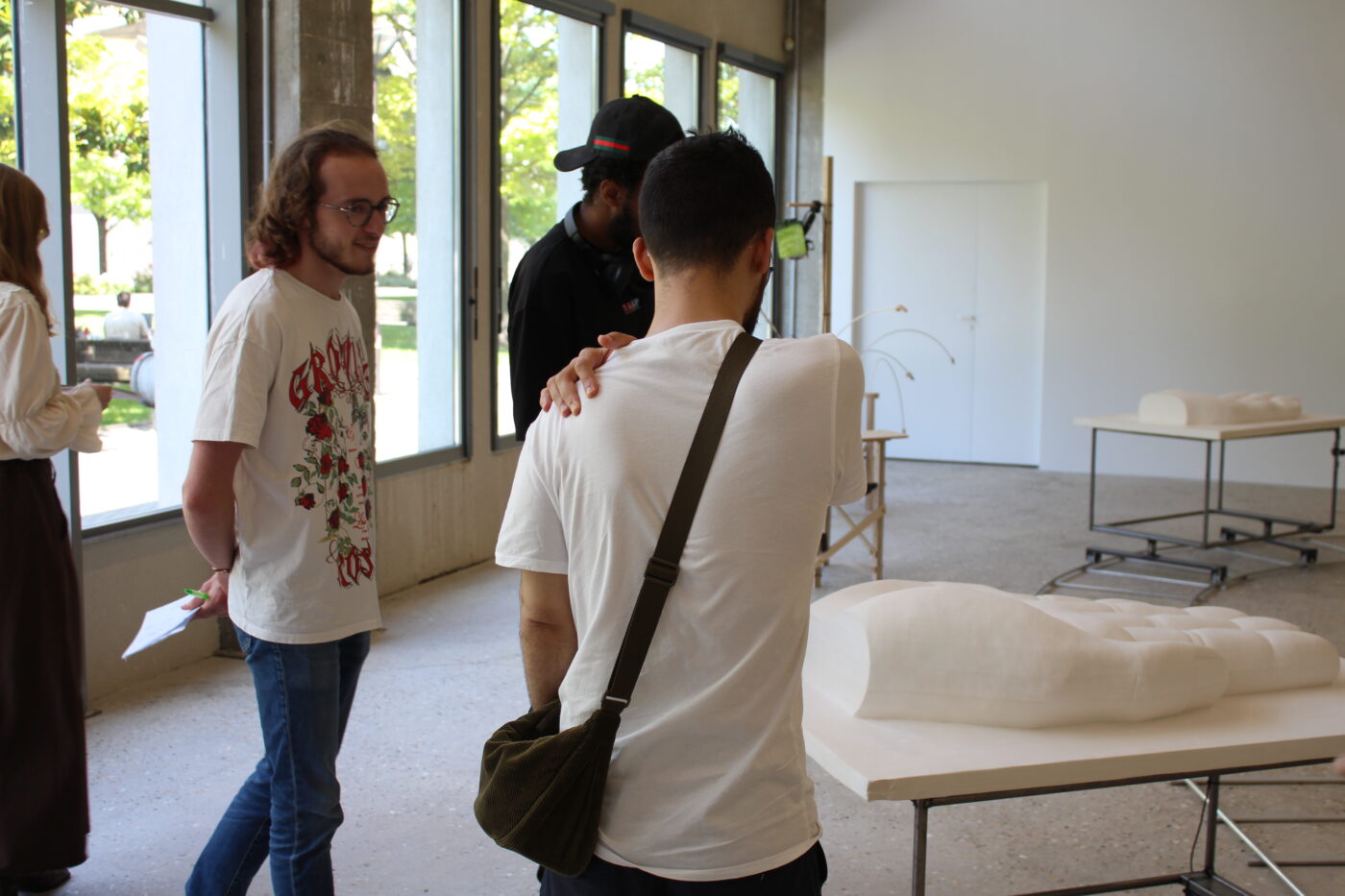
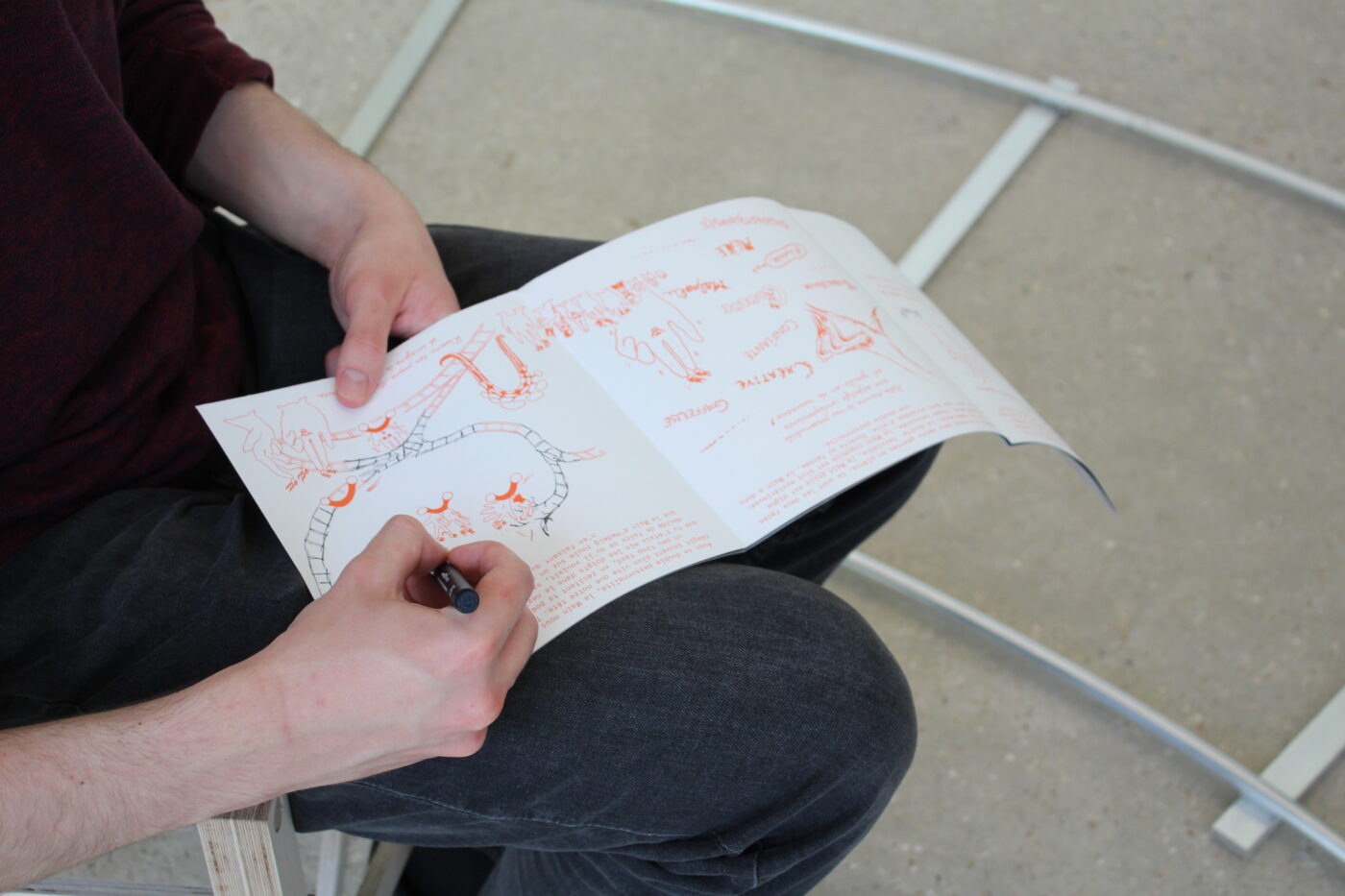
“Tu vois je veux dire (You See What I Mean) bis” – Education project in High School Fanette Lambey, Wendy Osu, Clémence Guillard, Soa Ratsifandrihana
November 2024 — June 2025
“Tu vois je veux dire” is an Artistic and Cultural Education project run by Bétonsalon – Center for Art and Research (Paris, 13th), Ivry’s Contemporary Art Centre – Le Crédac (Ivry-sur-Seine, 94) and La Briqueterie – National Choreographic Development Center of Val-de-Marne (Vitry-sur-Seine, 94), in collaboration with the Adolphe Chérioux highschool in Vitry-sur-Seine, Marianne High School in Villeneuve-le-Roi, and Armand Guillaumin High School in Orly.
Initiated in 2023-2024, the “Tu vois je veux dire” project takes as its starting point Bétonsalon’s Young Mediators Program and allows high school students to experiment with different forms of mediation around artistic practices from both visual and performing arts. Continuing in 2024-2025, this project seeks—through observation, listening, encounters with artists and art professionals, dialogue, and artistic practice—to challenge the traditional roles and voices associated with discourse on artworks within cultural and artistic institutions. It does so by imagining and inventing original public engagement formats: podcasts, dance-based tours, design publication, and more.
In 2024–2025, students from six classes across three high schools in Val-de-Marne had the opportunity to share and explore new ways of creating and presenting mediation around the performances they selected from the program of the Val-de-Marne Dance Biennale, organized by La Briqueterie:
• At Adolphe Chérioux High School, the 10th-grade class in the Applied Arts program worked with artist Fanette Lambey on the show Coup Fatal by Alain Platel, focusing on the vocabulary and gestures of “la sape” (a Congolese fashion movement), combined with baroque music, both of which are featured in the performance. The students then created a T-shirt using heat transfer printing to offer a “sape”-styled mediation of the show to another class at the school.
• At Marianne High School, a general 10th-grade class worked on the performance Afrikan Party from the Biennale with artist Wendy Osu to produce a patchwork flag, made up of individually designed flags, and used it to offer an original form of mediation to another class.
• At Armand Guillaumin High School, an 11th-grade vocational class participated in dance workshops with Clémence Galliard and Soa Ratsifandrihana, in connection with the Biennale performance Fampitaha, fampita, fampitàna, and produced a podcast that is available online.
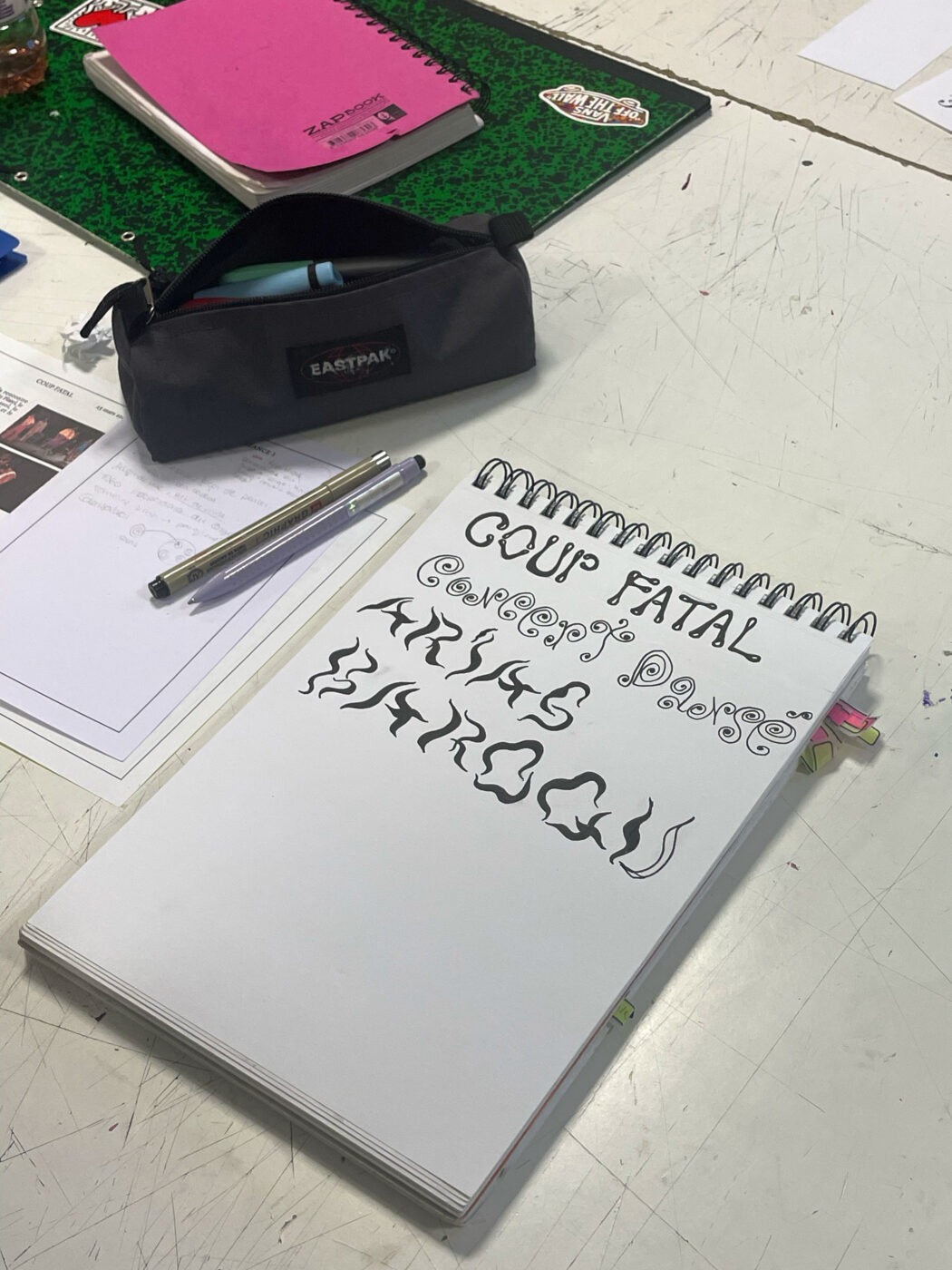
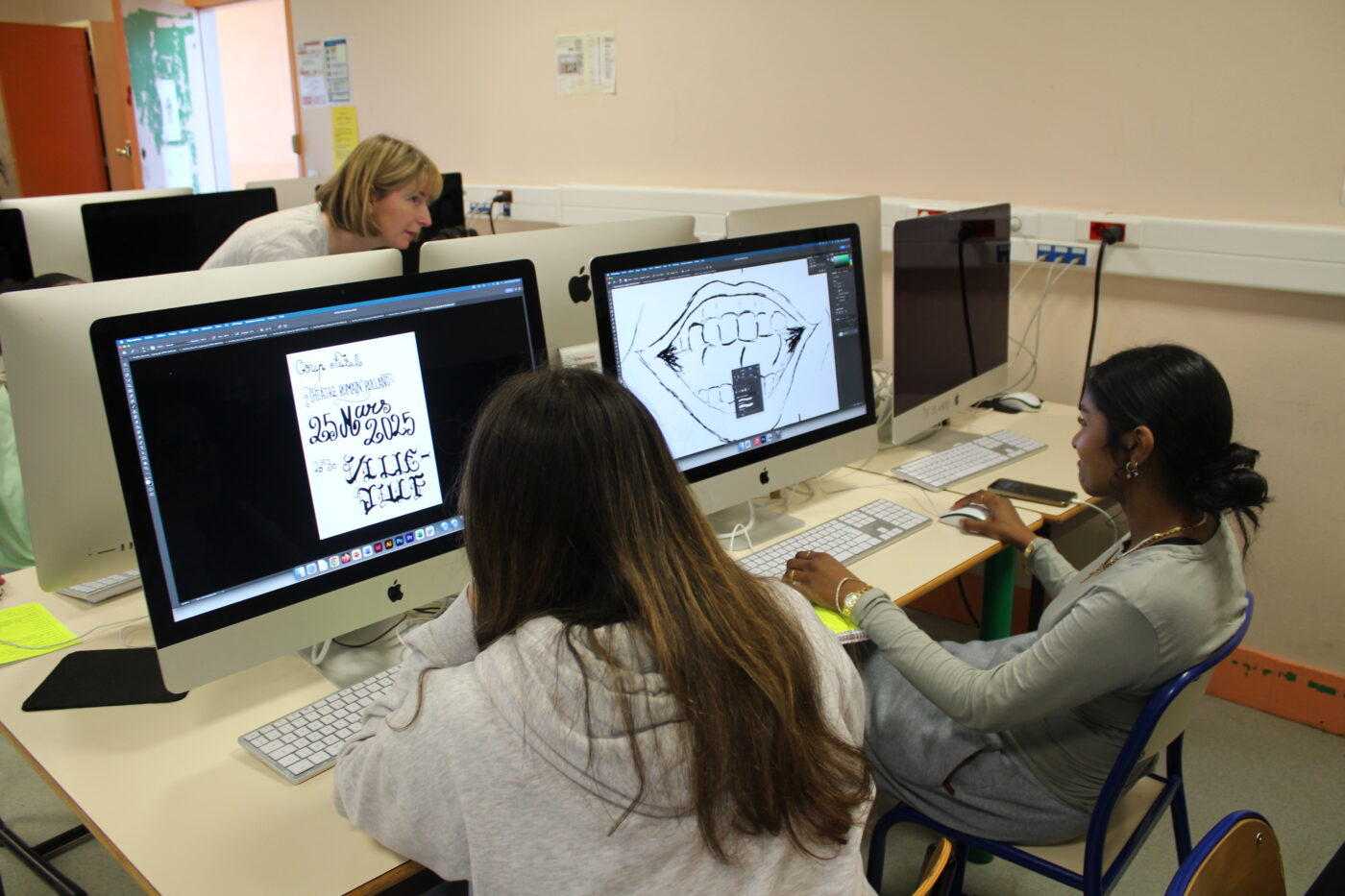
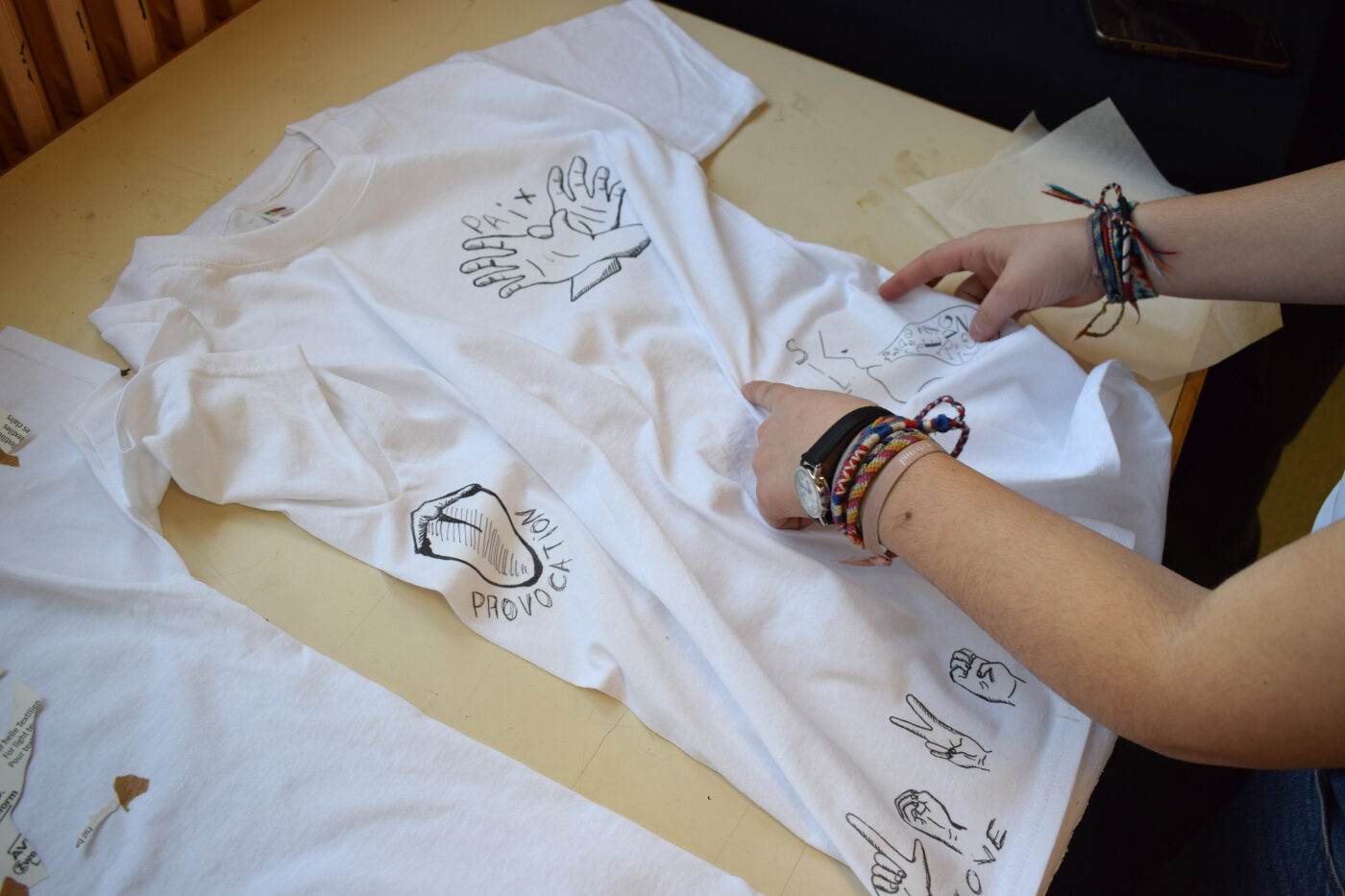
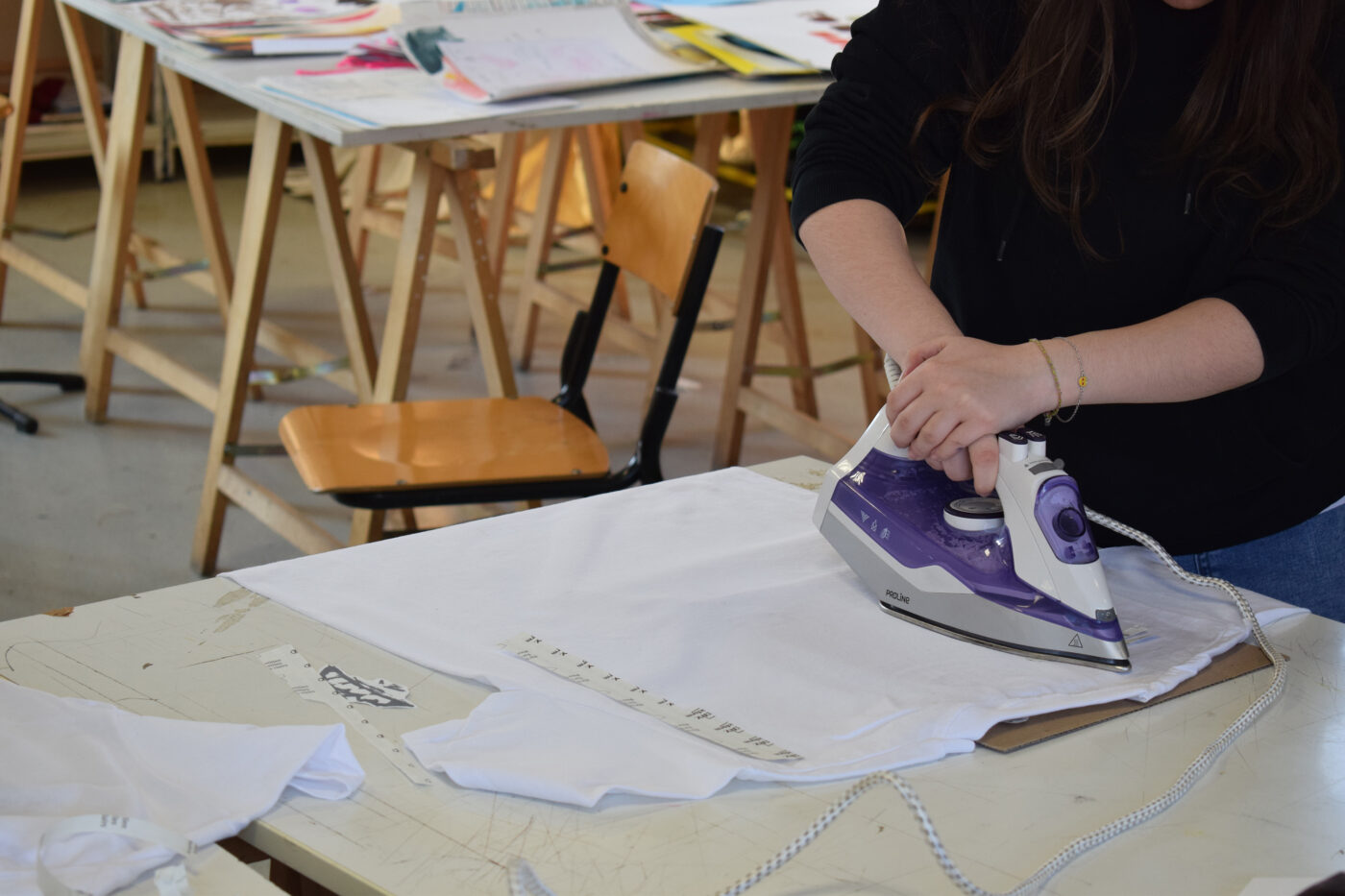
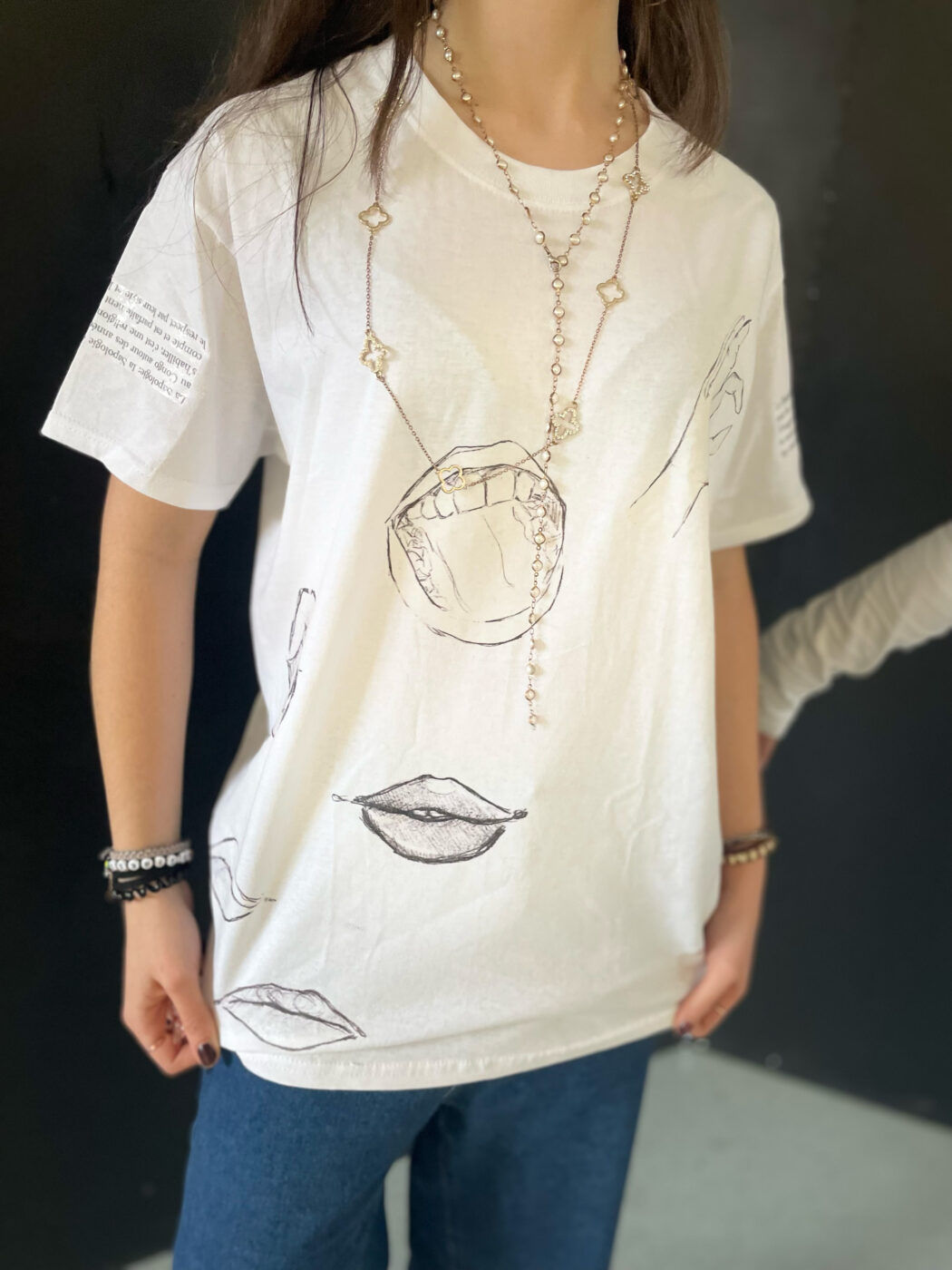
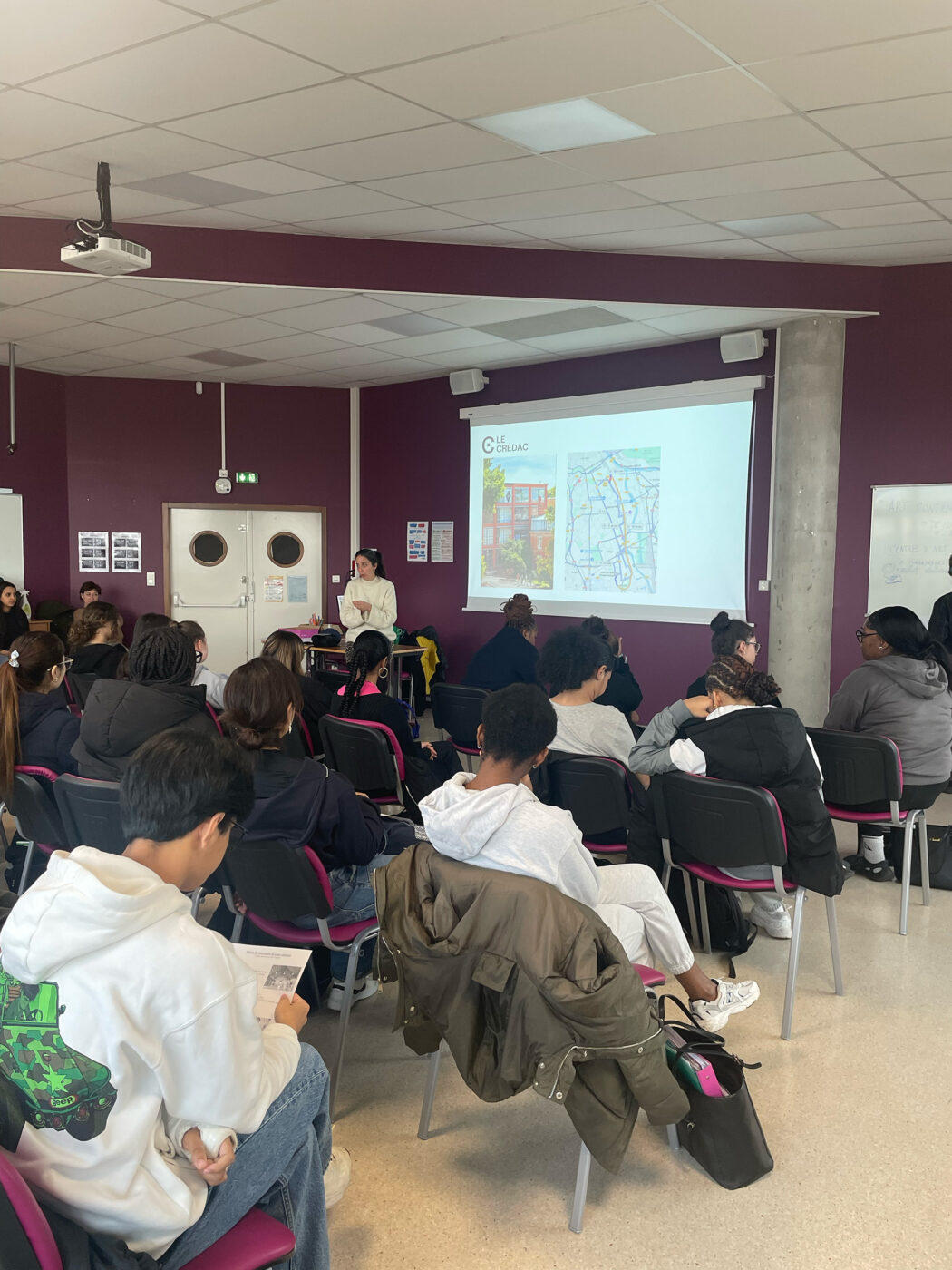
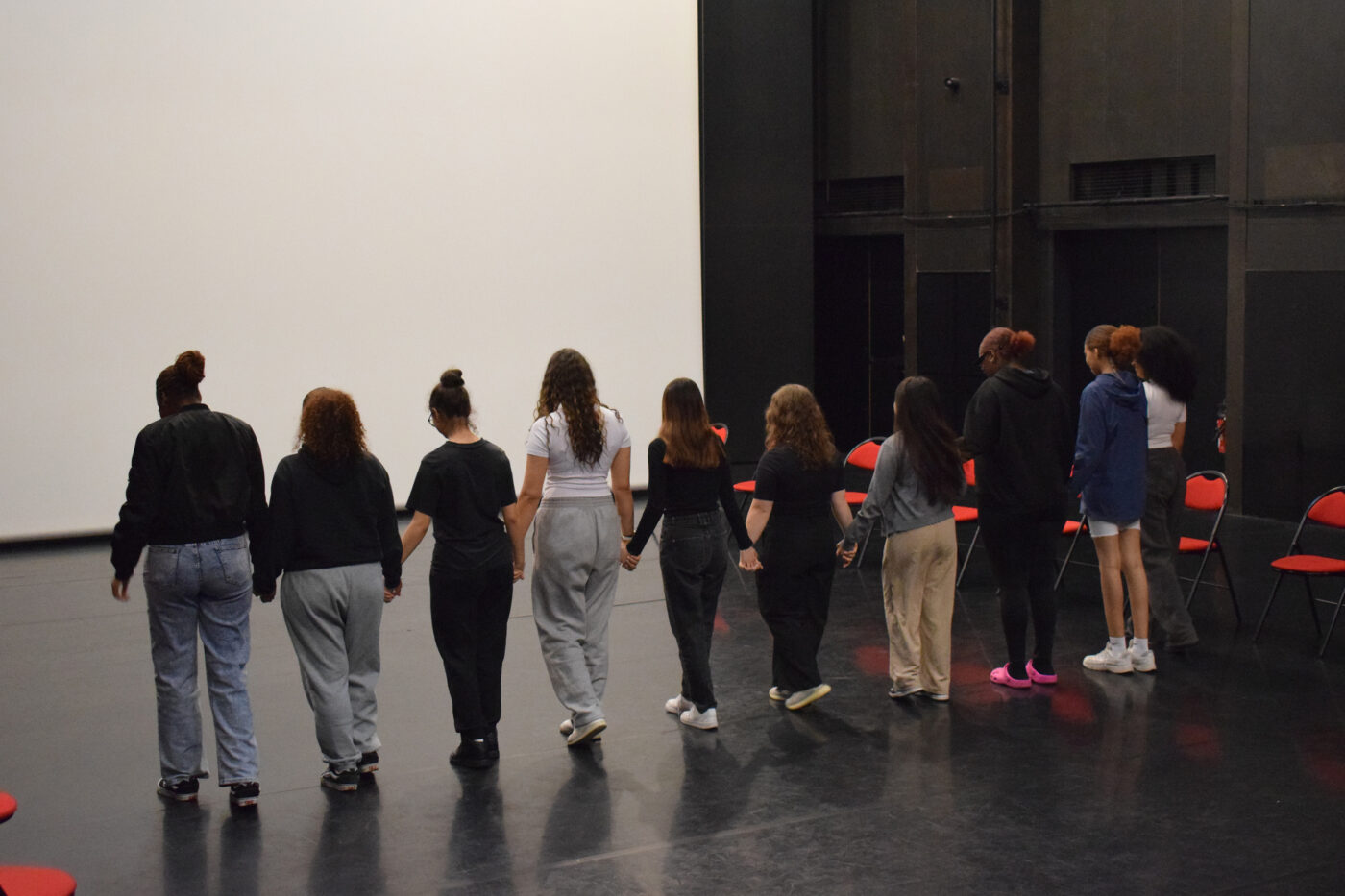
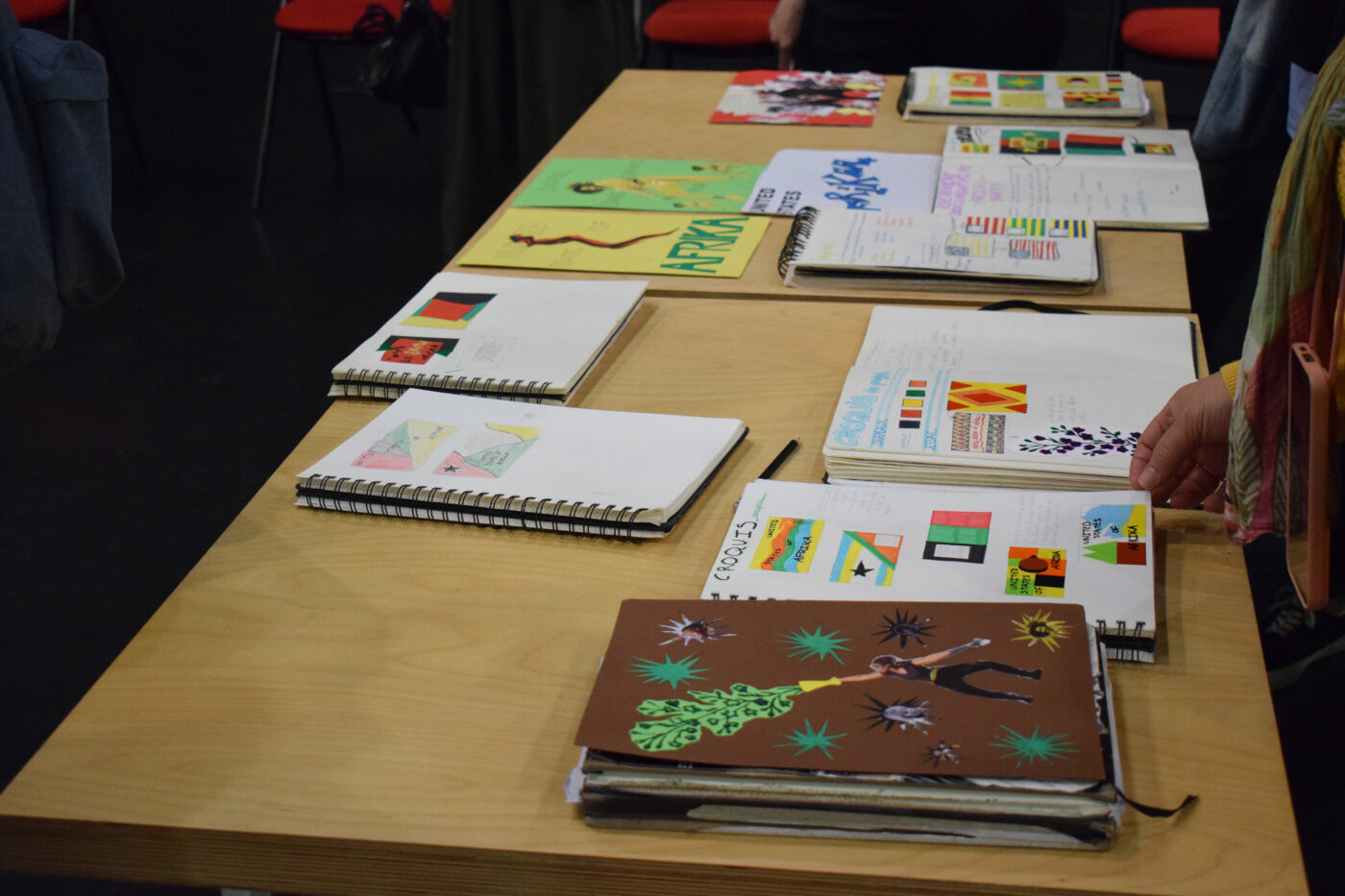
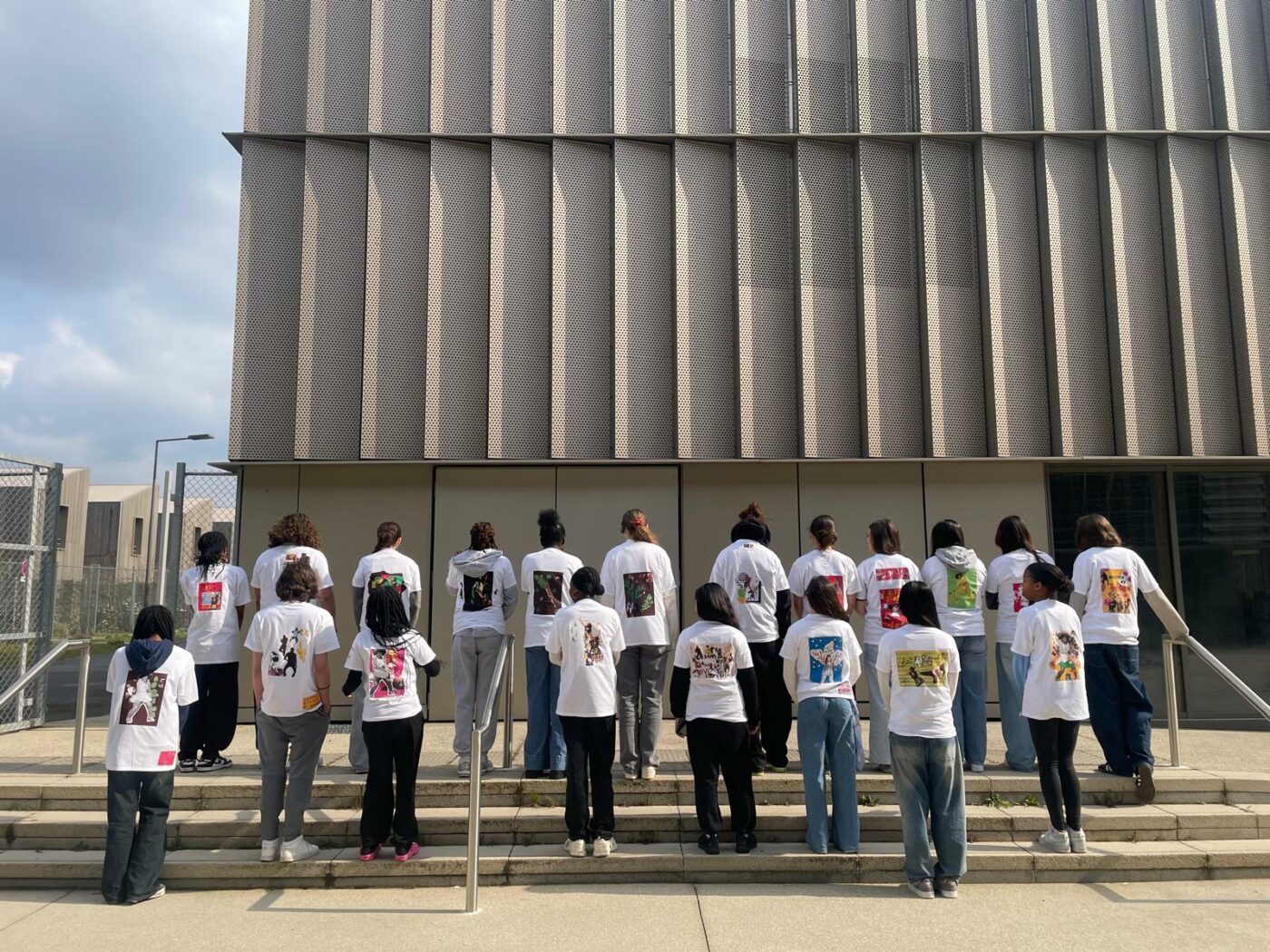
The Thick Present – Writer’s Residency for Research-Creation in Art & Science Phœbe Hadjimarkos Clarke
2024 — 2025
For the residency The Thick Present, Phœbe Hadjimarkos Clarke will undertake a writing project on fires, by weaving various narrative, poetic, political, and theoretical threads – superimposing, opposing, and intertwining them.
The starting point for this exploration is the author’s grandmother, Clara, a fire lookout in the American West during the 1940s and 1950s.
Stationed for several months alone on a mountain peak, she had to monitor the surrounding forest and alert the fire department if a fire started. At the time, the fire prevention measures stated that all fires had to be extinguished by 10 am the next day. Photographs, memories, and textual fragments have survived from this period of Clara’s life, along with a highly literary but very male imaginary: Jack Kerouac and Gary Snyder, for instance, both worked as fire lookouts and wrote about their time in the service.
Clara’s rejection of conformist and gender norms questions our (gendered) relationship to nature, to fire (from wildfires to domestic hearths), and to their intersection (must all fires be eradicated or must we learn to live with them?). Firewatches and the “zero fire” policy they operated under during the 20th century, although they might seem romantic, in fact allowed organic waste to accumulate, disrupting the area’s ecosystem, and thus strongly contributing to the current situation in the American West, where fire seasons are now year-long, and megafires, which are both a consequence and a cause of global heating, destroy millions of acres, causing long-term air and water pollution.
The Ponderosa and Douglas fir forests in the area in fact evolved alongside low-intensity natural fires, as well as controlled fires lit by Native Americans, which regularly cleansed the forests, helping them thrive and avoiding overly fierce fires.¹ When they are old enough, Ponderosa and Douglas firs can in fact survive the fire that clears the undergrowth.
Therefore, colonial attitudes and the “zero fire” policy they entailed radically disrupted both the ecosystem and a special relationship to the forest characterised by a caring attitude towards living organisms², a disruption that reaches far into the present.
The ambivalent nature of this history, and, more broadly, of fire, will inspire the writing of a novel depicting a series of investigations, whose tentacles will intertwine through pitch-thick time:
· An (auto)biographical investigation: an attempt to reconstruct Clara’s experience as a lookout in relation with the rest of her life, including a period of field investigation in Oregon;
· A scientific investigation: an overview of the current research, in order to understand the dynamics, causes, and consequences of forest fires today, leading to discussions with researchers from the Centre des politiques de la terre. How can we live with fire, an element ubiquitous in our imaginations yet absent from our daily lives, which are paradoxically sustained by fossil fires from deep time, quietly consuming the planet’s resources and liveability?
· A fictional investigation: a final section of the novel recounts the discovery of a secret pyromaniac community, which experiences fire in a utopian, joyful, and radical way – a fire at the heart of life.
By layering facts, times, and fiction, this project seeks to reveal the knottiness of our age – the Pyrocene.³
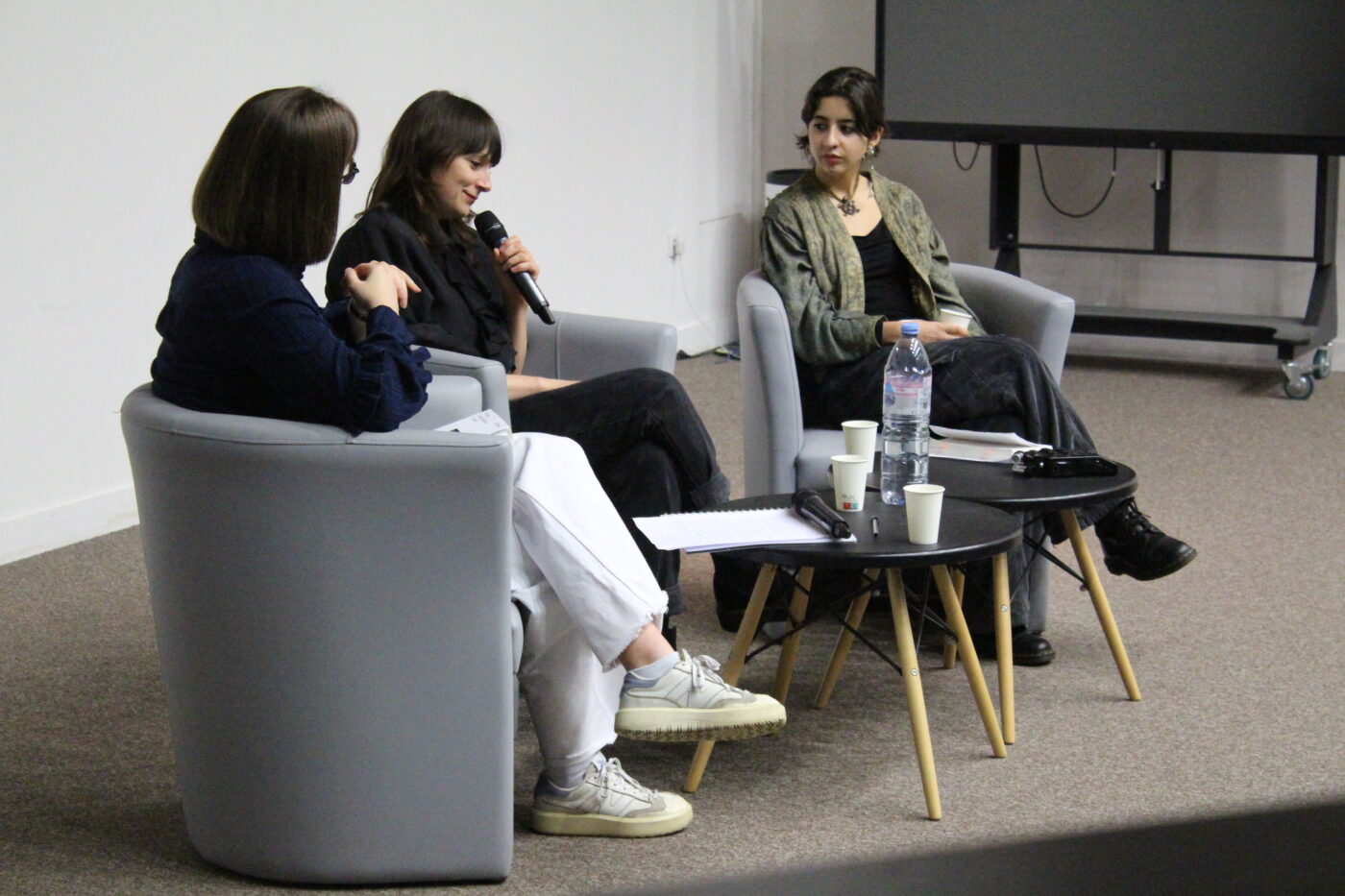
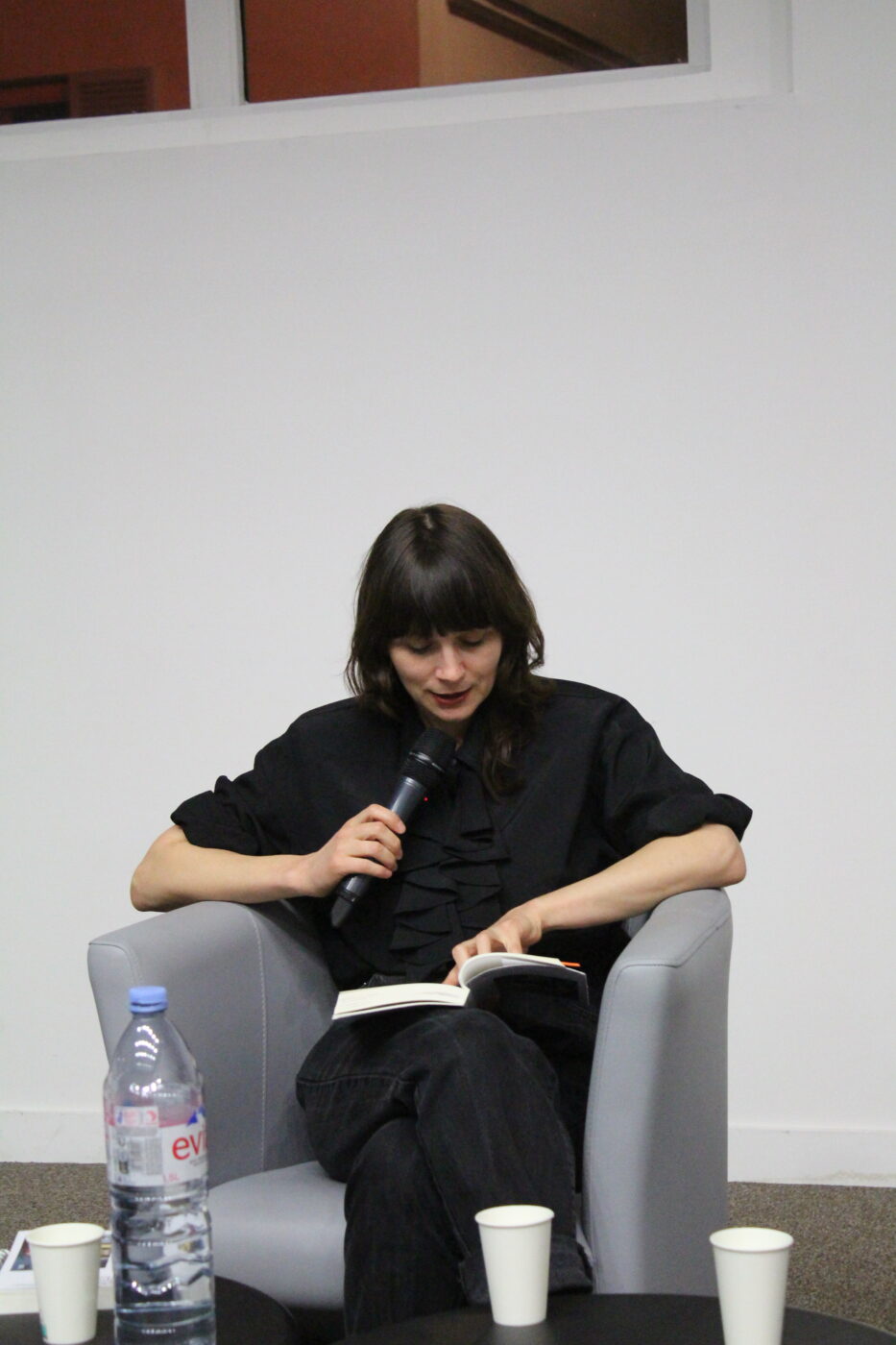
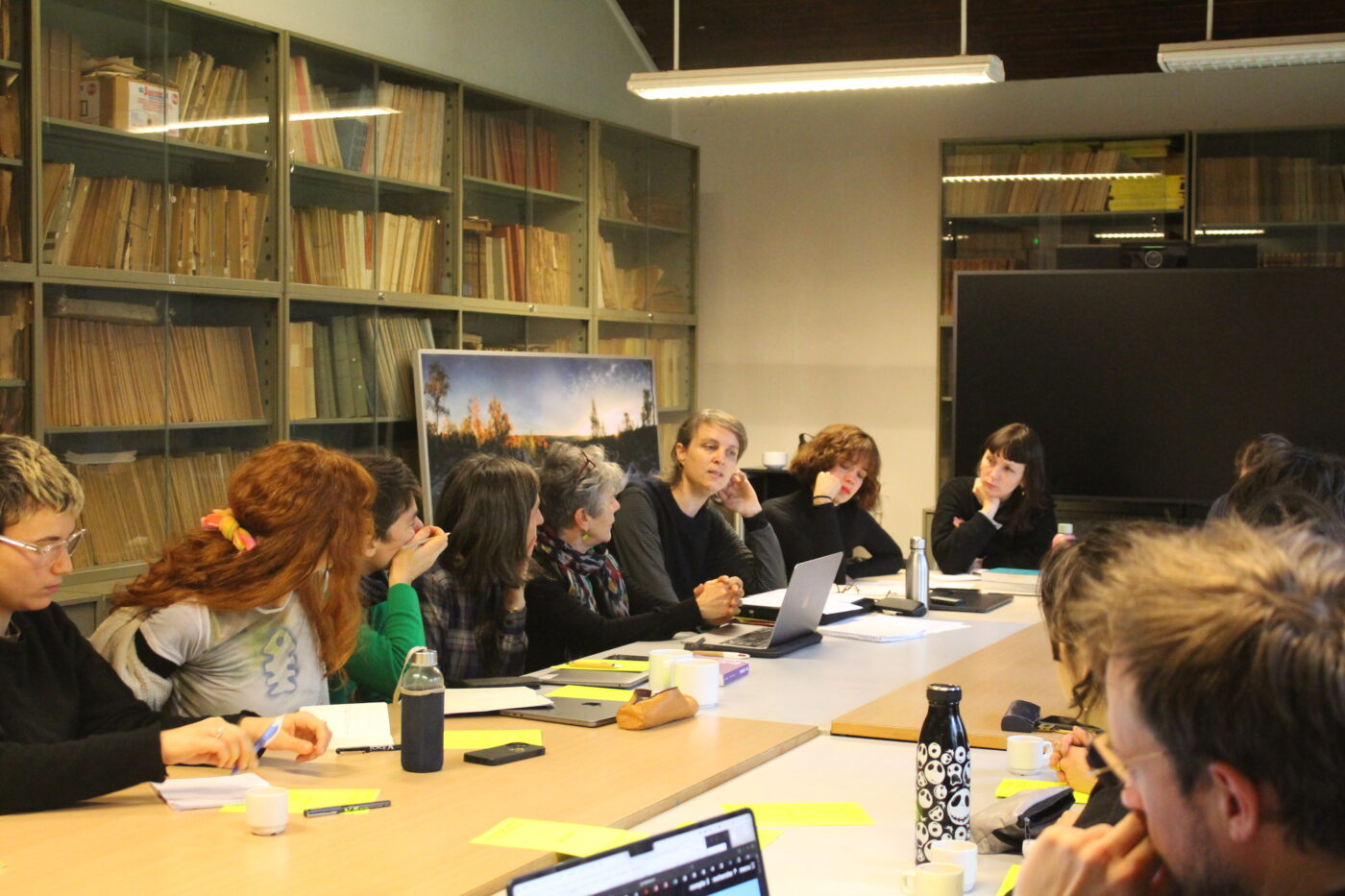
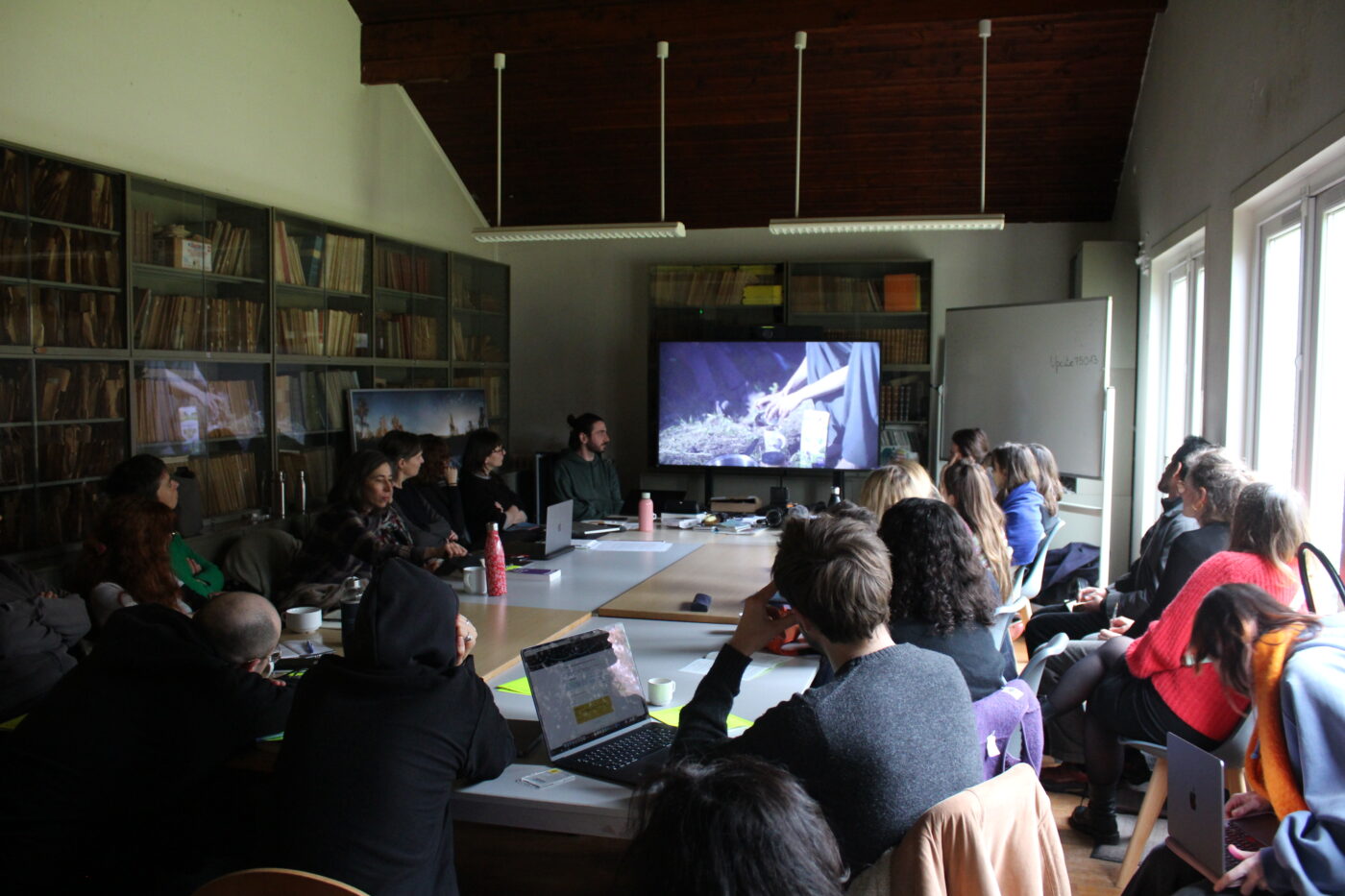
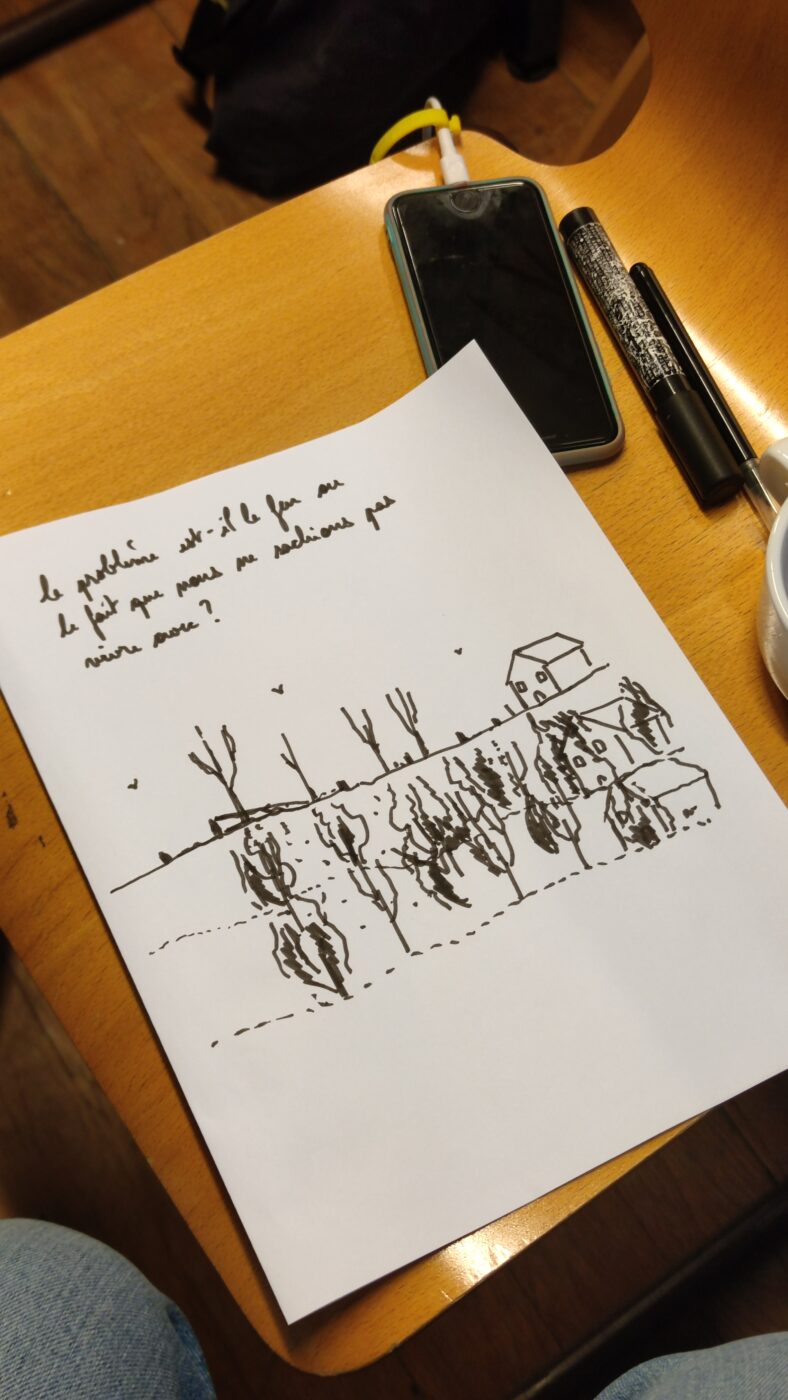
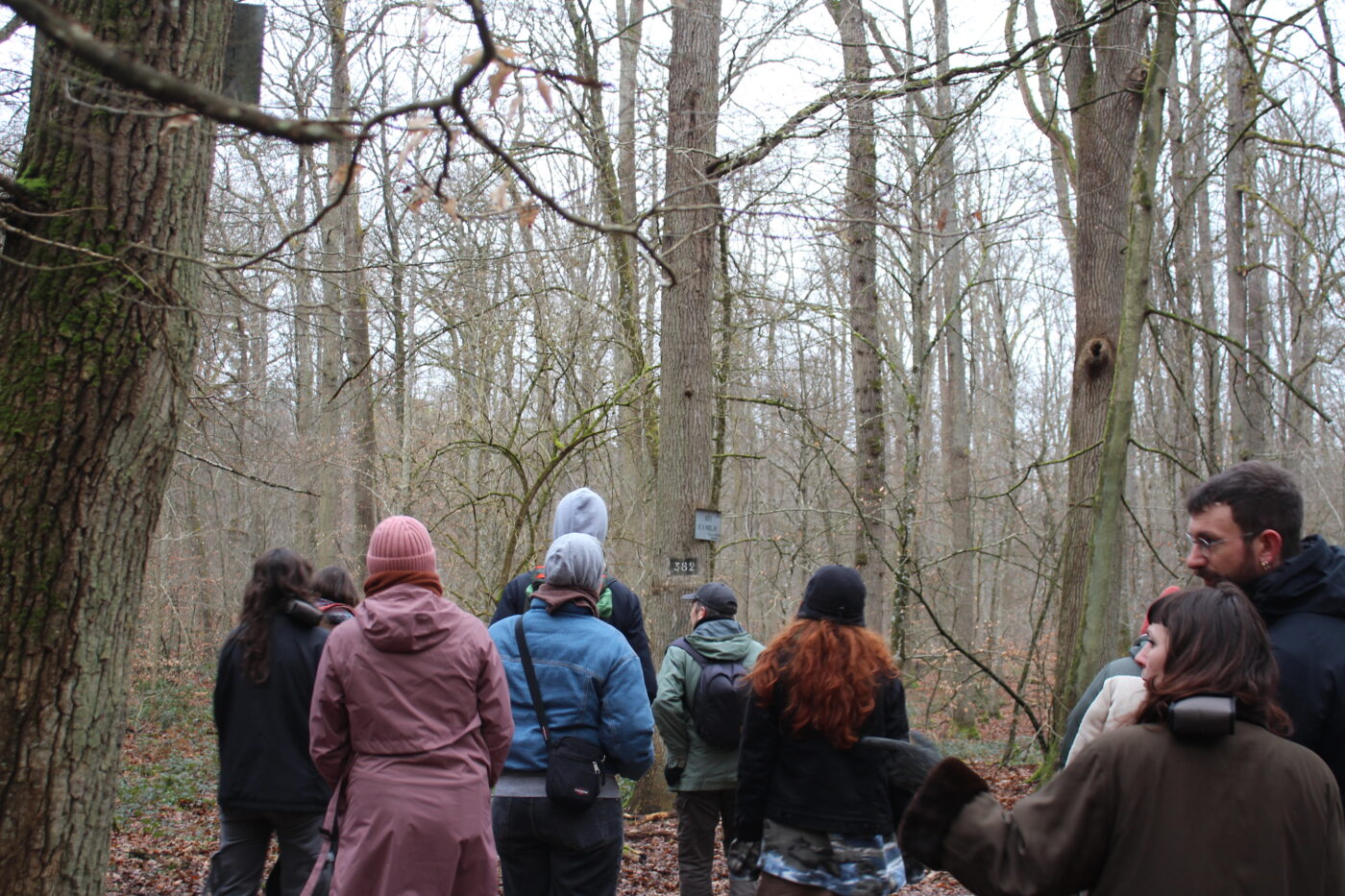
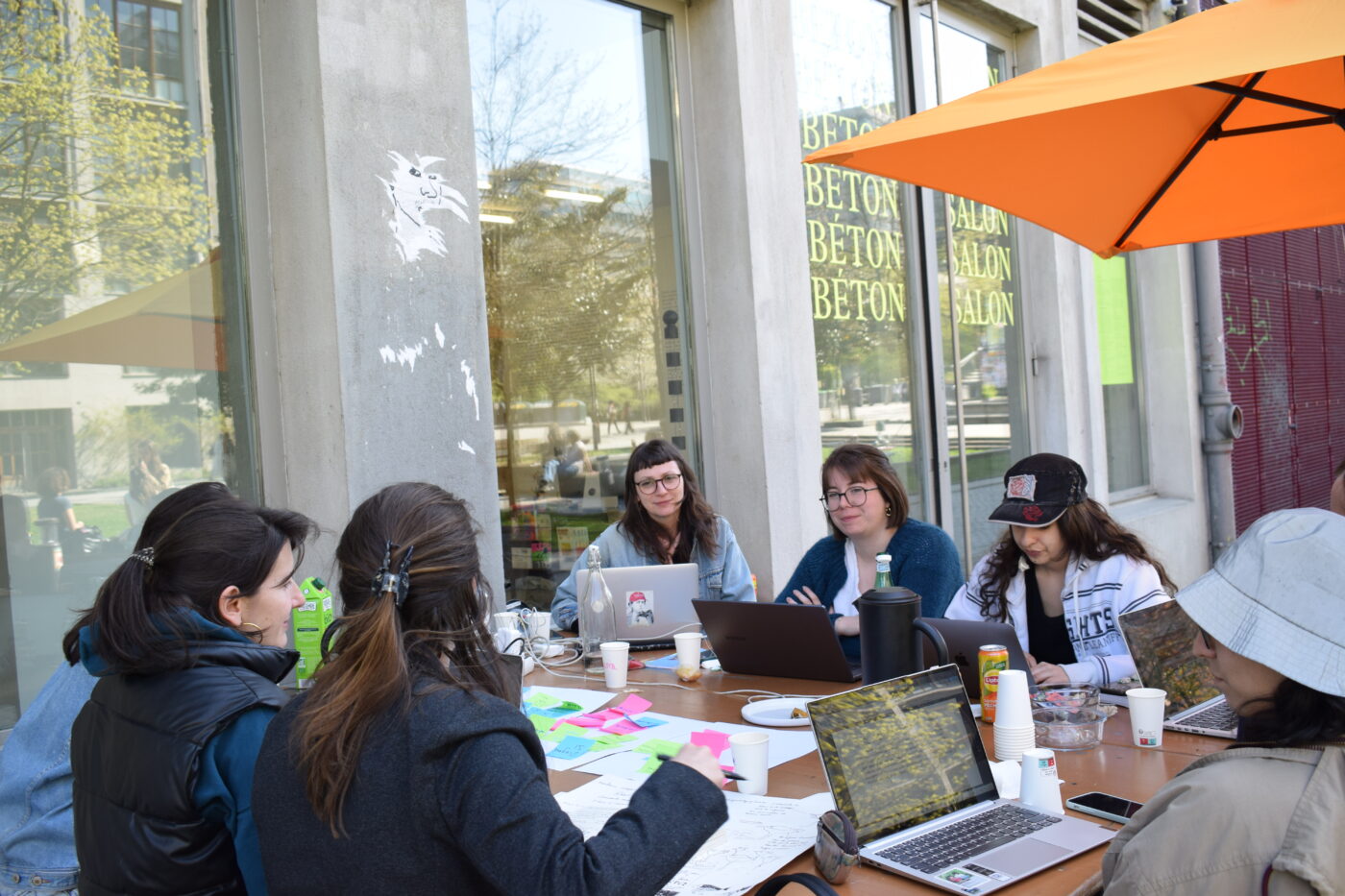
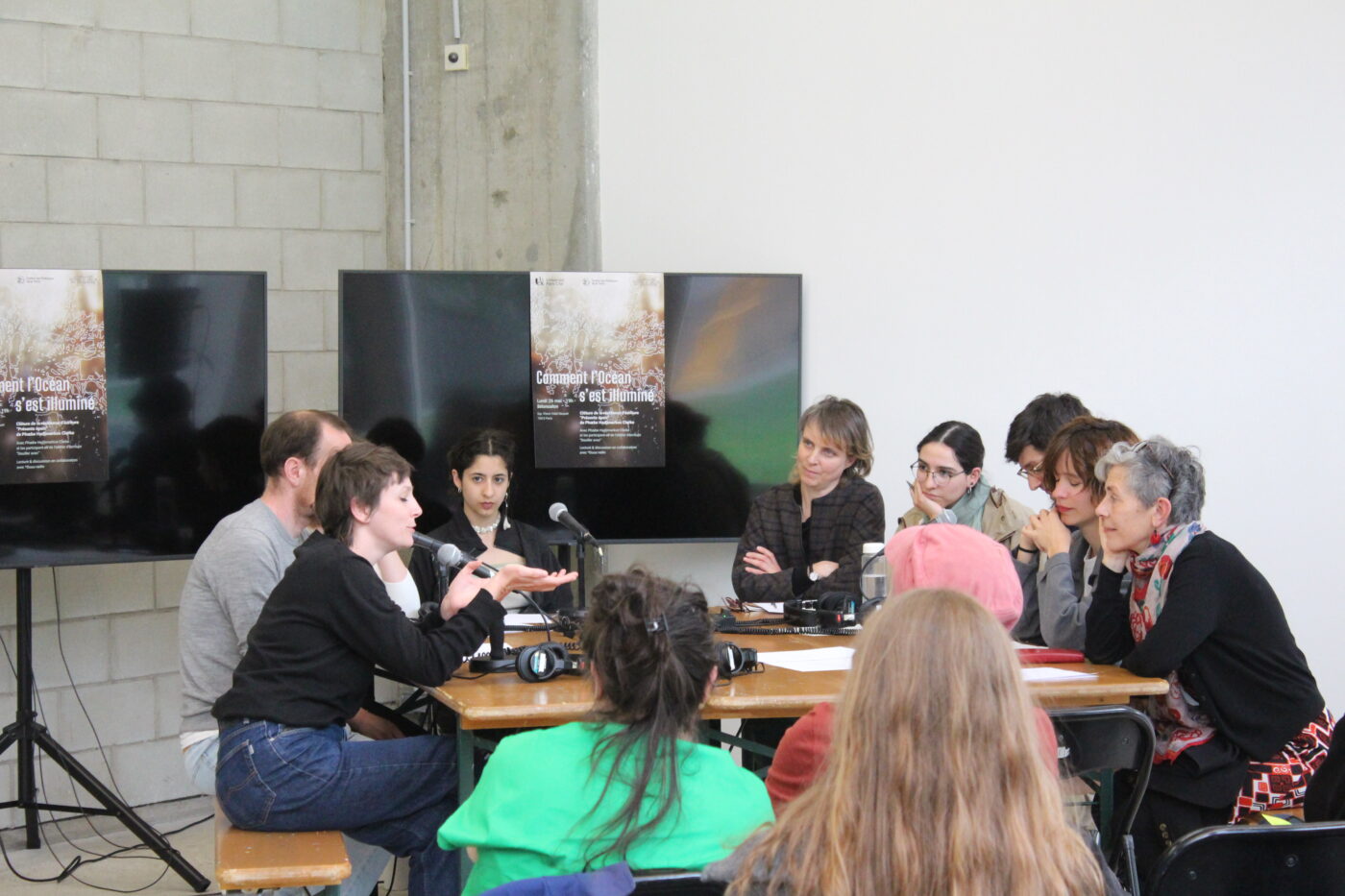
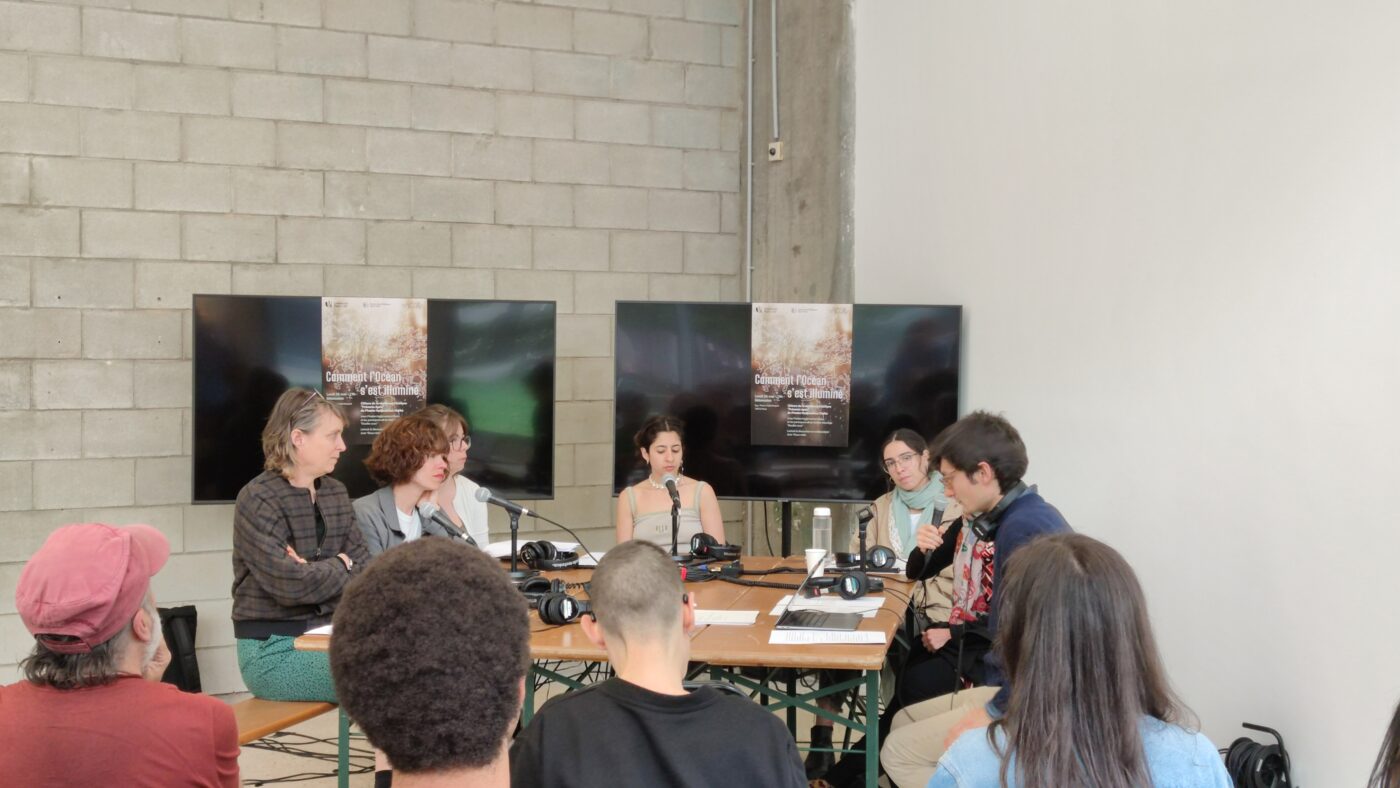
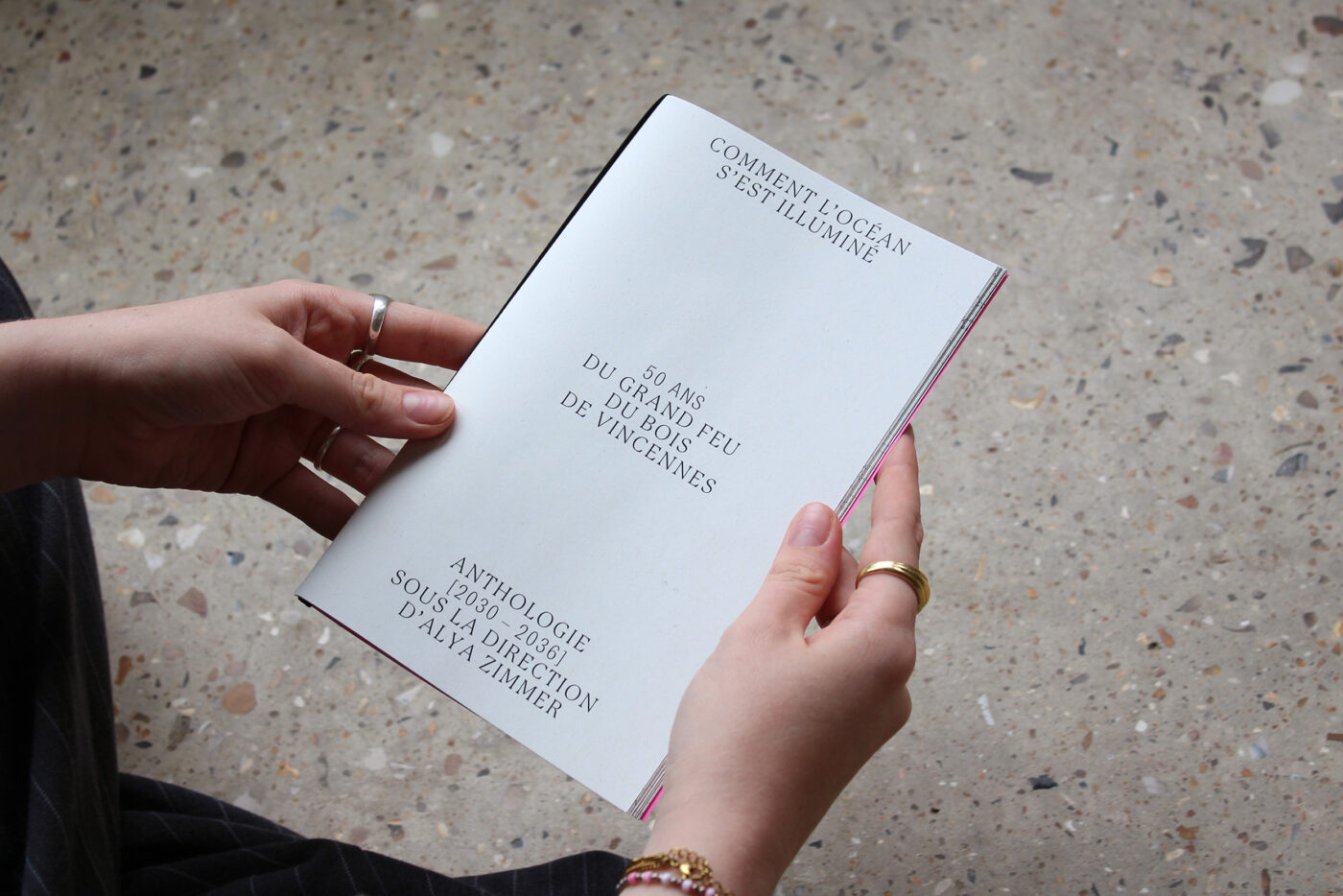
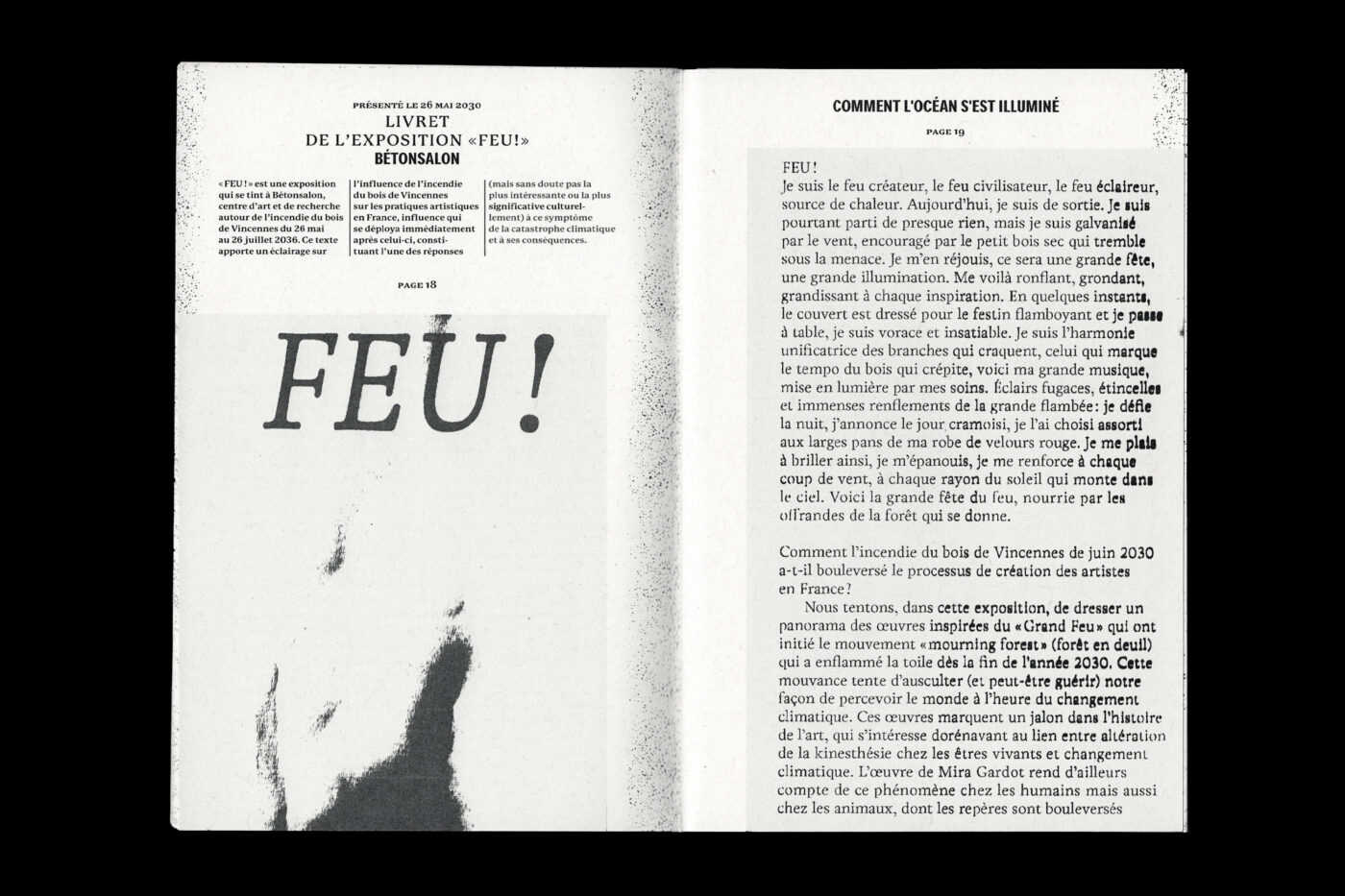
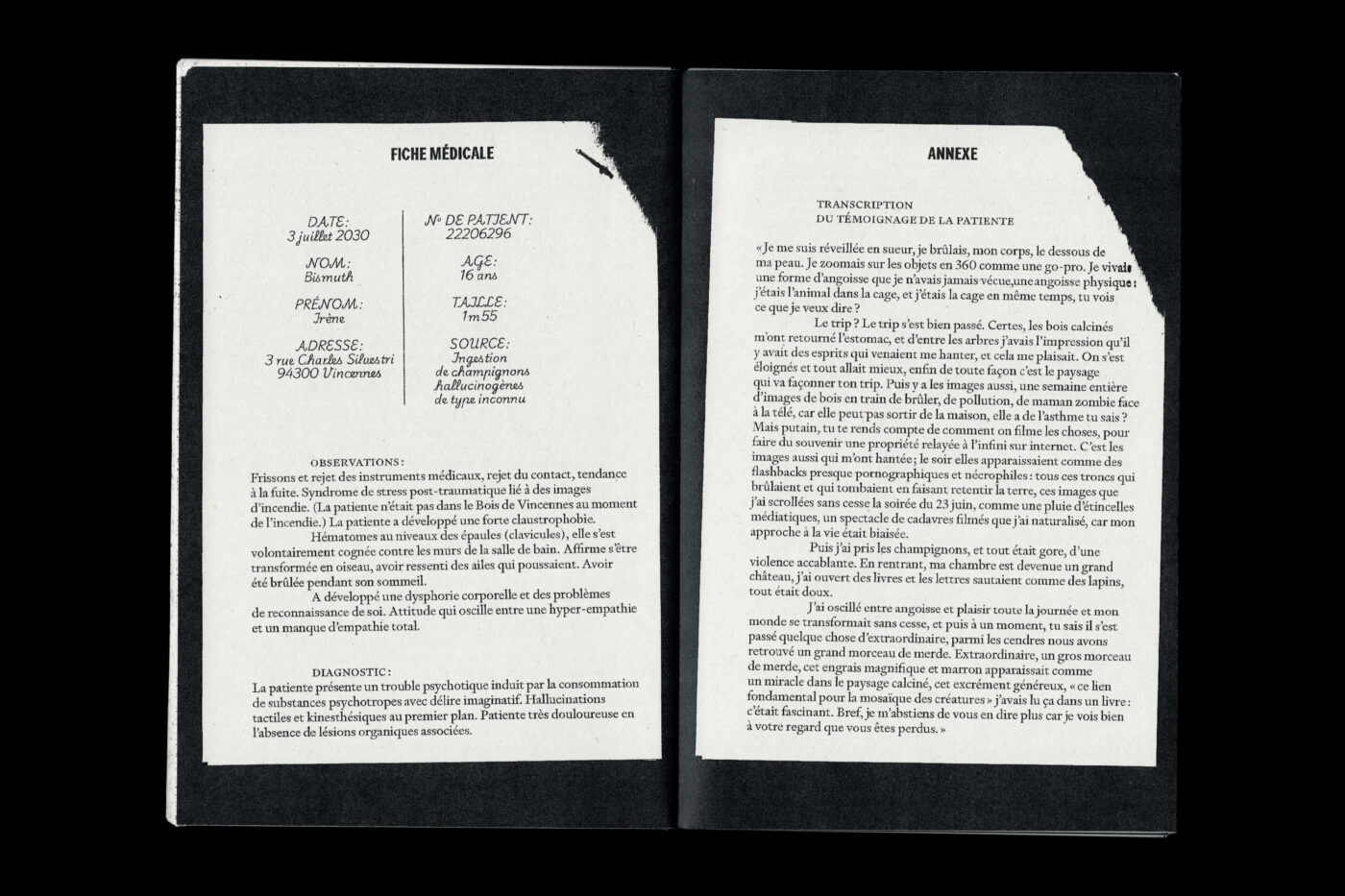
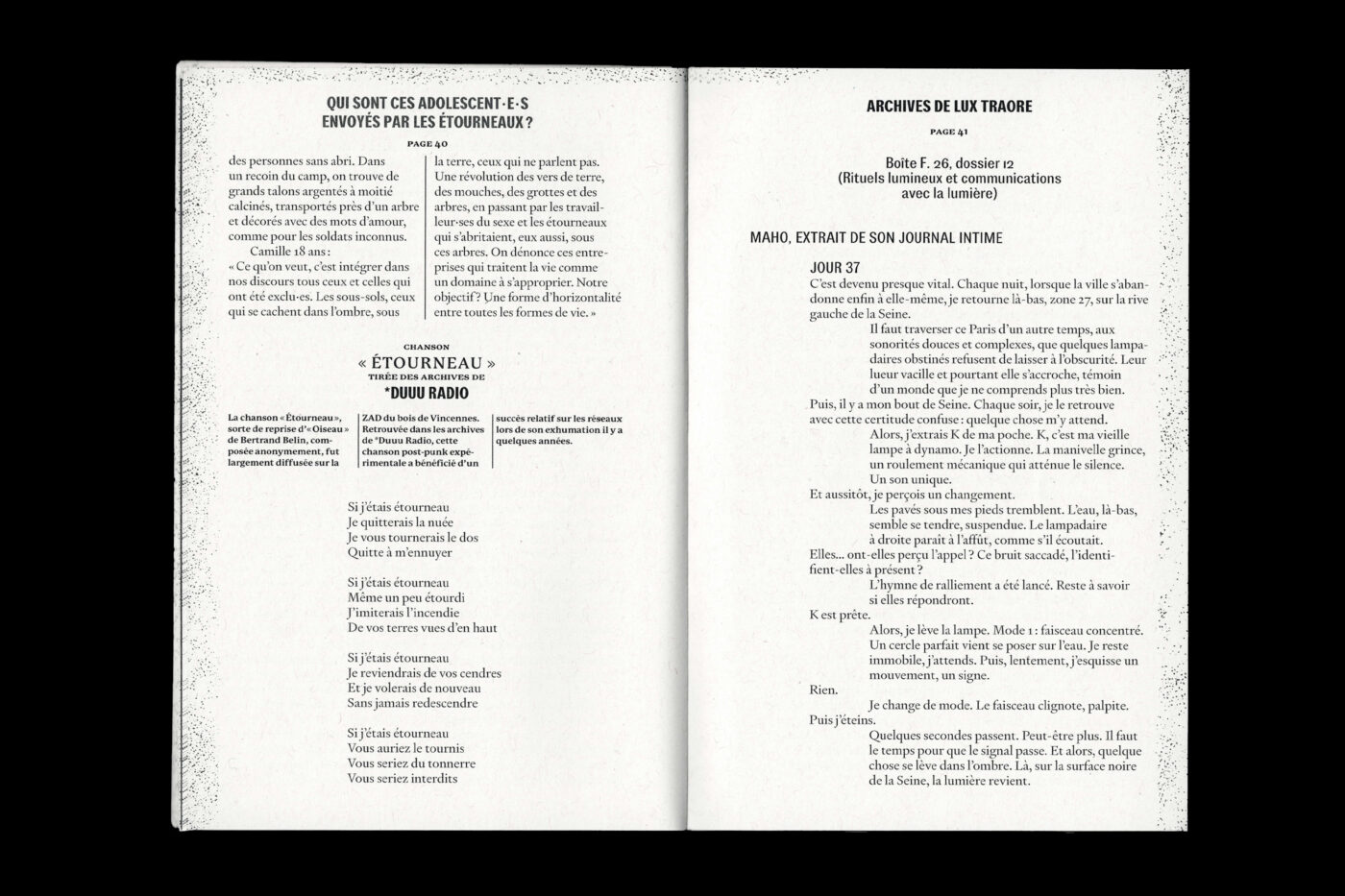
Current
Upcoming